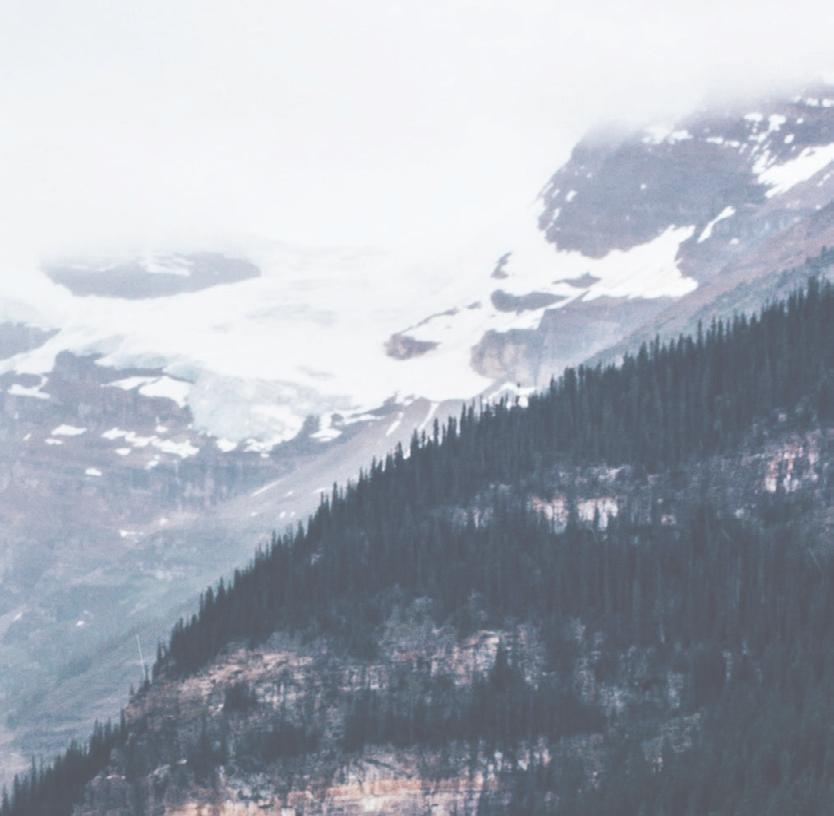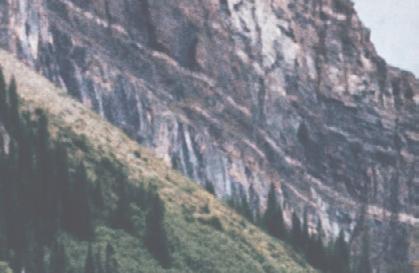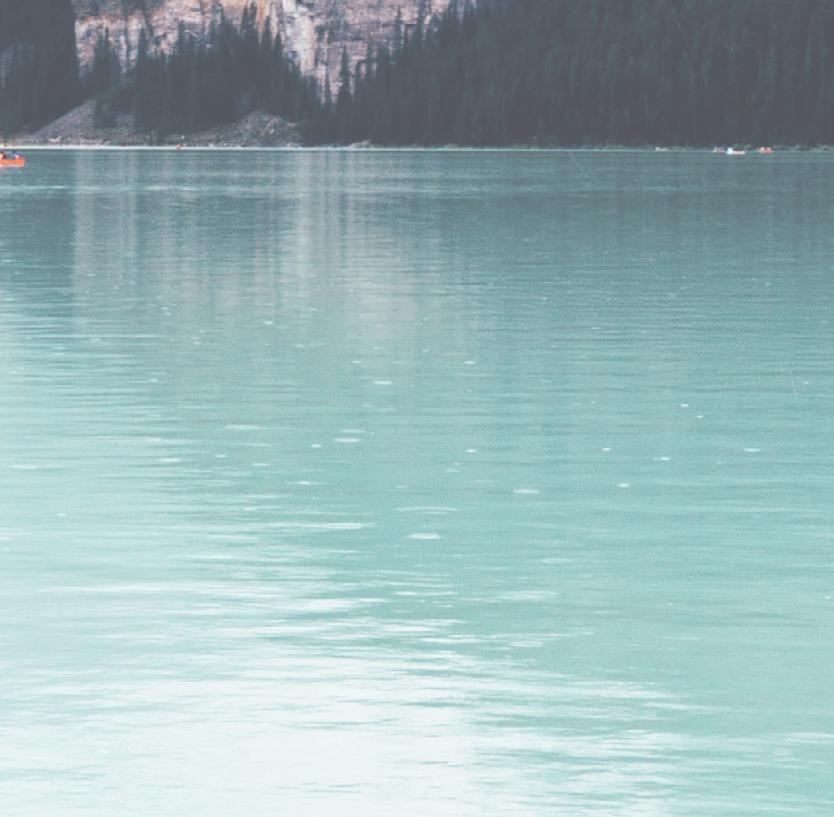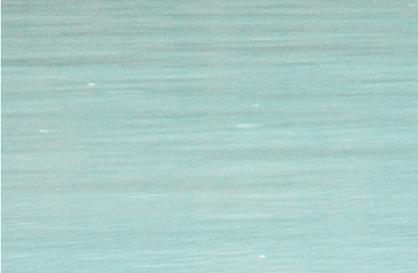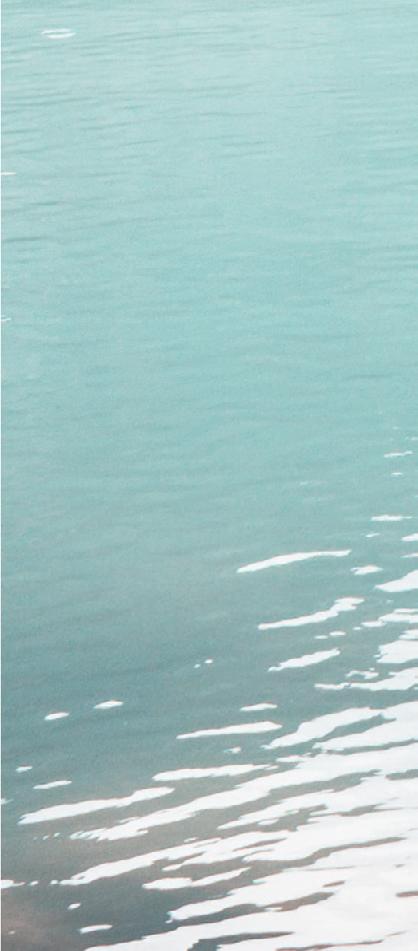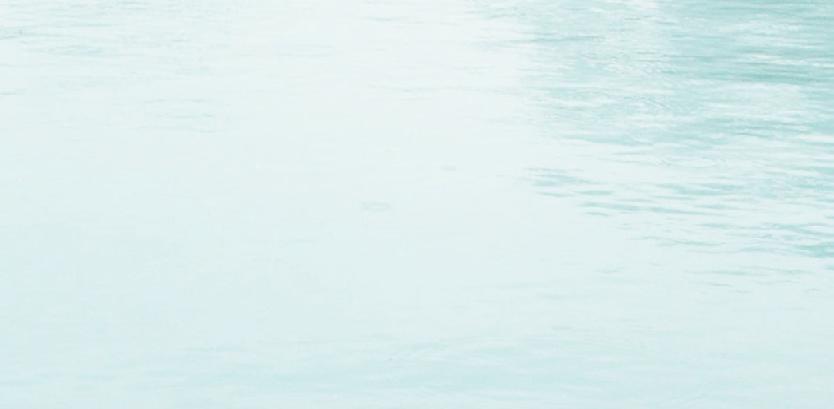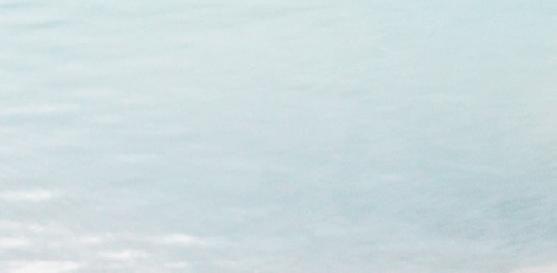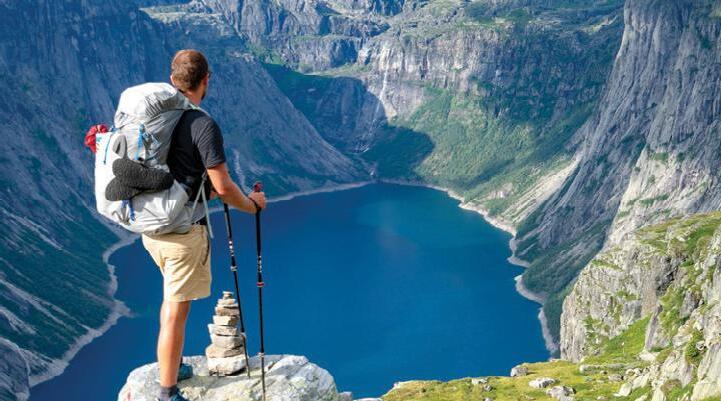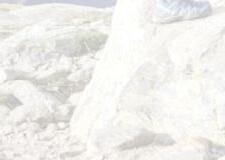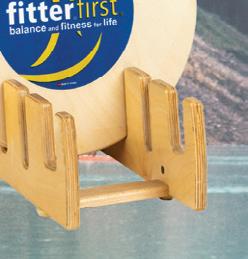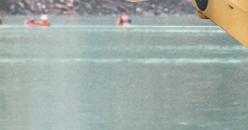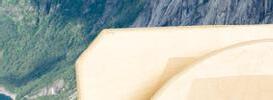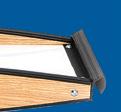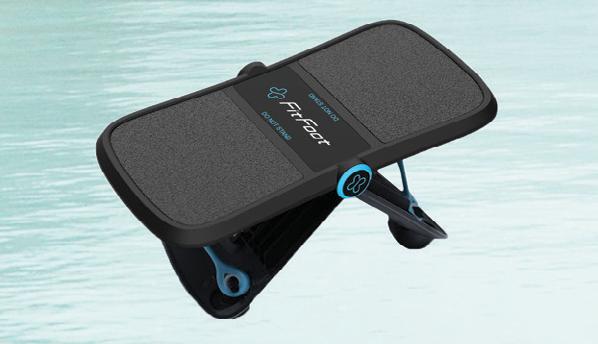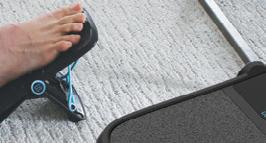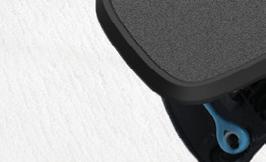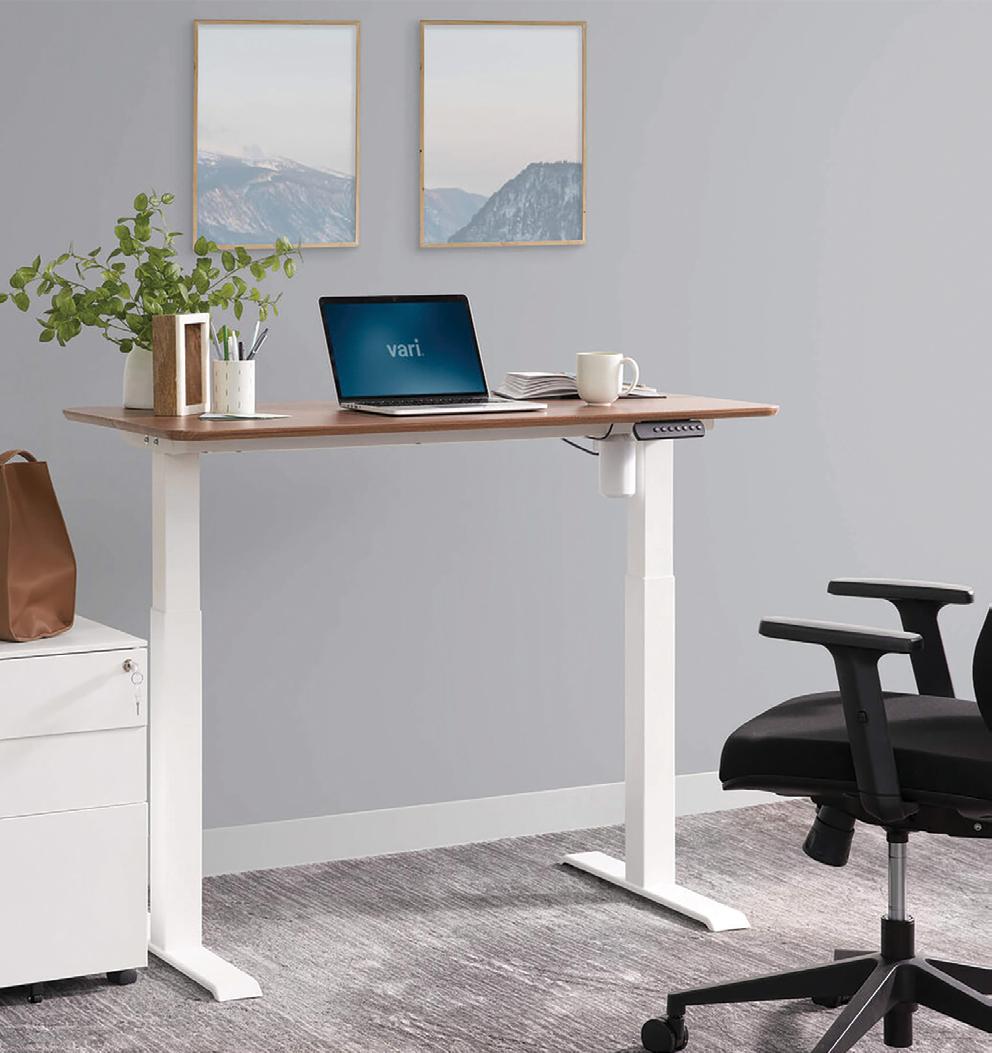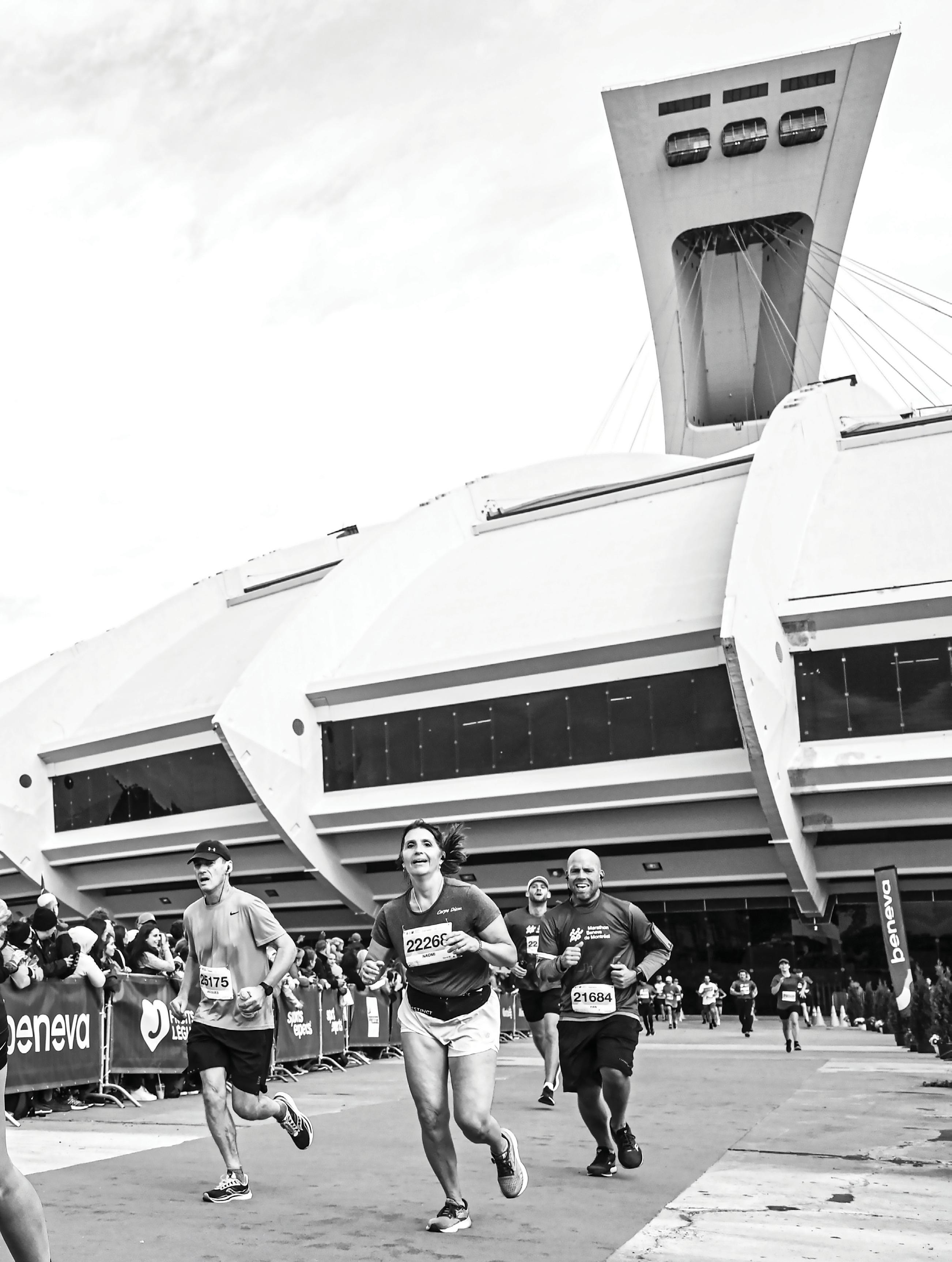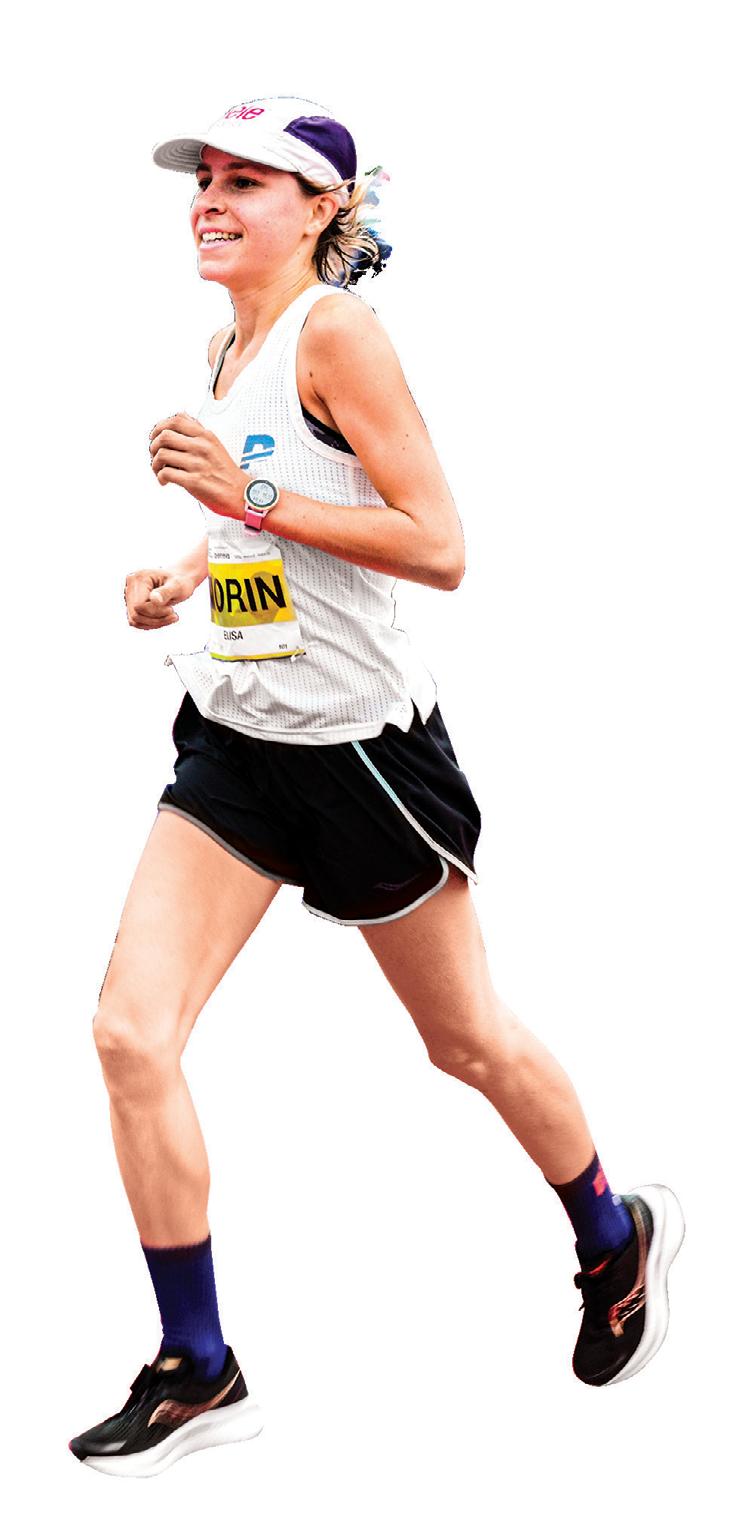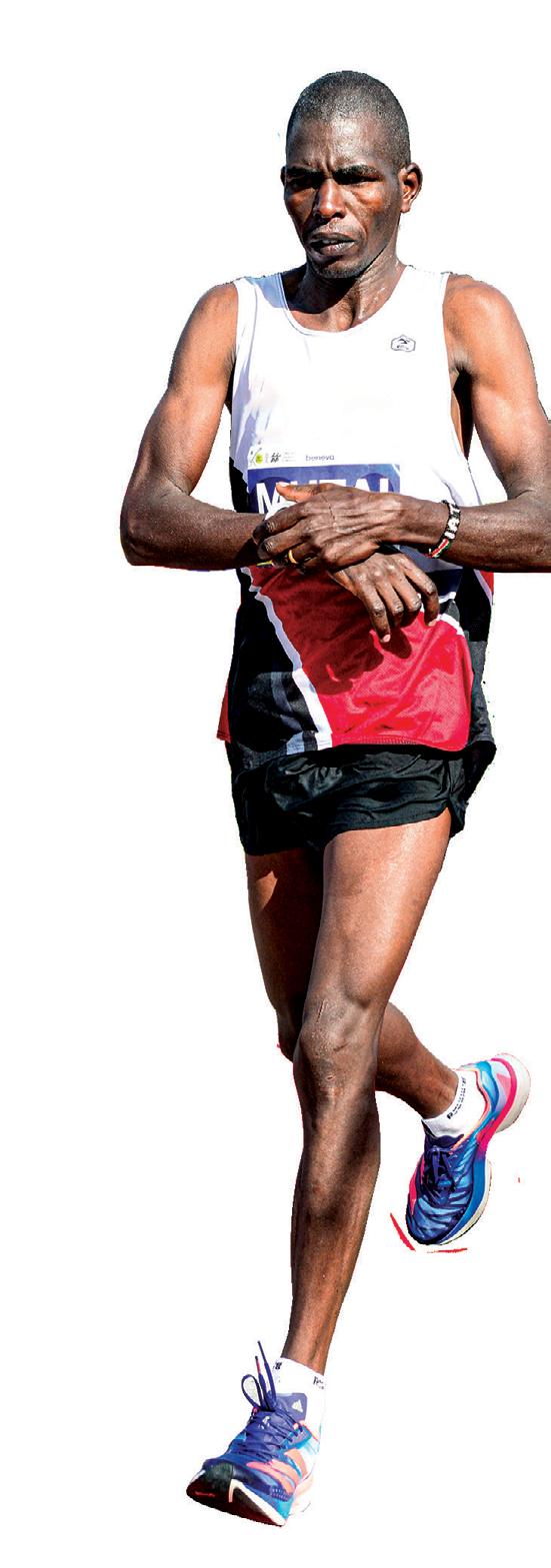PREPARE
TAKE YOUR TRAINING OUTDOORS
ATHLETES WHO WILL

MOVE YOU


PREPARE
TAKE YOUR TRAINING OUTDOORS
ATHLETES WHO WILL

MOVE YOU


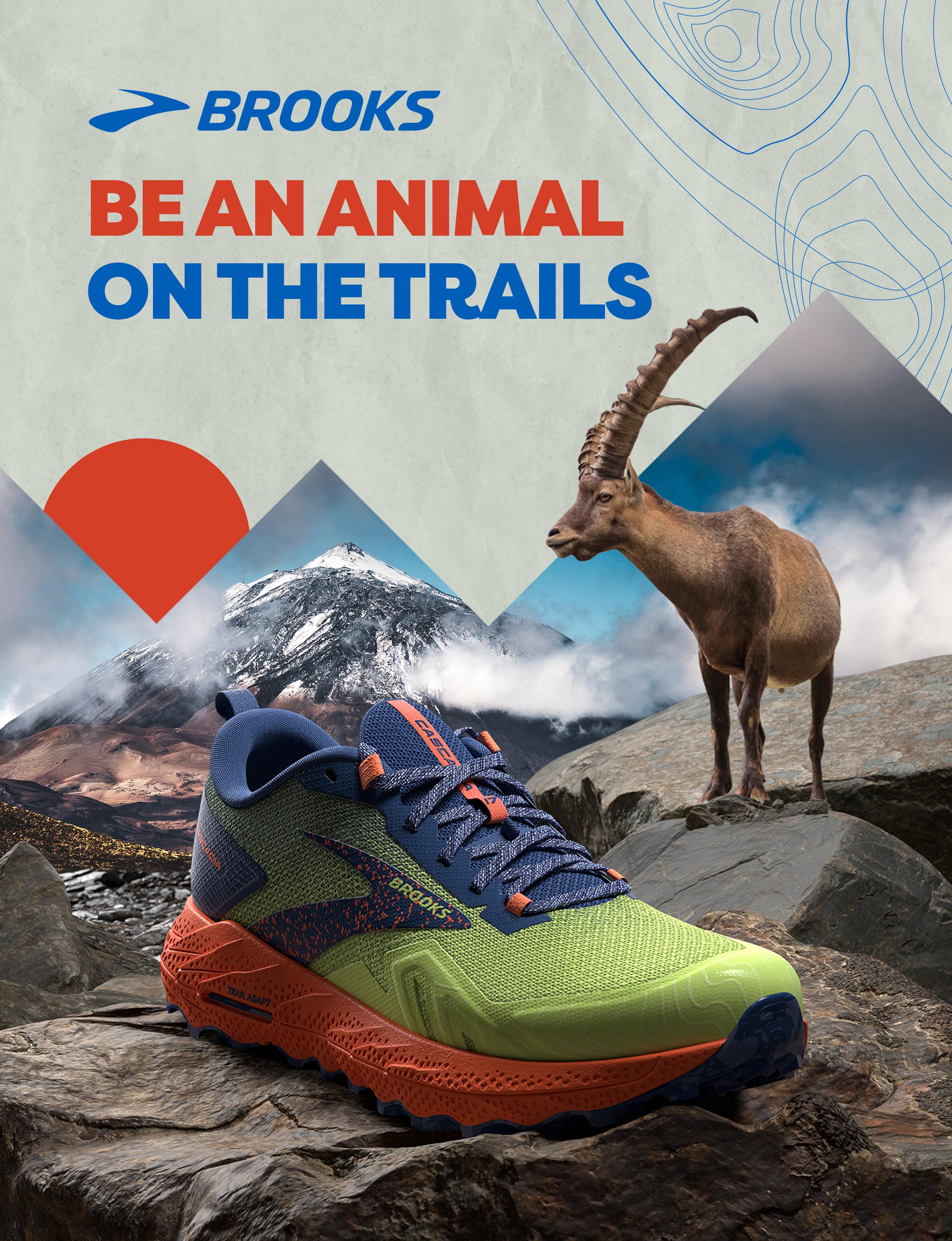
FUELED BY








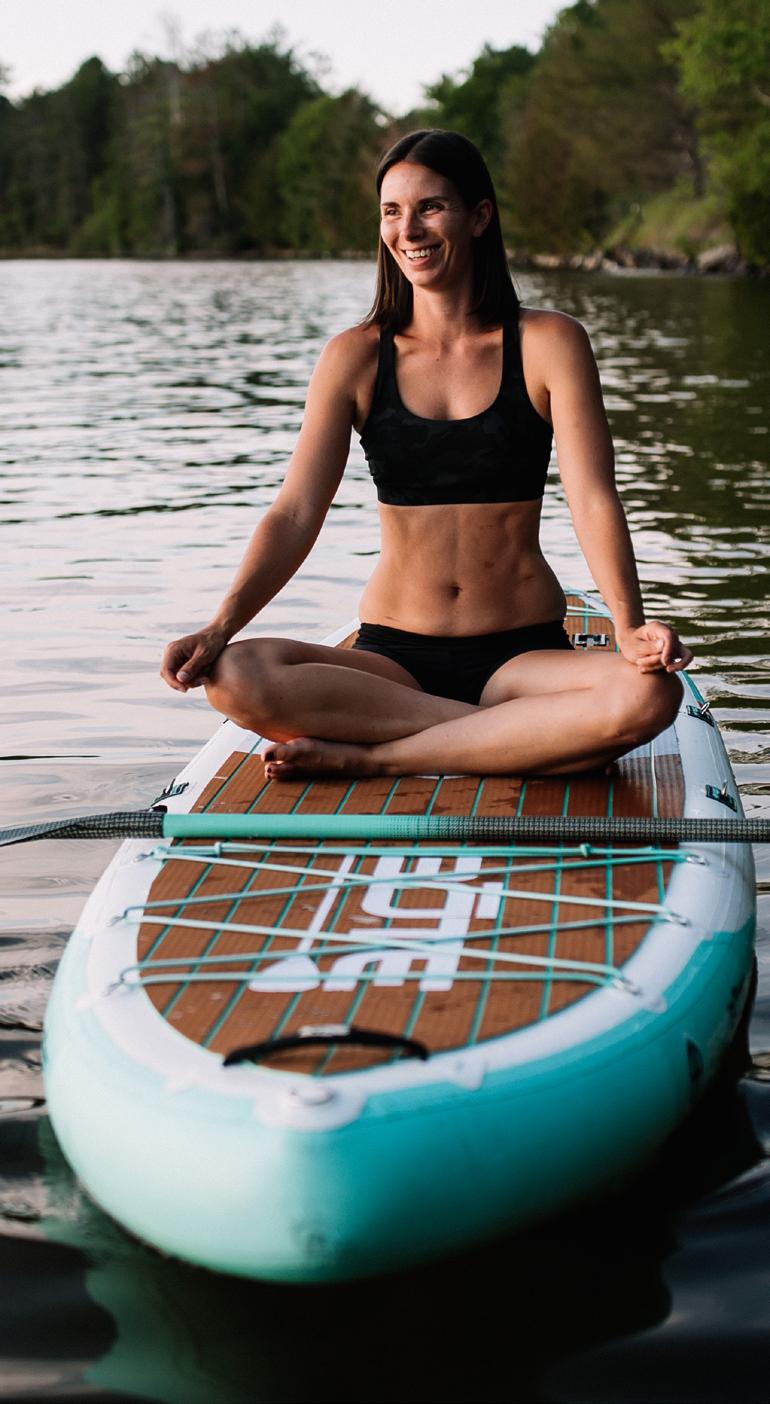
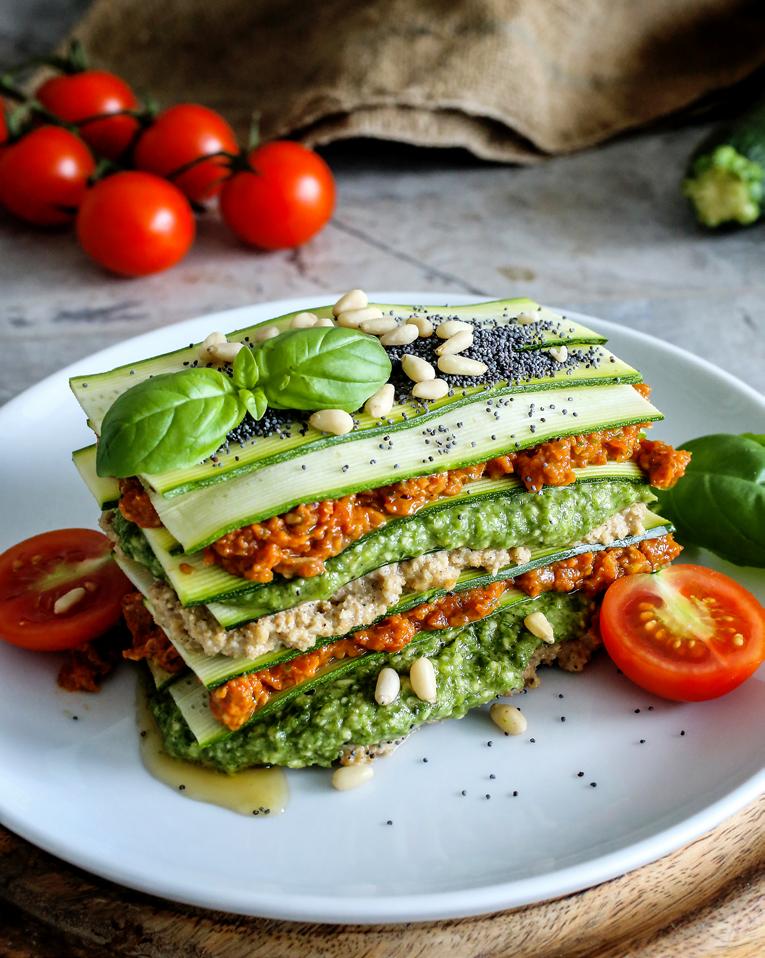

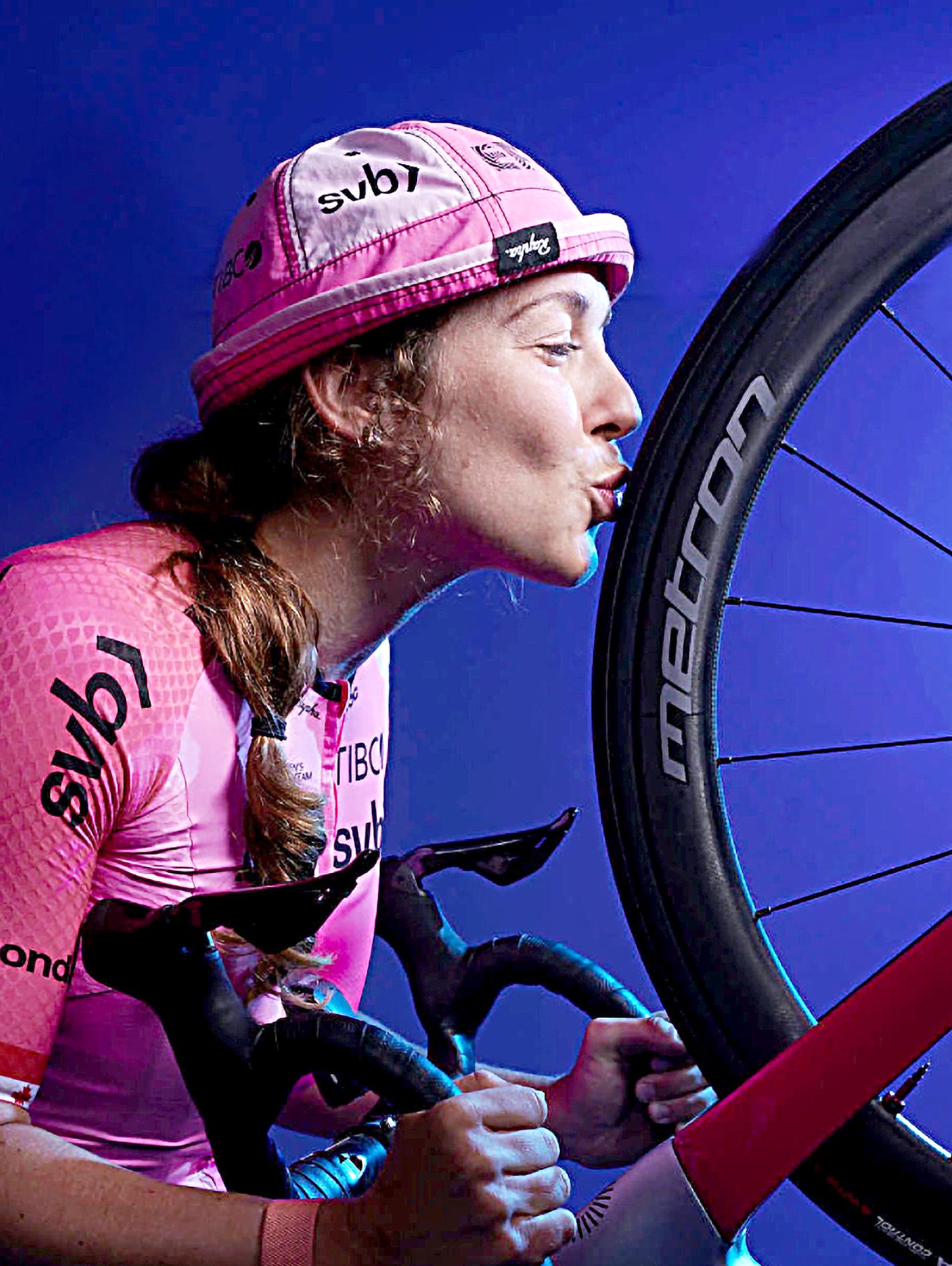

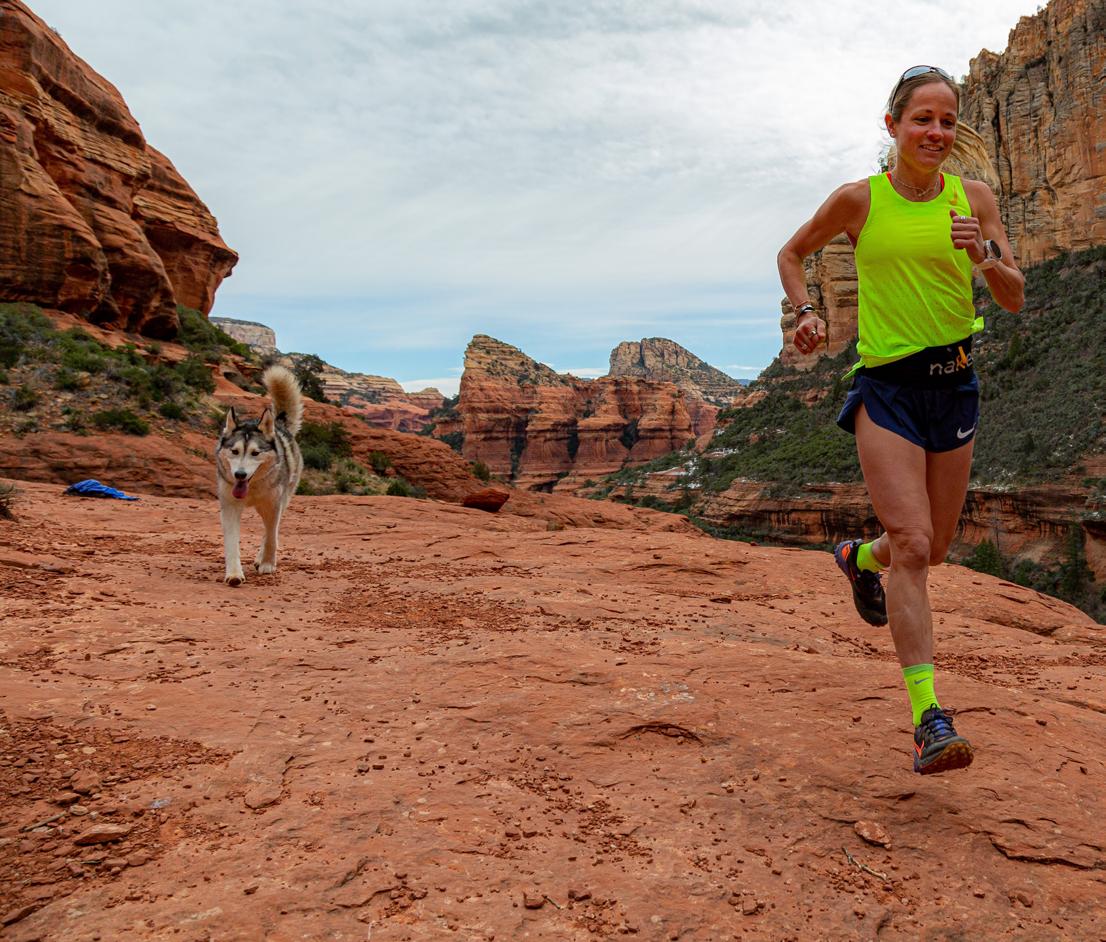

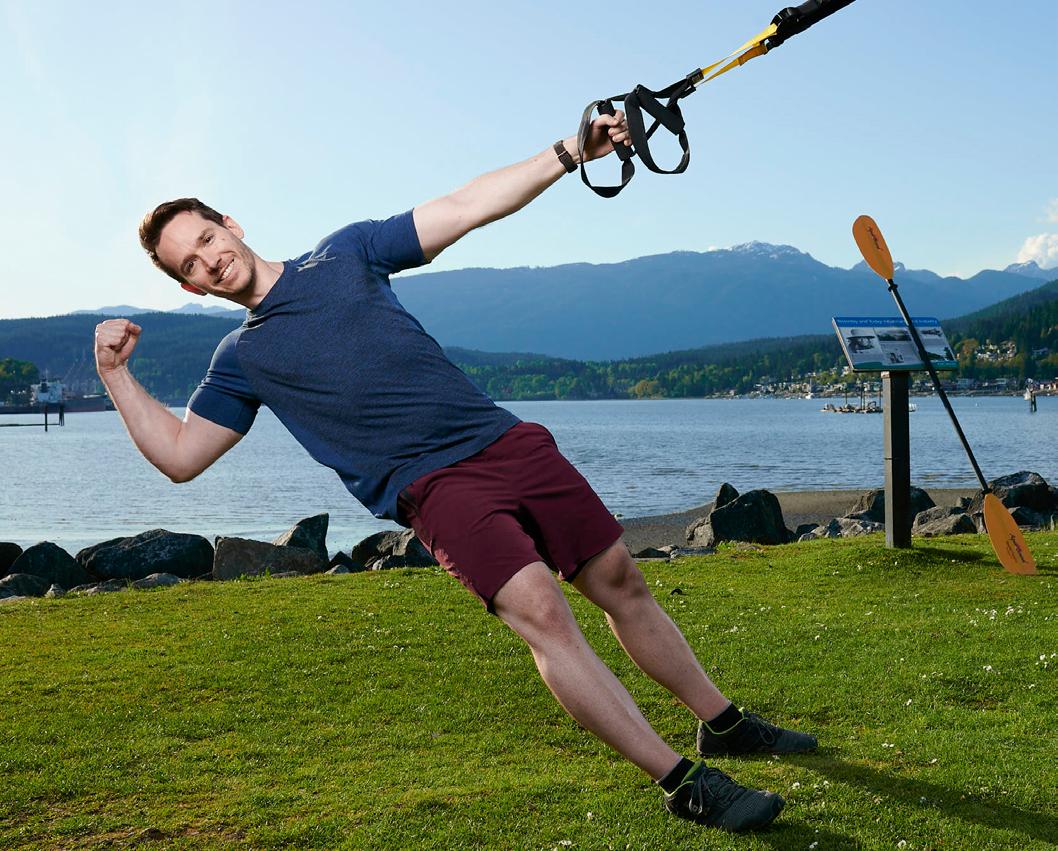
VOLUME 32, ISSUE 4
A leader in the industry, IMPACT Magazine is committed to publishing content provided by the best experts in their fields for those who aspire to higher levels of health and fitness.

PUBLISHER & EDITOR-IN-CHIEF Elaine Kupser elaine@impactmagazine.ca
GUEST EDITOR Emily Meyer emily@impactmagazine.ca
ART DIRECTION & GRAPHIC DESIGN Ana Angeles ana.a@me.com Mauricio Lozano mauricio.lozano@me.com
ASSISTANT EDITOR Emily Meyer emily@impactmagazine.ca
COPY EDITORS Tom Lundteigen Louise Hodgson-Jones corsa.communications@shaw.ca
BUSINESS DEVELOPMENT & CONTENT Erin Phelan erin@impactmagazine.ca
PARTNERSHIPS & MARKETING Rhyan Pietromonaco rhyan@impactmagazine.ca

ADVERTISING advertising@impactmagazine.ca
LEGAL COUNSEL Gregory Forrest
PRINTING Dollco Print Solutions Group
DISTRIBUTION Media Classified Streetbox Media
CONTACT IMPACT Magazine Head Office 2007 2nd St. S.W. Calgary, AB T2S 1S4 403.228.0605
SUBSCRIPTIONS
$45 for one year, or $70 for two years (includes GST) impactmagazine.ca/subscriptions
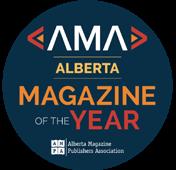
WEBSITE www.impactmagazine.ca
SOCIAL impactmagcanada impactmag impactmag ImpactMagTelevision
The opinions expressed in IMPACT Magazine are the writers’ and not necessarily those of the publication. IMPACT Magazine advises you to consult your physician if you do not follow a regular fitness program. All content is the property of IMPACT Productions Inc. and cannot be reproduced in any form without written consent of IMPACT Productions Inc. © 2023 Impact Productions Inc.
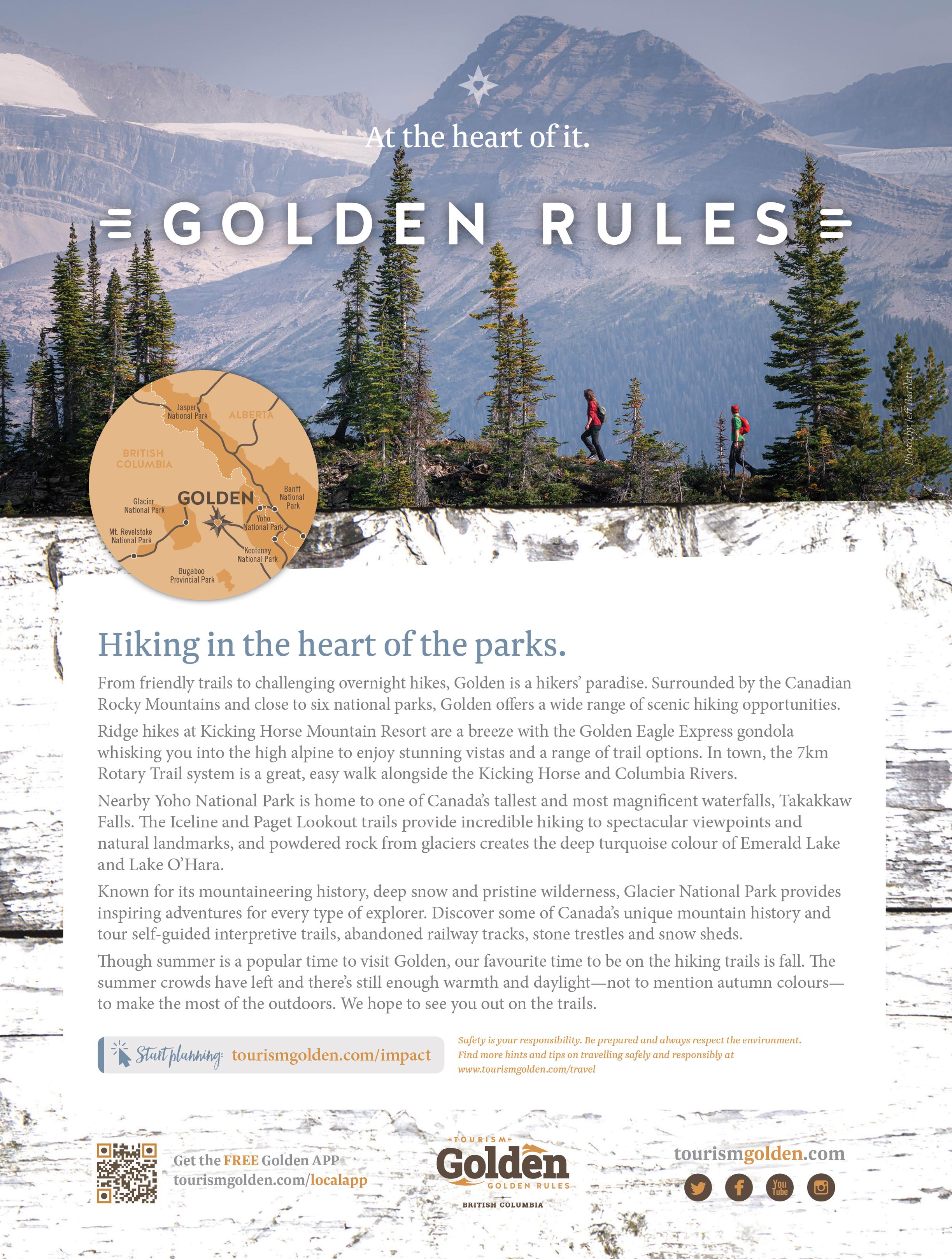

Now based in Vancouver, B.C, after getting his degree in journalism from Carleton University, Todd soon discovered his love for the photographic arts surpassed his desire to scribble news stories. Trading in his writer’s pen for a 35mm SLR back in the mid 90s, the results were positive and motivating.
TODDDUNCANSTUDIOS WWW.TDPHOTOGRAPHY.CA
You’ll find her writing, brunching with friends or trying out a new fitness class—Mikaila is a Toronto-based journalist with a passion for helping people and brands articulate their stories. Whether she is interviewing Olympians, the industry’s top influencers or everyday athletes, Mikaila finds inspiration and lessons in every story.
MIKAILAKUKURUDZA MIKAILA KUKURUDZA
VICTOR LUN
Dr. Lun practices sport and exercise medicine at the University of Calgary Sport Medicine Centre. He is the team physician for the University of Calgary Dinos football and Canadian National Long Track Speed Skating teams. He was a Canadian team physician at the 2008, 2010 and 2022 Olympic Games and 2003 Pan Am Games. WWW.SPORT-MED.UCALGARY.CA/

DOUG MCNISH
Doug is an internationally-renowned award-winning vegan chef and author of four cookbooks based in Toronto, ON. He was named one of IMPACT Magazine’s top plant-based chefs and was also awarded with the NOW Toronto Readers’ Choice Award for best chef in the city.
DOUGMCNISH CHEF DOUG MCNISH

Brittany is a professional ultra and trail runner with a 2nd place finish at the Western States Endurance Run. She has a master’s degree in occupational therapy and is a professional running coach for Peak Run Performance, in Invermere, B.C.



RUNHAPPYB WWW.PEAKRUNPERFORMANCE.COM
Located in the GTA, ON, Oksana is a travel writer, content creator, sustainable travel advocate and the Founder of an award-winning sustainable Travel Blog, Drink Tea & Travel. Together with her husband, Max, they travel the world on a mission to promote responsible travel and inspire others to make positive changes to the destinations they visit.
DRINKTEATRAVEL WWW.DRINKTEATRAVEL.COM
CONTRIBUTORS Sean Allt, Danielle Arsenault, Katy Bowman, Dan Burden, Iris Clamor, Chelsea Clarke, Julie Daniluk, Elizabeth Emery, Mark Fromberg, Luisa Giles, Danyael Halprin, Maria Koutsogiannis, Mikaila Kukurudza, Victor Lun, Doug Mcnish, Emily Meyer, Evi Oravecz, Brittany Peterson, Ocean Robbins, Jen Segger, Sandra Spencer, Oksana St John, Karley Stevenson, Jessie Thomas, Stefano Tripney, Jessica Woollard.
PHOTOGRAPHY Nicole Axworthy, Dan Burden, Allison Clark, Savannah Cummins, Dream Team Photography, Todd Duncan, Elizabeth Emery, Scott Fortner, Jonathan Hafichuk, Eric Hanson, Scott Harrald, Miguel Henriques, Eddie Kiszka, Maria Koutsogiannis, Ronald Lee, Trudie Lee, Graham McKerrell, Danielle Meredith, ©Parks Canada/Scott Munn, Evi Oravecz, Max St John, Oksana St John, Stefano Tripney, Alaska State Parks/Eric Troyer.
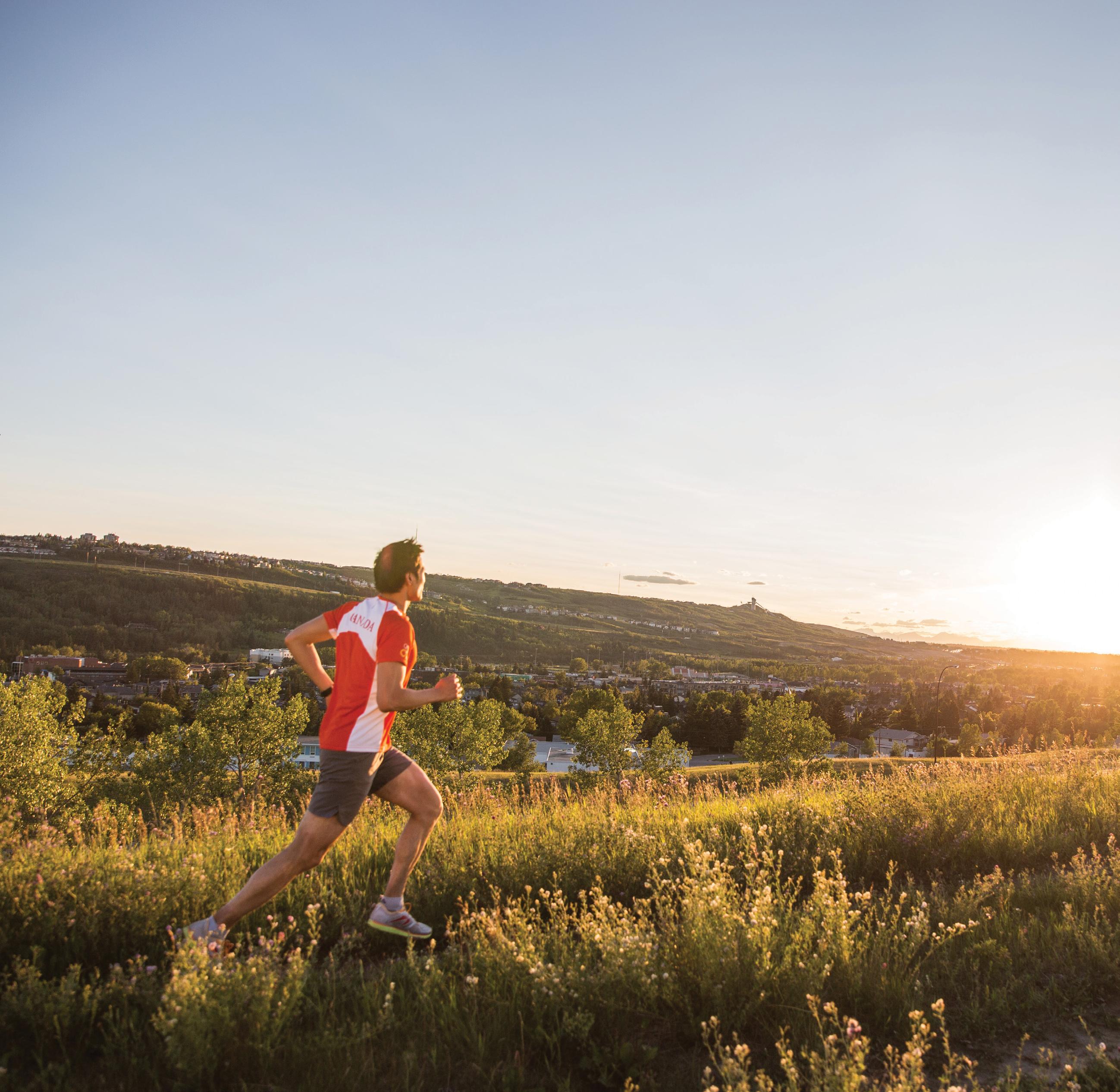
Get ready to elevate your urban living experience. Spend more time connecting with nature in our feet-first northwest community. 40 acres of lush greenspace and 12 km of integrated multi-use pathways seamlessly connect to Central Commons Park, a four-seasons retreat mindfully made for the convergence of people, entertainment and recreation. Whether you indulge in nature as part of your daily routine or like to experience community events like the U/D Night Market, U/D has it all. Come and explore what this vibrant community located west of the University of Calgary has to offer today! Your backyard is bigger than you think.
Visit myuniversitydistrict.ca to learn more.
Kupser, Publisher & Editor-In-Chief elaine@impactmagazine.ca
Our Summer Outdoor & Travel issue has arrived and we’re changing things up a little to inspire you to get outdoors while the days are long and the temperatures are rising!
We’re thrilled to offer you our exceptional cover story featuring Alison Jackson, from Vermilion, Alberta who recently won the 2023 Paris-Roubaix Femmes—a difficult one-day, 145 km course over slick, cobbled farm roads in northern France. This 2023 Canadian champion is the only North American, man or woman, to ever win this race. Alison has also become a Tik Tok and Instagram sensation for her trademark dance reels and videos. We fell in love with this remarkable young woman’s story and know you will too.
Speaking of remarkable ... enter Matthew Devine. I met Matthew earlier this year after becoming aware of his plan to ride 13,000 kilometres across Canada. His efforts are to raise funds for You Can Ride 2, an organization that provides adaptive cycling opportunities for children with disabilities. With his wife Nicole by his side faithfully manning the support vehicle, Matthew began his epic and ambitious journey on May 20th in Halifax. He has faced harrowing weather and road conditions from the start, and Matthew quickly realized he was in for the
ride of his life. Although mental and physical fatigue takes its toll when riding upwards of 180 kilometres every day, at the time of publication, Matthew and Nicole were on day 42 of their journey with over 6,500 kilometres behind them. You can support and follow their daily updates and donate to the Quikcard Ride For Change at @devinetransformation.
O n top of all that, the pages of this issue boast even more inspiring athlete stories, and our features on hiking, running, swimming, SUP yoga plus two outstanding outdoor workouts from our Canada’s Top Fitness Trainers will have you preparing for your next (or first!) adventure in the great outdoors.
This issue also includes expert travel tips for the athlete, the world’s greatest hiking destinations (the full 14-page feature is available online), and an enticing look at how one couple explored the vastness of Canada by campervan.
Lastly, no IMPACT issue would be complete without a feast of delicious plantbased inspiration to keep you well fuelled during your outdoor pursuits. There is plenty of that here and exclusively online at impactmagazine.ca.
We are honored to help you live your best, most active Summer 2023. Embrace the rejuvenation that summer brings!
Didn’t get your hands on a favourite edition of IMPACT? Or maybe your best friend secretly borrowed it from you? No worries. Subscribe to our FREE newsletter and digital edition online at www.impactmagazine.ca.


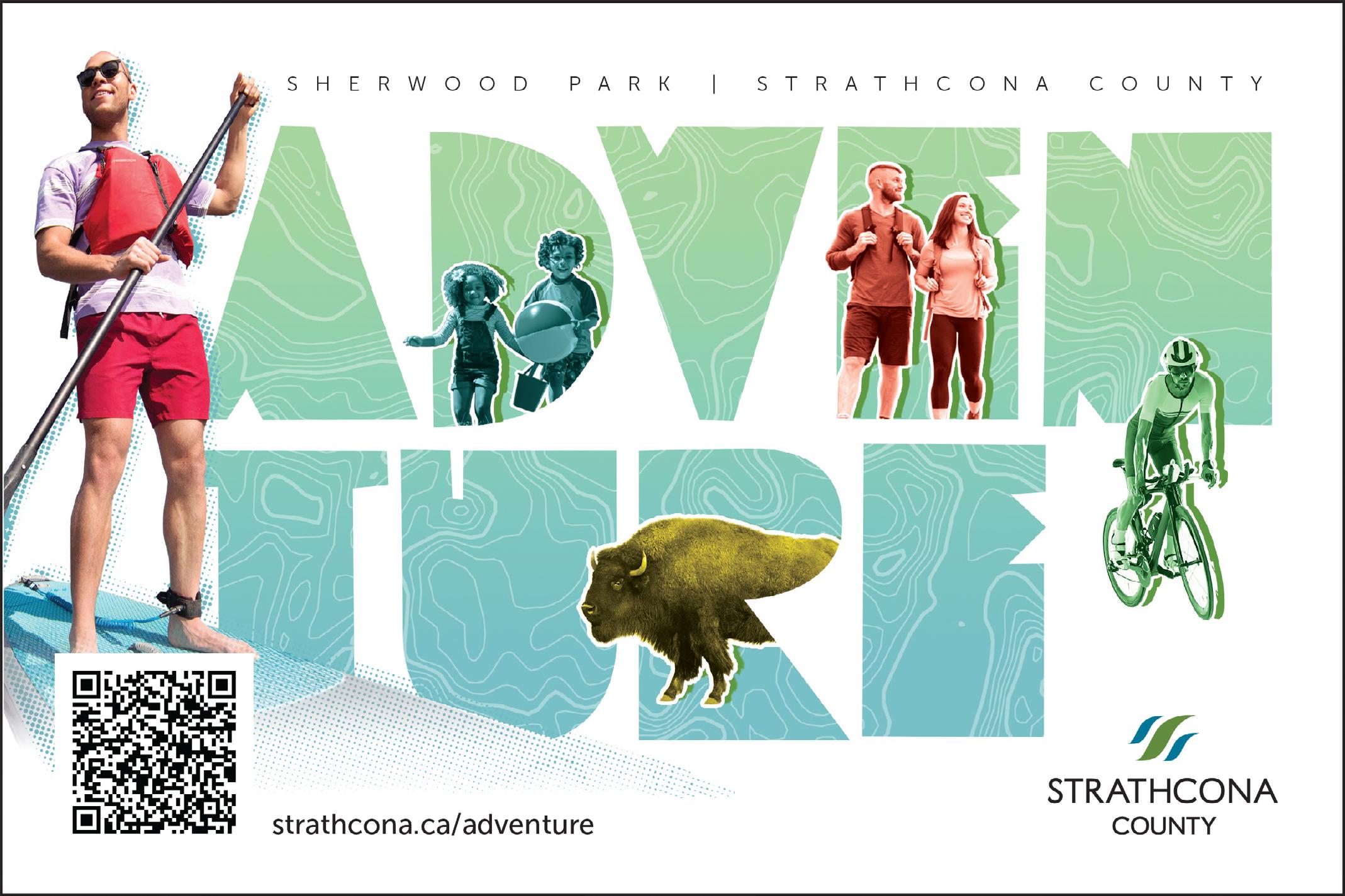
If hiking British Columbia’s West Coast Trail over a week isn’t adventure enough, Calgary’s intrepid runners Ian Dyck and Trevor Baine added another dimension to their bucket list— run it in less than 24 hours.
Emboldened by others before them, the friends were excited to tackle the challenge having accumulated many kilometres to date. Baine has been running marathons and ultras for the past 15 years, and Dyck has run seven road marathons and two trail.
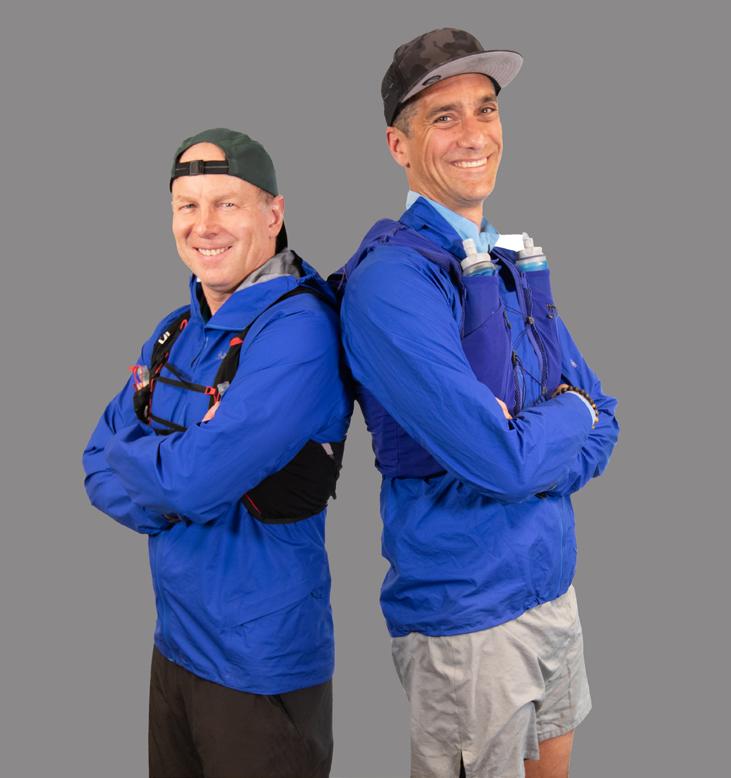
“My thinking was, if I can race 50 kilometres, than I should be able to run the 75-kilometre West Coast Trail,” laughs Dyck, 49.

Like all great quests, theirs was shaped by a few mishaps. For starters, they missed the trail’s opening registration day forcing them to travel south from Bamfield; this meant timing their run to catch the last ferry to Port Renfrew. Secondly, Baine forgot his Peregrine trail shoes and had to run the gnarly terrain in his no-tread Asics Nimbus. “I fell every kilometre or two for the first 20 kilometres until I got the hang of balancing and not pushing down too hard,” says Baine, 50.
On a cool, misty summer solstice 2022, the pair set off at 5 a.m. The first 20 kilometres twisted through lush rain forest in which they dodged mud holes and climbed ladders averaging four storeys high. They reached the first beach section at low tide and ran the hard-packed sand to the Nitinaht boat crossing.
To kilometre 54, it was reasonably runnable muddy trails. Then it was inland for the last, gruelling section, which included wrestling back Baine’s shoe that had been suctioned off by a mud hole.
Rain started about four hours from the end, yet they decided against sleeping in their bivvy sacks at kilometre 70, the lure to a warm bed in town too great. Darkness fell, headlamps on and watches powered off. They lost the markers for the last five kilometres.
Then they heard the glorious sound of waves and reached trail’s end 17 hours, 20 minutes from the start.
For the full story, visit impactmagazine.ca.
The regal event is back in the stunning city of Victoria this October
This October, the streets of the picturesque city of Victoria will once again be transformed for the Royal Victoria Marathon (RVM), one of Vancouver Island’s largest annual sporting events. The 43rd edition of the race, which is the perfect blend of athleticism, natural beauty, and regal charm, will be held October 6-8
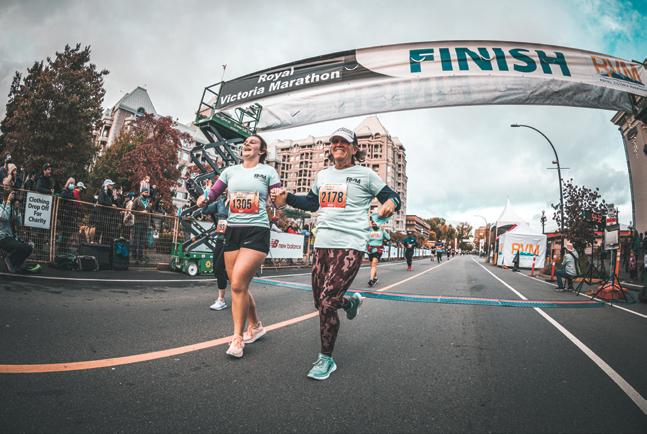
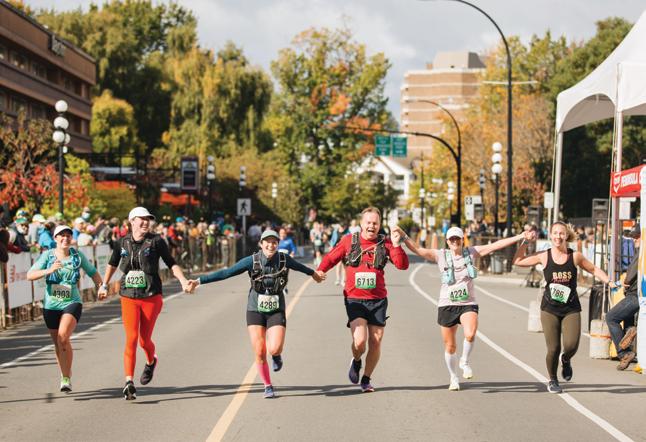

Over 8,000 participants flock to the streets of Victoria each year to take part in the Marathon, Half Marathon, 8K and the Thrifty Foods Kids Run. And this year, on Saturday, October 7, both a new 5K distance as well as the Thrifty Foods Kids Run will be held in Oak Bay, a municipality of Greater Victoria.
RVM is more than just a weekend of electric energy and fun. It is a chance to raise both awareness and donations for deserving charities.
RVM has announced a list of 21 charities that will be part of their CHEK Charity Pledge Program: Another Brick in NepalCanada, Autism Speaks Canada, BC Cancer Foundation, Binkadi Wellness Society, Bridges for Women Society, Broadmead Care Society, Crohn’s and Colitis Canada,
Fast and Female Supporting Women in Sports Foundation, FOM Music Society, Habitat for Humanity Victoria, Heart & Stroke Foundation, KidSport Greater Victoria, Lifetime Networks Victoria, NEED2 Suicide Prevention Education & Support, Our Place Society, PISE Pacific Institute of Sport Education, Prairie Inn Harriers Foundation, The Starfish Environmental Society, Vic City Elite Para Team - Paris 2024, Victoria Hospice Society, and the Victoria Hospitals Foundation.
“The interest in our charity program grew from 11 charities in 2022 to 21 this year,” says Cathy Noel, general manager and race director of RVM. “We love the fact that charities are able to focus on what they do best and use our events as a platform to raise money and awareness. The Royal Victoria Marathon also wins as a result of charity participation as we are able to reach new participants and further our goal to provide the vehicle towards living a healthier life.”
“In our first 18 years of the
charity program we have raised $2.5 million,” adds Mandy Parker, chair of CHEK Charity Pledge Program. “We would like to exceed $2.6 million for our 19th year. There are a number of ways that participants can help raise money for our charities, from donating to a charity when registering through to making a team and collecting pledges. Every dollar is an important dollar.”
In our first 18 years of the charity program we have raised $2.5 million.
Mandy Parker | Chair, CHEK Charity Pledge Program
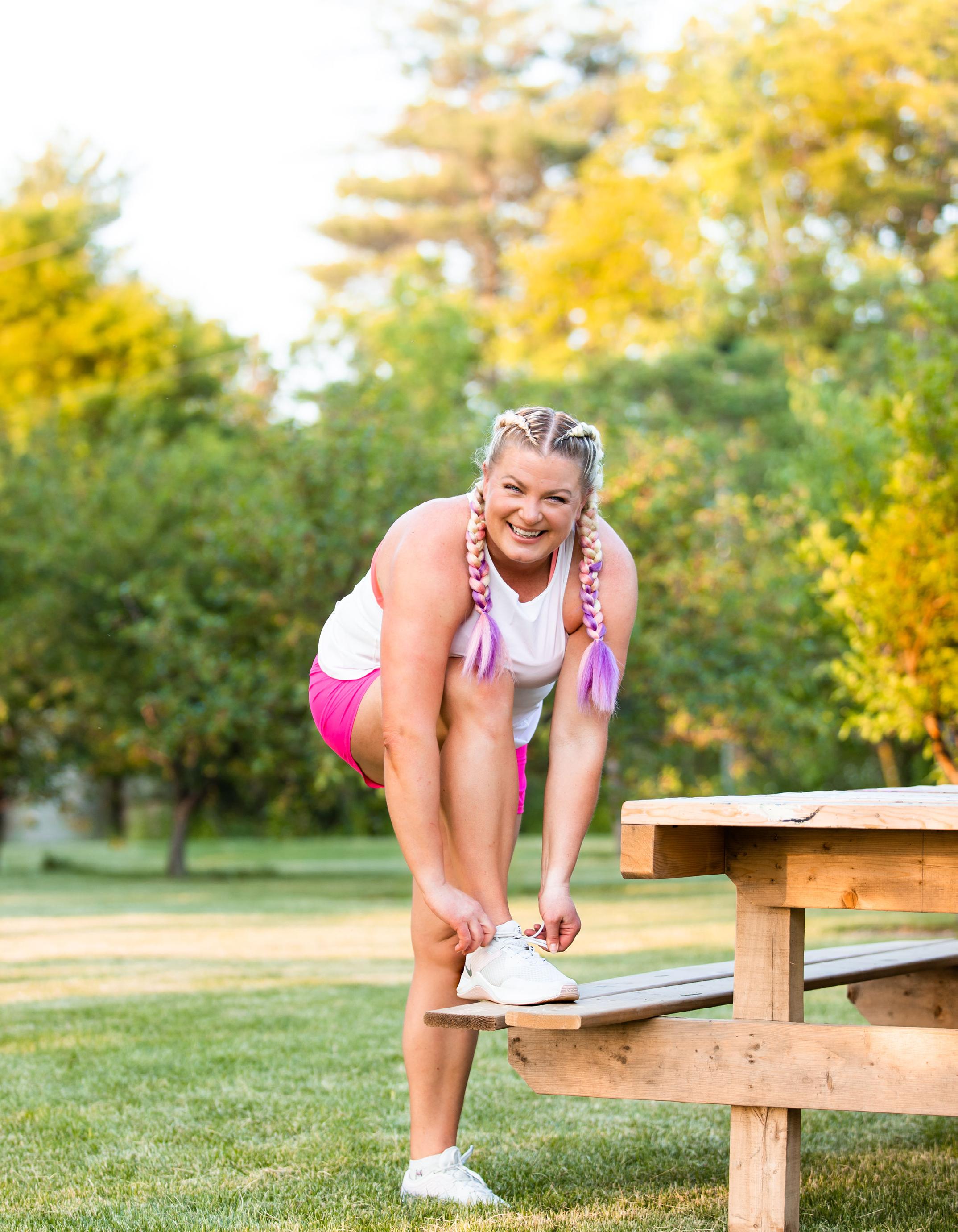
Co-owner and head coach at Farm Girl Fitness in Halton Hills, ON. One of IMPACT Magazine’s Canada’s Top Fitness Trainers 2022.
FARMGIRLFITNESS.CA
FARM GIRL FITNESSLook no further than your local park or picnic area, where a simple yet effective strength workout awaits you. Whether you’re a fitness enthusiast looking for a change of scenery or a beginner seeking a convenient and cost-effective way to build strength, this workout is for you.
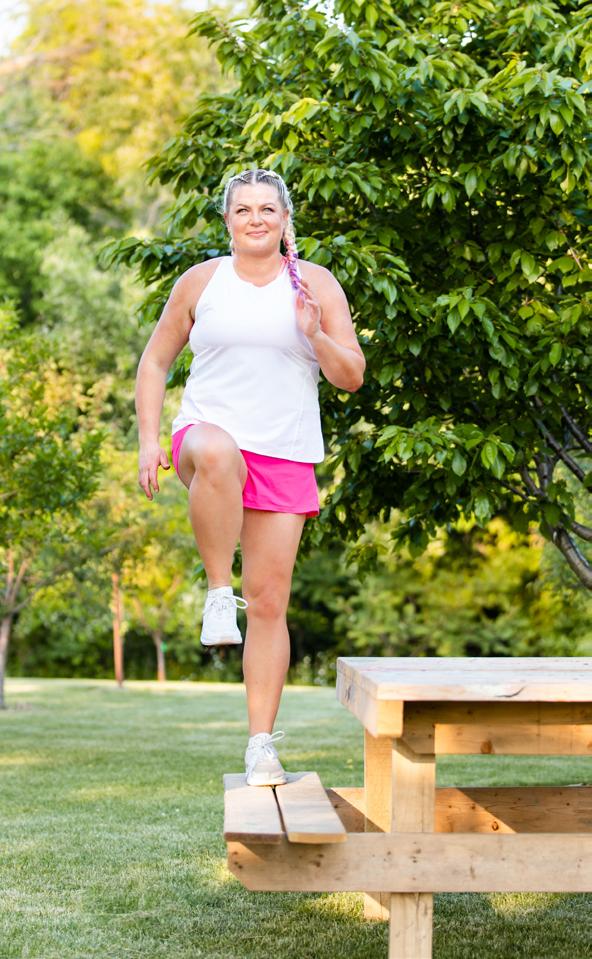
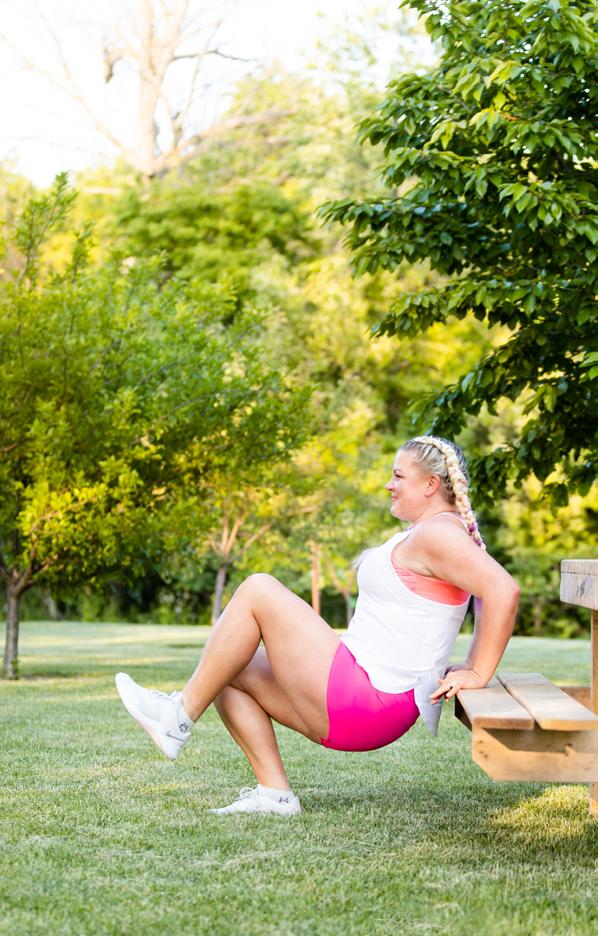
With just a picnic table or park bench as your equipment, these simple yet challenging exercises target major muscle groups
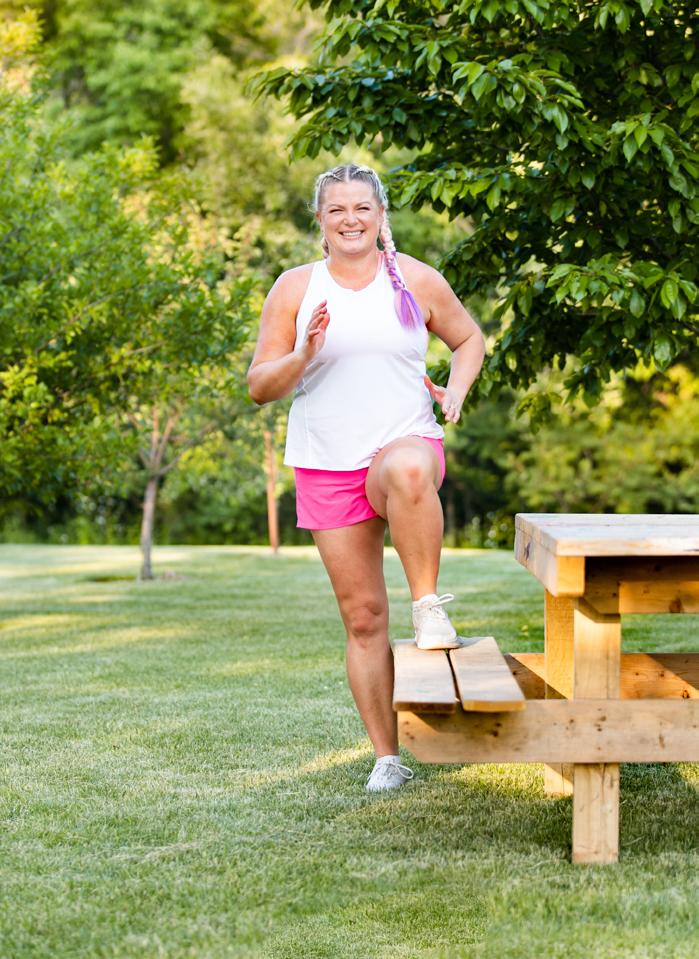
and promote stability and endurance. Embrace the fresh air, soak up the sunlight, and make the most of your surroundings as you sculpt and tone your body. Get ready to transform an ordinary picnic spot into your personal outdoor gym and elevate your fitness journey to new heights. Complete each exercise in sequence then return to the start of the circuit. Complete three to four rounds in total.
10 reps per side
1. Sit on the bench with hands at side, elbows under shoulders, knees bent to a 90-degree angle, and feet flat on the ground. Shift forward until glutes are just off the bench.
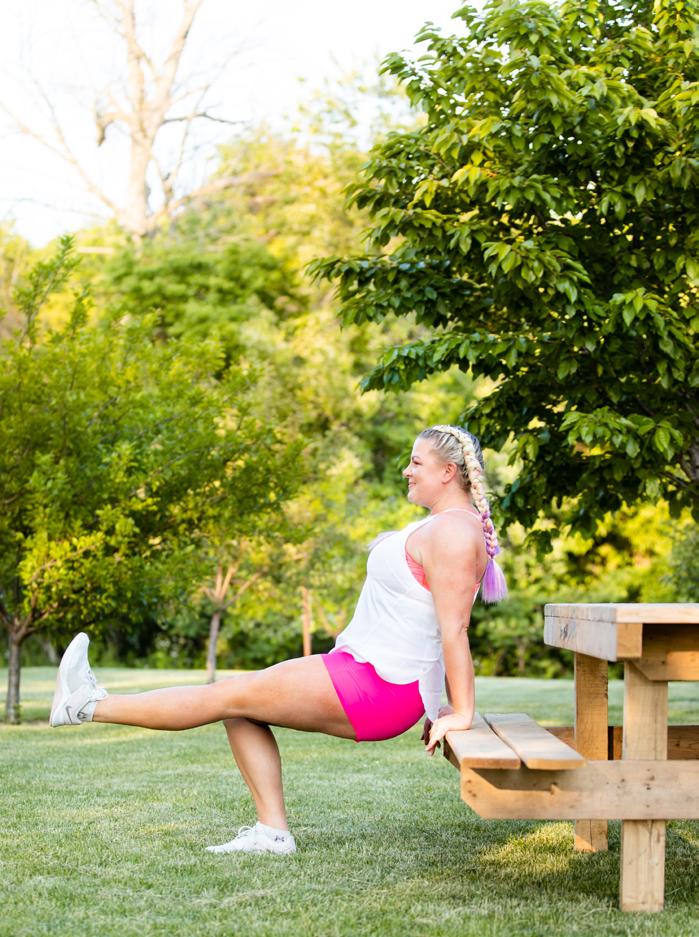
2. With arms straight and core engaged, raise right leg off the ground until it’s fully extended, toes pointing up.
3. Bend elbows with the goal of reaching 90-degree angles while driving knee up to chest, keeping foot flexed.
4. Press down through palms to straighten arms while extending the right leg in front of hips.
10 reps per side
1. Stand with a bench or picnic table at the right side. Place the whole right foot on top of the bench and stand with feet hip-width apart.
2. Push up quickly on the right foot, using the right glute to drive the movement, not the left foot. For more of a balance challenge drive the left knee up and pause at the top.
3. Slowly return to the starting position, sitting the hips back to keep the weight in the front heel, again focusing on glute activation. ➝
10 reps per side
1. With hands on the bench start in a high plank position with shoulders directly over wrists. (Remember, the higher the incline the easier the push up). Engage core and draw shoulders down and away from ears. Lift left knee towards chest.
2. Slowly bend at elbows and lower the body towards the bench while simultaneously extending left leg back as high as is comfortable, creating a straight line from head to toe.
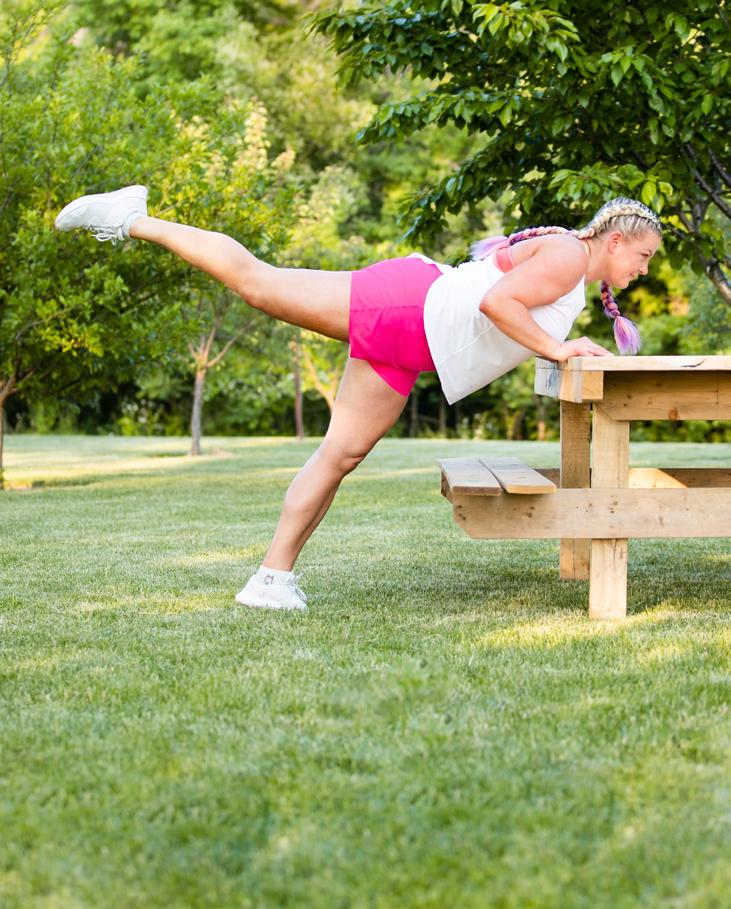
3. Push away from the bench and straighten arms while driving left knee back up to chest.
10 reps per side
1. Stand in front of a bench with feet slightly wider than hip-width apart. Take one step forward, then place a foot on top of the bench, with shoelaces resting on the bench. Place hands on back of head with elbows out wide.


2. Sit hips back and bend both knees down with the goal of reaching a 90-degree angle. Keep chest lifted and back straight.
3. While bending the knees, rotate torso and hinge forward slightly bringing opposite elbow to knee.
4. Press down through front foot, driving up through the heel to straighten leg and return to standing, while rotating trunk back to center.
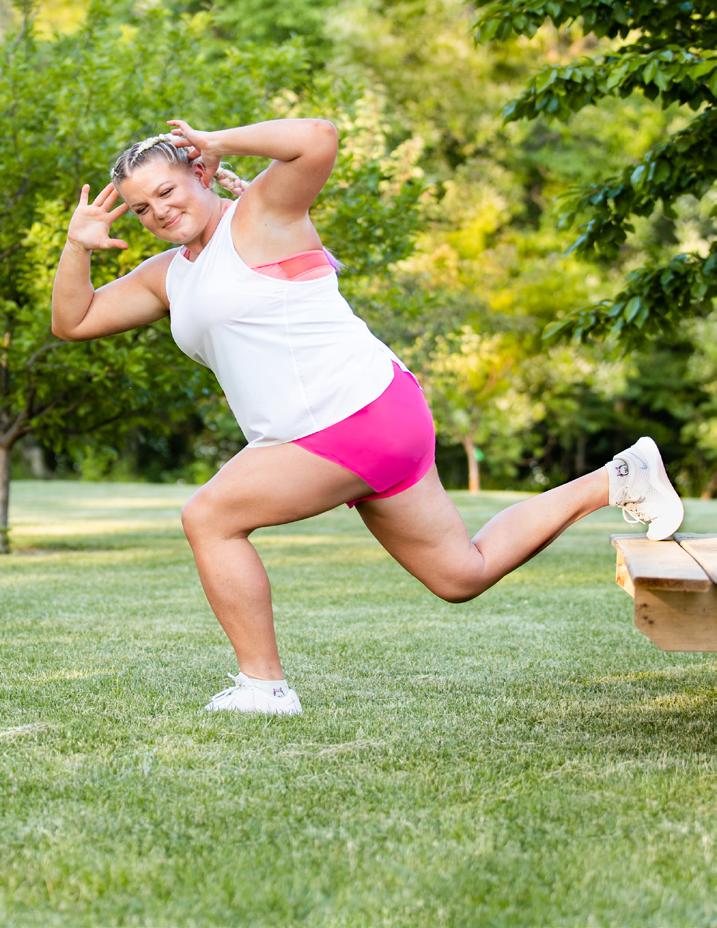
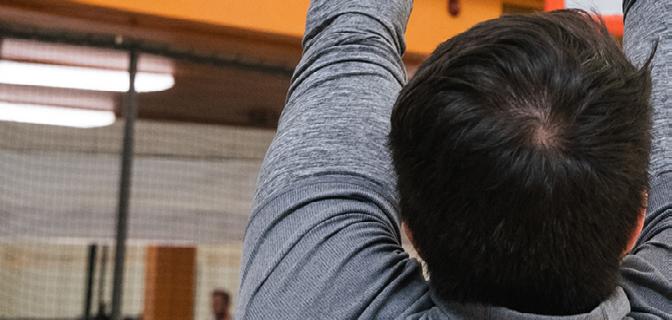

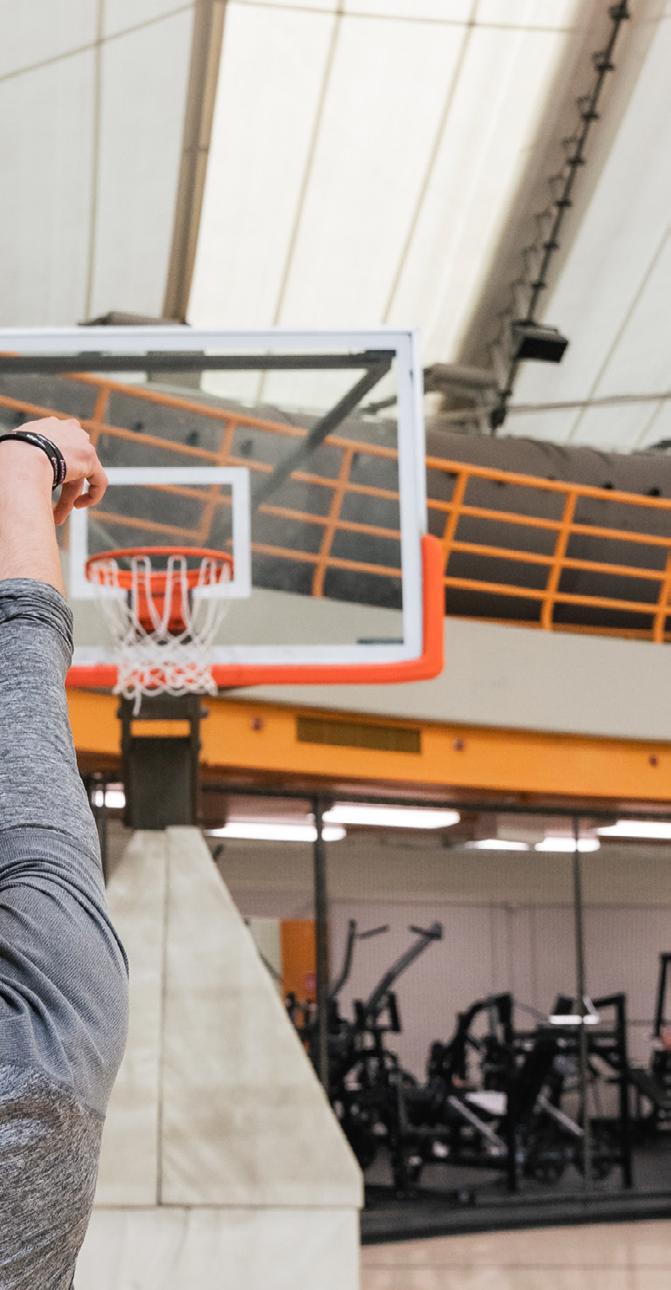
Build the strength & stamina you need to have an amazing summer on the water
BY SEAN ALLT TOOD DUNCAN Owner and head coach of Backcountry Strength, and one of IMPACT Magazine’s Canada’s Top Fitness Trainers 2022 in Chilliwack, B.C.SEANALLTCPT SEAN ALLT
Summer is finally here and if you’re anything like me, you’re eager to get out on the water. Whether you like to kayak, canoe, or SUP, this workout will help you build the strength and coordination to support fun-filled days of paddling.
The best part? It uses a single piece of equipment that you can take with you just about anywhere: the TRX Suspension Trainer.
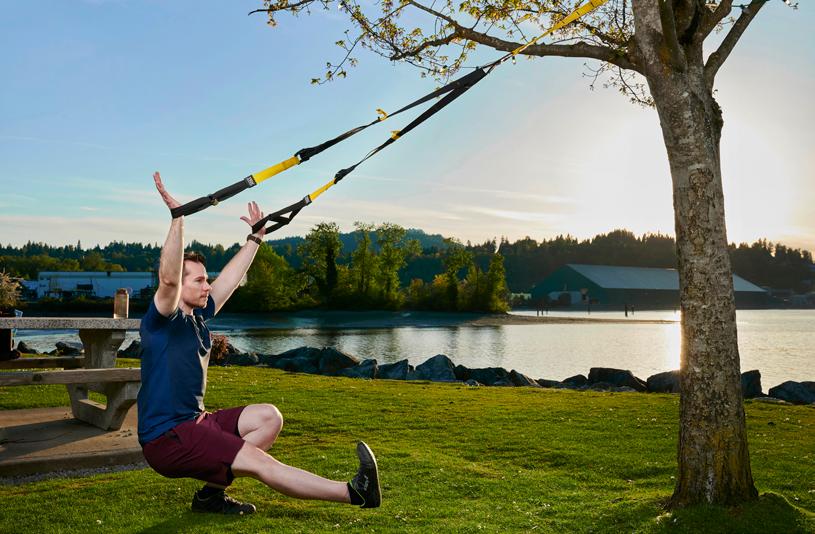

These are exercises I regularly use with my clients to target the muscles we use while paddling and the opposing muscle groups, which will help reduce the risk of the most common overuse injuries we see amongst avid paddlers.
1
3 X 12 reps per side
1. Adjust the TRX to mid-length.
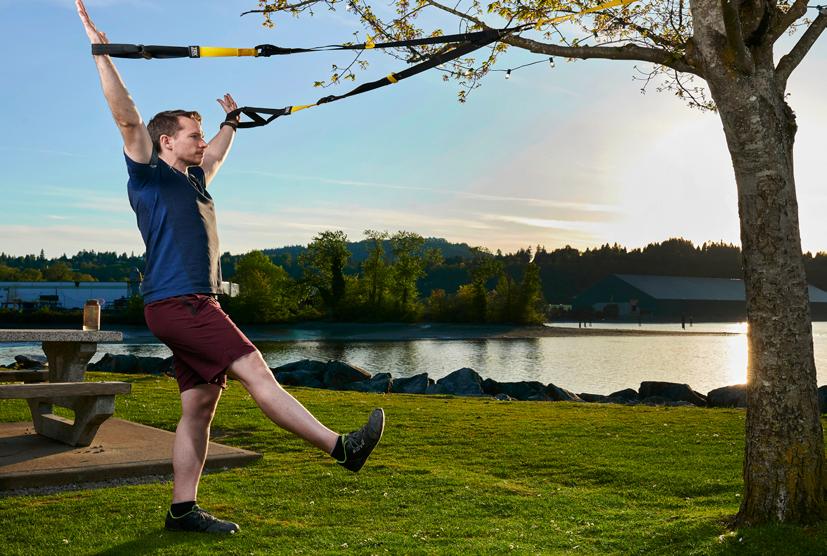
2. Stand facing the anchor point with your arms extended overhead, the back of your hands in the foot cradles, with tension on the TRX.
3. Centre one leg to the anchor point and lift the opposite leg to 90 degrees at the hip.
4. Keeping your arms pulled back, lower your hips down and back, keeping your weight balanced through your foot with your knee overtop your ankle.
5. Drive through the grounded foot, extending your knee and hip while keeping your arms extended overhead to return to the starting position.
2
3 X 8 reps per side
1. Adjust the TRX to mid-length and place it in single-handle mode.
2. Stand facing the anchor point, holding the handle in the working hand near your armpit and your free hand reaching up the strap toward the anchor point.
3. In a circular motion, rotate your free arm toward the ground while extending your working arm.
3 X 10 reps per movement
1. Adjust TRX to mid-length.
2. Stand facing away from the anchor with arms extended in front of your shoulders and tension on the TRX.
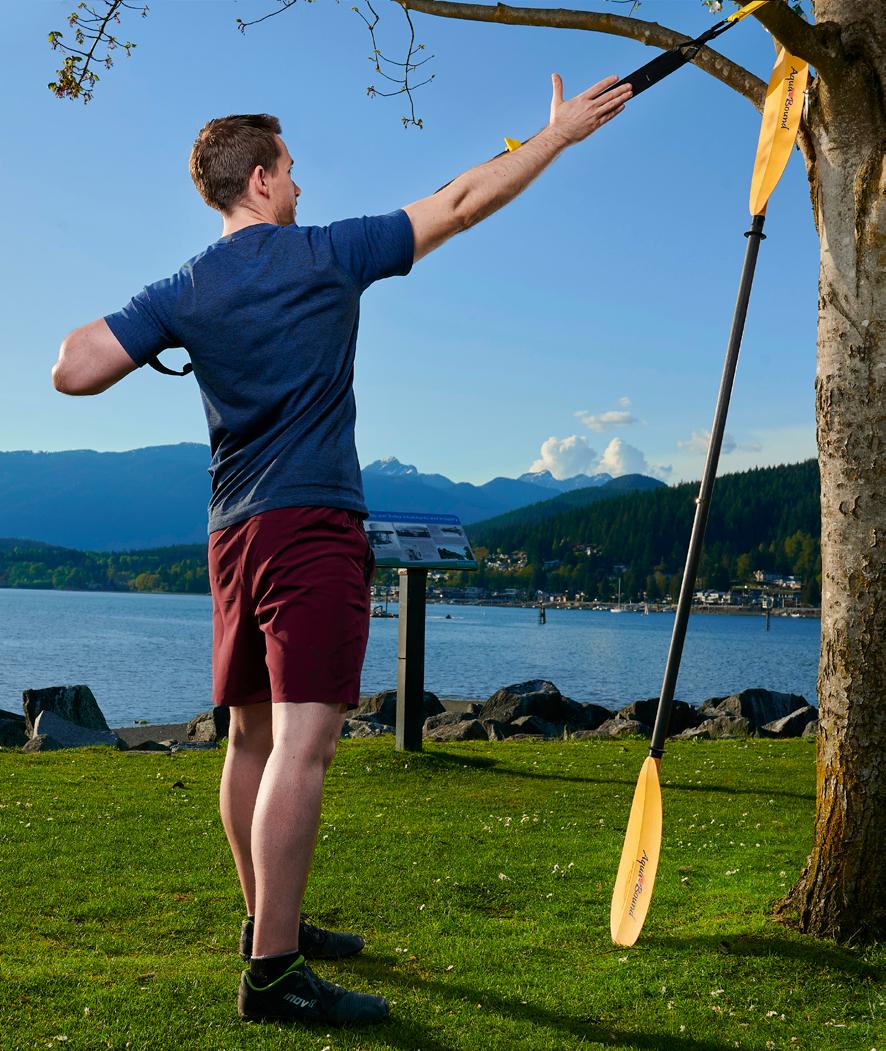
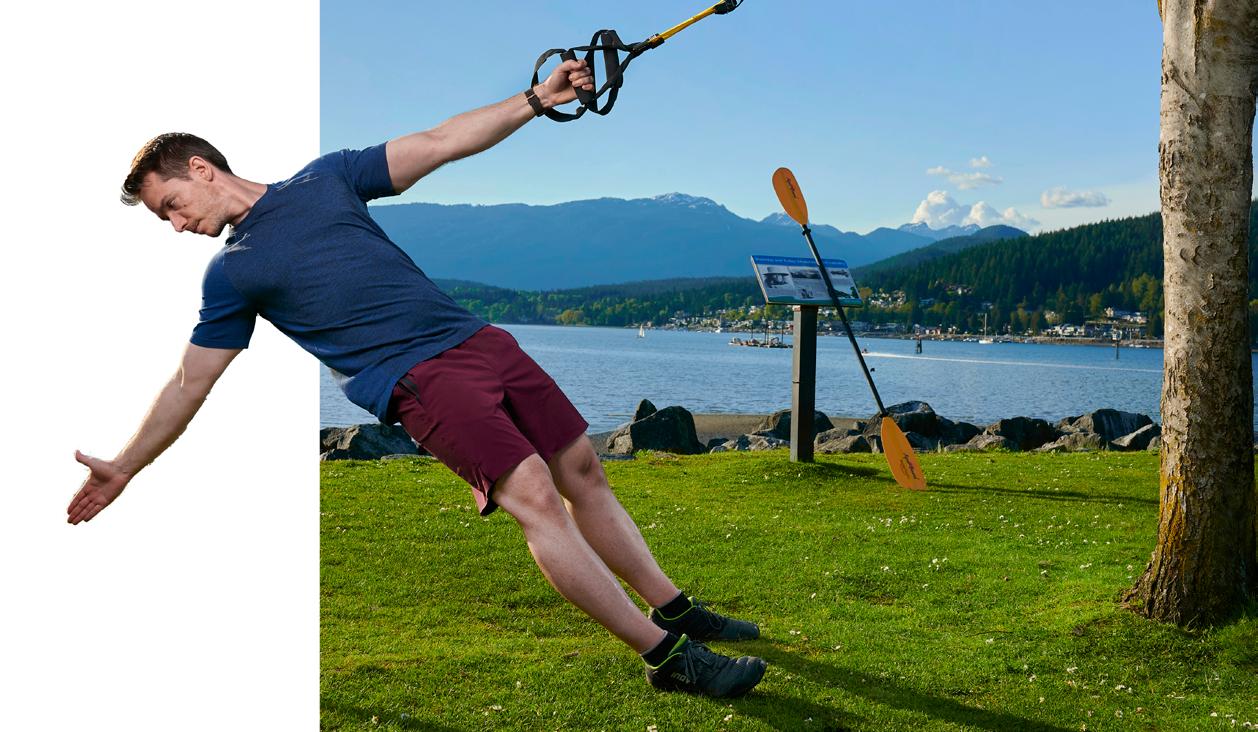
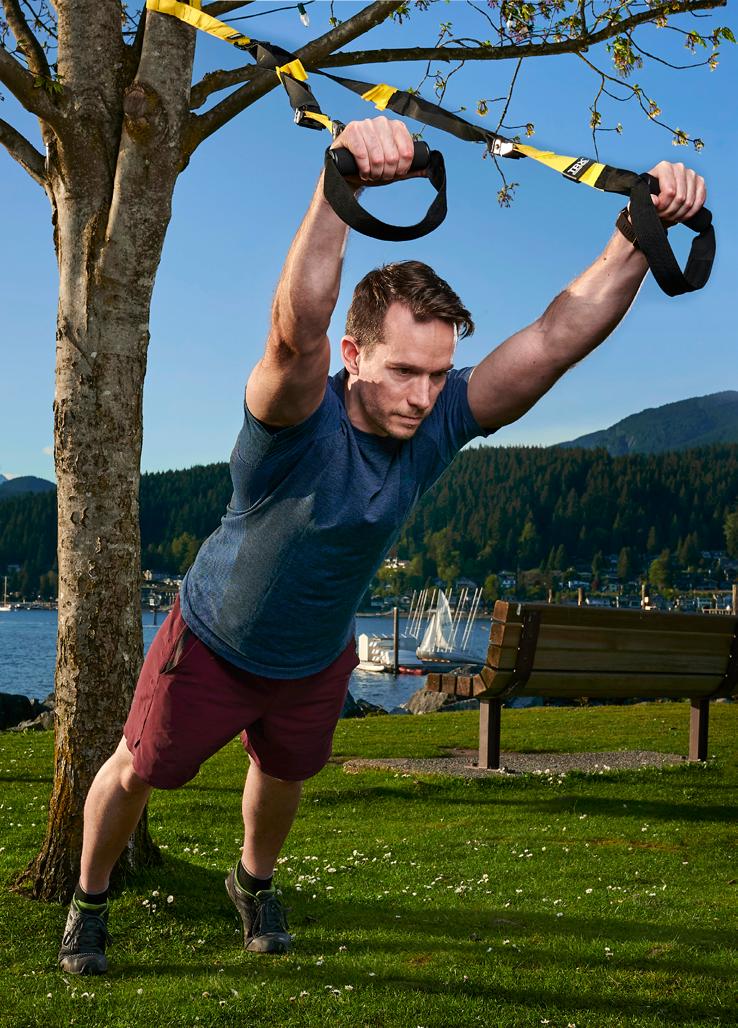


3. Lower your chest towards the handles by bending the elbows to 90 degrees and maintaining a rigid plank through your whole body.
4. Press through the handles while squeezing your chest to return to the starting position.
5. Under control, reach your hands toward an overhead position while keeping your arms straight and maintaining your rigid plank. You will naturally lean forward.
6. Press through your palms while keeping your arms straight to return to the starting position.
7. Alternate between the two movements. ➝
3 X 10 reps per side, alternating
1. Adjust the TRX to mid-length and place it in single-handle mode.

2. Stand facing the anchor point, holding the handle with both hands and your arms fully extended in front of you.
3. Walk your feet toward the anchor point until you feel your core muscles activate.
4. Keeping your arms straight, rotate your torso to one side until you are naturally pulled up onto the balls of your feet, keeping tension on the TRX the whole time.
5. Keeping your core engaged and arms extended, slowly rotate back to centre before repeating on the other side.
3 X 8 reps per side, alternating
1. Adjust the TRX to mid-length
2. Stand facing the anchor point with one arm extended overhead and the opposite arm by your hip with both palms facing forward and tension on the TRX.

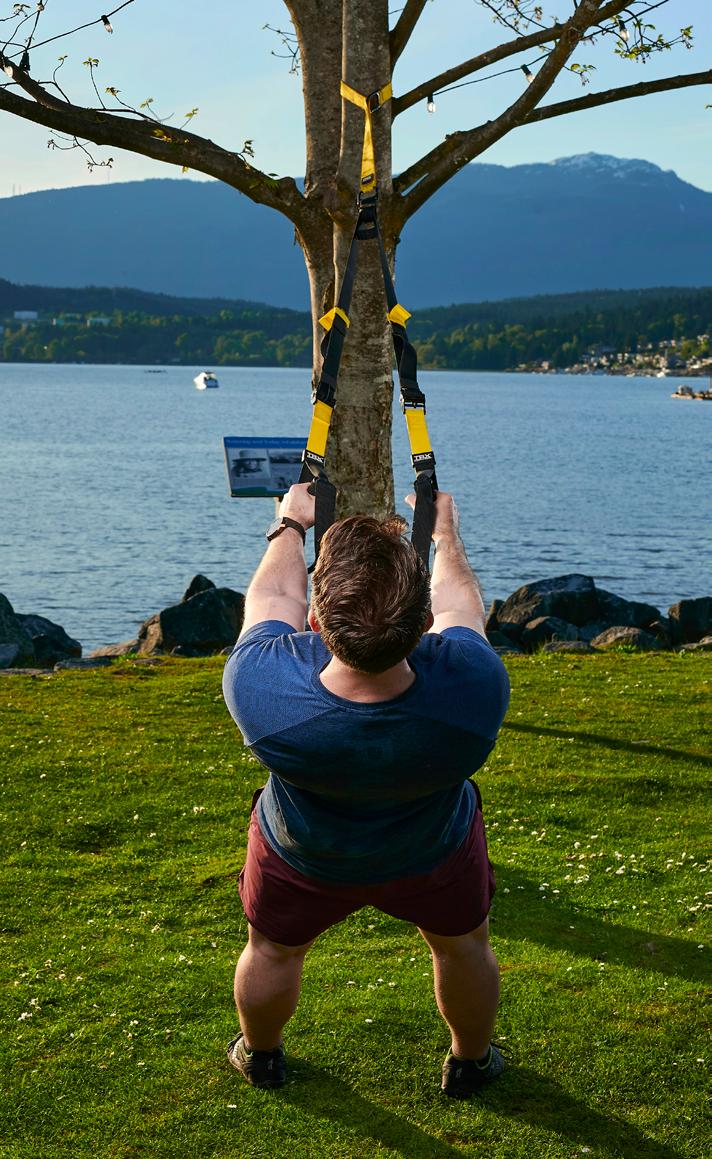

3. Lower your body by reaching your arms in front of you and maintaining a rigid plank as you move.
4. Rotate your grip so the opposite palm is facing up and the other down. Pull on the handles and drive your knuckles back while lifting your chest.


Looking for a place where your family can stay active, have fun, and make lasting memories? Look no further than Vivo for Healthier Generations, the ultimate destination for wellness enthusiasts of all ages. With stateof-the-art facilities, inclusive fitness spaces, and exciting summer camps for kids, Vivo is your one-stop destination for a healthier and happier summer, and for learning what matters most to you!
Dive into the New Pool Experience

Coming this fall, experience the thrill of the brand-new Vivo pool, a sparkling oasis designed to cater to every water enthusiast’s needs. Whether you’re a seasoned swimmer or just looking to cool off, our pool offers something for everyone. With designated lanes for lap swimming, a splash zone for the little ones, and even aqua fitness classes for adults, Vivo’s fully-accessible aquatics centre ensures a refreshing and enjoyable experience for the whole family.
At Vivo, we believe that fitness should be accessible to everyone. That’s why we’ve created an inclusive fitness space that caters to individuals of all abilities and fitness levels. Our expert trainers and staff are dedicated to creating an environment that is supportive, encouraging, and welcoming. From state-of-the-art group cycling in the Summit Studio and strength equipment to group fitness classes tailored to
different interests, there’s no shortage of options to help you achieve your fitness goals.
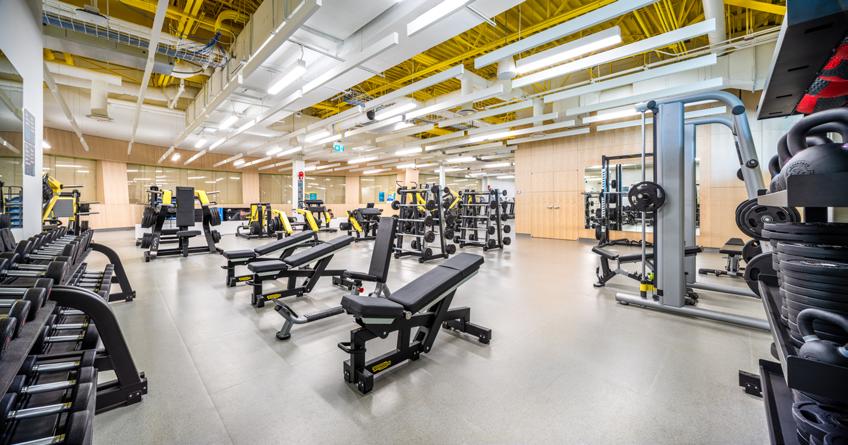
Looking to keep your kids active and engaged during the summer months? Vivo offers a range of unique and exciting summer camps designed to ignite their curiosity and keep them entertained. Vivo’s camp experience is different every week and will offer your kids time to explore, connect and play. Our dedicated camp leaders ensure a safe and enjoyable experience, with plenty of opportunities for making new friends and discovering new passions. Spaces are filling up fast for our summer camps, so don’t miss your chance to secure a spot for your child.
VIVO is a charity with a profound purpose: to ignite a mindset to LIVE for healthier generations. The facility in Calgary has been undergoing a massive expansion project to create a space for all Calgarians that is inclusive, accessible and diverse. The new spaces are built for individuals of all physical, sensory, and visual capabilities. Visit our website or call us today to learn more about membership and booking options. We can’t wait to welcome you to the Vivo family!

Do you see the upcoming hill ahead of you and feel the wind blow out of your sails? Do you ride the brakes down a steep descent and wonder how someone else is floating past you? If so, you are not alone in feeling like uphill and downhill running are still mysteries that you have yet to master.
Uphill running includes a variety of skill sets, including strength, power, stamina and mental fortitude. Downhill running capitalizes on a whole different set of skills such as agility, durability, stability and mental focus, or what may appear to be guts, bravery or even a bit of senselessness. Avoiding this type of terrain can make you miss out on some of the most beautiful places on earth and there are some simple means of gaining confidence in the mountains.
• Lean forward at the ankles and drive from the glutes
• Use a run-walk combination approach
• Practice your hiking skills
Proper uphill running form includes a slight forward lean and driving forces starting at your feet and working through the entire posterior kinetic chain. You want the forward lean to be at the
ankles rather than your hips. A strong “toe off” with maximal force through the calves, while activating your glutes will power you up that hill. Activate your lower core to stabilize your pelvis and utilize your glute muscles.
You become more anaerobic with uphill running meaning your breathing becomes more laboured. If you push too much, too soon, it could compromise your energy levels and efficiency later in your run or race. Think of it as finding the “just-right challenge,”which tends to coincide with a “run-hike” combination approach.
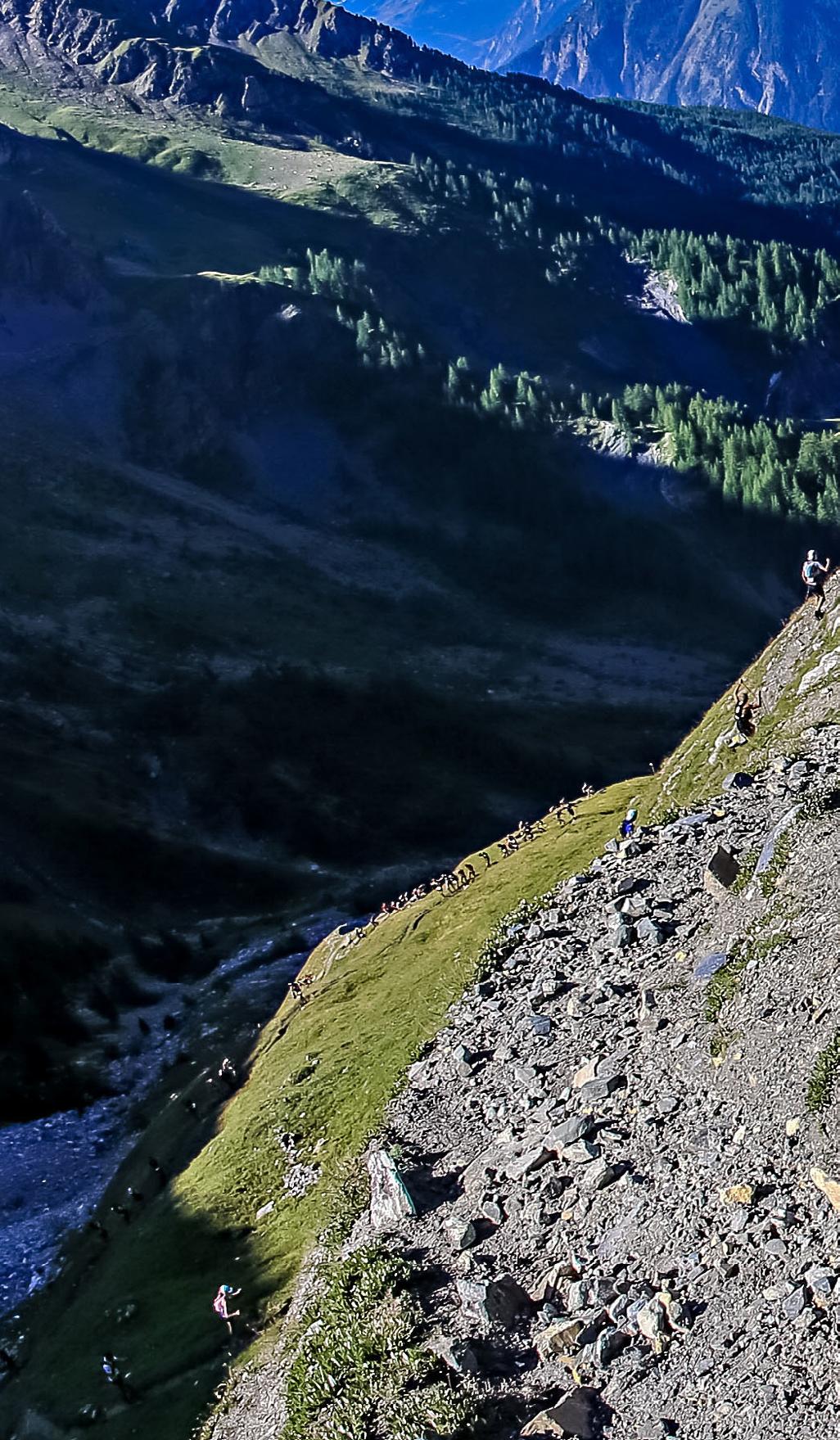
You never want to be too uncomfortable or too comfortable when running uphill. To maximize running economy, practice running until you recognize that you are pushing too far into an anaerobic level and then back off into hiking to restore more aerobic levels. This “hiking with intention” can get into a solid rhythm while allowing the heart rate to lower. Once you feel somewhat comfortable again, resume running, and continue the pattern. Pro tip: Fuel, fuel, fuel during these cycles!
Practising hiking skills may not seem as glorious as doing hill repeats and pushing all the way up the hill without having to walk, but just as practising running and form is required, so too is practising hiking. Becoming efficient mechanically and aerobically while hiking can be a secret weapon to enduring tough mountain terrain, no matter the distance.
Professional ultra and trail runner with a 2nd place finish at the Western States Endurance Run and running coach for Peak Run Performance in Invermere, B.C. RUNHAPPYB RUNHAPPYB• Strengthen your quads and stabilizers
• Lengthen your stride or quick feet
• Look ahead
• Stay relaxed
Downhill should be the “easier” or “more fun” part of running, but it is often a source of stress or an area where one feels deficient. Rather than feeling free on the downhill, you’re riding the brakes, feeling out of control, or feeling like you’re tiptoeing down the trail. Downhill running requires eccentric acceptance of force and can easily promote injuries if we don’t properly train our bodies to accept this load.
Strength training prepares your body to hammer the downhills. This can be done in a traditional sense at the gym with squats, lunges, and deadlifts, but run training can also be tailored to condition your body to handle the load that comes with significant downhill running. Strengthening the major muscle groups in your legs will help prevent injury, but it is also essential to think about our lower legs and feet when considering downhill running. Ankle stability, foot mechanics and strength
are where accepting the eccentric load of downhills begin, and can promote durability as well as add efficiency and adaptability on more varying terrains (i.e. cambered slopes, rocky or uneven surfaces).
Stride length and technique are also things to consider, which correlates with the type of terrain you are running. A smooth, buffed-out trail is an opportunity to lengthen your stride and relieve some of the burning in the quads as you use gravity to float downhill. In contrast, if it is steep or rocky technical terrain, shorter strides and quicker feet is advised. This terrain demands focus and quick thinking. A runner should be looking ahead, planning foot placement to promote best footing with these quick, potentially shorter stride lengths on this type of downhill.
Finally, stay as relaxed as you can on the downhills. Ensure you are taking deep breaths and keeping your upper body relaxed. While you learn to trust your instincts, your body, and your footing, you will learn to enjoy those downhills.
With these pointers, you can now get out on the trail and look ahead to the ups and the downs of running. Welcome the burn, find the thrills and relish the progress as you chase your goals.
 Brittany Peterson competes in the Ultra-Trail du Mont-Blanc (UTMB®).
Brittany Peterson competes in the Ultra-Trail du Mont-Blanc (UTMB®).
Avoiding this type of terrain can make you miss out on some of the most beautiful places on earth and there are some simple means of gaining confidence in the mountains.
Stand-up paddleboard (SUP) yoga is a term that has gained popularity over the last few years. The practice combines the physical and mental benefits of both yoga and paddleboarding, making a fantastic combo.
The physical benefits of taking your yoga practice to the water include improved balance, strength and flexibility. Yoga on a paddleboard adds an extra challenge to traditional yoga, engaging muscles that are not typically used on land. For example, you may notice that your toes are sore from gripping the paddleboard.
In addition to the physical benefits, SUP yoga also offers mental health benefits. Being in nature and surrounded by water has a calming effect and can lower stress levels.
Practicing yoga on a paddleboard encourages mindfulness, as it requires you to focus on your breath and movements. I like to say that SUP yoga “gently forces” us to be mindful. The focus is less on how the pose looks and more on how it feels in your body, but mainly, not falling in.
It can be practiced solo or in a class, with classes usually including a brief paddleboard instruction followed by a short paddle before moving through the practice. Most classes end in Savasana, which is the ultimate feeling of bliss. Notice the sounds of nature and the sun on your skin. Watch the clouds, and embrace the gentle waves rocking the board.
SUP yoga is more than just yoga on a paddleboard—it is an experience. It creates an atmosphere where you can work at your own pace and go outside of your comfort zone. Although it does come with its own challenges, it also gives you the opportunity to have fun, be silly and laugh, which is not as common in a traditional studio. You may feel wobbly, and you may even fall in the water, but falling in and finding your balance is all part of the journey.
As a SUP yoga teacher, I emphasize two things: the importance of having fun and the importance of leaving your ego at the shore. As someone who has been practicing yoga for 15 years, I am not a flexible person. I am all too familiar with the temptation to take on poses that don’t work for my body. I like to bring this experience to my classes so my students have options that work for their bodies. This is why this type of yoga is so humbling.
SUP yoga can create an environment where adults get to play and laugh. The benefits of play-like activities have been wellestablished: improved creativity, elevated endorphin levels, and reduced stress from daily life.
Bathing suit or workout wear? First off, I recommend dressing for the weather. Avoid heavy cotton and opt for quick-drying clothing. A bathing suit or workout top with shorts is a great option. Yoga pants and a tank top or long sleeve are great for cooler weather.
For SUP yoga, I would advise using an inflatable paddleboard. Inflatable boards sit on top of the water, whereas solid boards tend to sit in the water. This helps to keep you dry (unless you fall in!). They also offer some flexibility on the deck, providing a softer surface. An all-around board, which is usually long and wide, is a great option for your on-thewater yoga practice.
There are numerous ways to keep the boards from floating away. I find the best option for my classes is to use an anchor. I make an anchor from a 10-pound weight tied to a glow-in-the-dark rope with a carabiner that clips onto the paddleboard. This ensures the paddleboards stay in place and maintain their distance from each other.
Whether you’re an advanced yogi on land or have never taken a yoga class before, there are options for everyone. Experience requirements can vary depending on the class and the instructor. Most classes are beginner-friendly and provide instruction on paddling basics. It is always a good idea to communicate with the instructor beforehand to ensure you choose a class suitable for your skill level.

As a SUP yoga teacher, I emphasize two things: the importance of having fun and the importance of leaving your ego at the shore.










As a once-upon-a-time trainer returning from a three-year hiatus, I was searching for what was next. I wanted the future.
I figured there was some juicy system combining tech wizardry and traditional methods out there, or a marriage of complex skill sets and advanced protocols that would revolutionize the classic fitness macrocycle.
I searched—endless keystrokes on my laptop—but didn’t find the thing; the thing found me. I discovered my fitness manna in a podcast shared by a friend who understood my plight.

The ironic part was that the conversation wasn’t about something futuristic but instead recounted a system from a bygone era, our collective human past.
They were discussing MovNat and throughout the dialogue, it became obvious to me that a disconnect had occurred between our ancestral past and the present day which had stripped us of our biological heritage. We weren’t performing the same tasks we once did to simply survive as a species—tasks and movements we were built to perform.
Erwan Le Corre, the founder and creator of MovNat, laid it out for the podcast host stating that natural human movement skills are a missing ingredient in modern fitness and this is doing us a great disservice, perhaps even contributing to our present-day malaise.
MovNat, like other natural fitness programs, is a system of physical education that helps one discover the
deepest levels of competency of the human animal. The power comes from realigning ourselves with the very nature of our existence. Through intelligent progressions, and by moving in the ways we have evolved to move, we regain dormant abilities and skills to a level that by contrast seems superhuman.
Natural movement involves familiar manipulative skills like lifting and carrying, catching, and throwing, and locomotive patterns like crawling, running, vaulting, climbing, jumping, and swimming. Aspects of ground movements consisting of rudimentary positions like laying, sitting, kneeling, and squatting are enhanced by exploring the transitional spaces between them. This is the domain of human movement— robust, full-spectrum, requiring and nurturing elements of strength, balance, mobility, coordination, endurance, power, and grace.
You wouldn’t expect a cheetah to train to hunt by running on a treadmill the same way you can’t expect an eagle to develop the wings for flight on a cable crossover machine. Why would you then expect humans to thrive in the same artificial conditions?
To understand this is to consider context: the synthesis of situation and environment. Humans evolved in less predictable surroundings and had to move more often and with greater variety. Modern conveniences and technologies have supplanted these variables, resulting in ever-decreasing volume and complexity.
The antidote lay in the reintroduction of our natural movement patterns through task-oriented activity. Practical skills assist us in our day-to-day lives as well as provide insurance when life hands us something more. Practical movement skills and real-world fitness are what the hallmarks of real capability entail. Consider introducing natural movement into your fitness routine. You need little to no equipment as it is incredibly versatile and highly adaptable. Whether you use traditional weights,
From gym to jungle, natural movement is transforming how people exercise
sandbags, kettlebells, logs, rocks, a tree, wall, table, bench, etc., anything can act as a tool or obstacle with which to engage in a comprehensive and challenging workout that can meet you where you are, regardless of your current level of fitness and ability.
A simple approach could look like a 10- to 20-minutes circuit where you crawl for 20 seconds, hang or swing from a tree branch, ledge, or bar, balance on a narrow surface while walking forwards, backwards, and sideways,
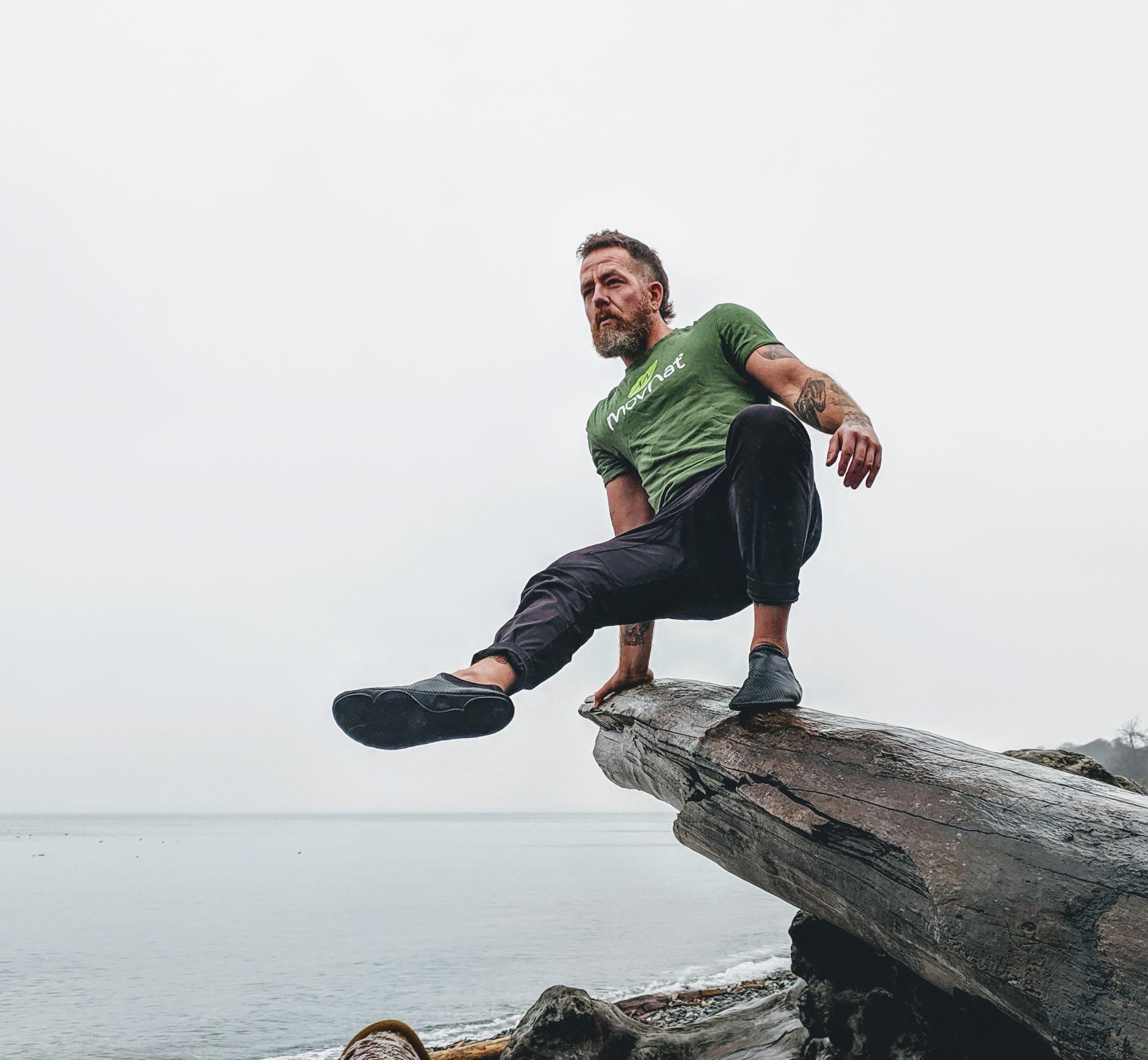
then a series of get-ups from the ground to standing. Try lifting and throwing a heavy object a few times followed by some jumping repetitions and a quick sprint. Explore creative ways to get under, over or through obstacles in your environment while carrying an object. A more restorative session could have you transition between laying, sitting, kneeling, and squatting positions on the ground while mindfully breathing with your diaphragm. Allow simplicity and practicality to be your guiding principles.
Natural movement is especially empowering for me as a coach as it helped me develop a new lens through which to see the potential in my clients, my environment, and most importantly myself. It is ridiculously fun, engaging, never gets boring, and demands a level of mindfulness that undoubtedly lends itself to cognitive gains. I’ve come to understand what it’s like to experience steadily increasing ability while ensuring safety and a path toward longevity.
Turns out I found the future after all.
Stefano Tripney practices MovNat outdoors.Explore creative ways to get under, over or through obstacles in your environment.

There were no cyclists in the town where Alison Jackson grew up. In fact, there were only a few thousand people in Vermilion, Alta., which meant Jackson’s road to professional sport was not as direct as many others in her discipline.
As a young girl growing up on a grain farm and bison ranch in the small Alberta town two hours east of Edmonton, Jackson, 34, had what she endearingly calls “a lot of outdoor energy.”
Besides putting that energy towards farm chores, Jackson’s mom decided to put her in all the sports possible.
“When you come from a small town, if you become a sports kid, you basically have to play all the sports so that you have a team,” Jackson says with a laugh. “So, that’s what I did.”
The list of sports she was involved in reads like a shopping list: soccer, volleyball, track and field, gymnastics, ballet, and jazz. A proud “yes-person,” Jackson has always loved trying new things and further to that, she loves mastering them.
“A lot of what I learned from the farm is if you want something to happen, then you work hard to do it,” she says. “That’s the lifestyle of a farmer. You’re your own boss; you manage your own time and effort.”
Jackson continued to pursue her passion for activity and the outdoors by relocating to British Columbia for university, where she added rock climbing, caving, various snow sports and sailing to her already long list of activities.
With an interest in learning to surf and wanting to become a stronger swimmer so she could spend all day in the water without drowning, Jackson hit the water to practice her strokes.
At the same time, she was running to prepare for a trek in the Indian Himalayas, and after a visit home to Vermilion, she picked up an old Canadian Tire bike that a farm employee had left behind, and she rode it 20 kilometres into town.
It was at this time that someone asked Jackson if she was training for a triathlon, something she had never heard of but that immediately piqued her interest. Back in British Columbia, she found a small triathlon club and went with them to a race where she qualified for the amateur World Championships.
The Vermilion native found her way to competing in sports later than many others surrounding her, but she chooses not to see that as a hindrance.
“Do well with what you have now,” is Jackson’s life motto. “We might think some people have more advantages than us in something but instead of looking at all [our] disadvantages, try to look at what’s really good and then exploit that.”
And she did just that by joining local swim, cycle and run clubs in British Columbia to advance her skills. At this time, she was offered a running scholarship to Trinity Western University, where she became quite a good runner. She competed as a runner, winning the Canada West Championships in 3000 metres before competing in her first local bike race, which she also won.
“I just wanted to be a pro athlete,” says Jackson. “I have had the Olympic dream since I was a kid.”
Jackson didn’t see a future in triathlons as she admits her swimming wasn’t strong enough. Decidedly, she had to choose between pursuing running or cycling as her professional career, but when she was offered her first professional cycling contract in 2015, the choice was made for her.
“I thought, alright, I’m going to go all in and see what happens,” she says.
And what happened is that Jackson was not only fulfilling her dream of being a professional athlete, she was beginning to thrive. While with her first team, TWENTY16, Jackson won stages at the Tour Cycliste Féminin International de l’Ardèche and the Trophée d’Or Féminin. ➝
For her 2017 season, Jackson joined BePink Cogeas, a cycling team based in Italy, and then moved to TIBCO-Silicon Valley Bank in 2018, a team owned by another Jackson—retired Canadian professional cyclist Linda Jackson.
Jackson continued to add to her accolades, winning the second stage of the 2019 Women’s Tour of Scotland and receiving a last-minute spot for the 2020 Tokyo Summer Olympics due to a late race withdrawal. She placed 32nd, seven minutes behind the gold medalist, but the result wasn’t everything. Another life-long dream had been achieved. Jackson was now an Olympian.
With a few more years of shuffling between teams, she found her way back to the nownamed EF Education-TIBCO-SVB at the end of her 2022 season, announcing her return to the team in typical Jackson style— with a dance.
Besides her accomplishments in sport, Jackson is well known on social media for busting out her moves on camera wherever the opportunity presents itself. Always the entertainer and an avid storyteller, Jackson brings people together with her exuberant personality.
“In the world of cycling and in women’s cycling in particular, she is paving the path for other people to be comfortable putting themselves out there to say, ‘I can be my own person and craft my own trade,’” says Adam Pulford, Jackson’s coach.
According to Pulford, Jackson’s atypical cycling persona is also working to improve the visibility of women’s cycling in Canada, and with more visibility comes more support and opportunity for Canadian women to compete at a high level.
When Jackson’s career in cycling first began, her mother would have to source information on the races from the most obscure Twitter accounts, and for a long time, the only women’s cycling event of note that many Canadians were aware of was the Olympics.
“Cycling as a sport, there’s such a disparity between men’s and women’s events,” says Jackson, citing that when she competed in triathlons or running events, all events were the same distance with the same prestige for men and women, and the men were equally interested in the outcome of the women’s events.
However, in the world of cycling, wages, prestige, race distances and TV coverage differ greatly for the competing genders. Although this is improving and Jackson’s mom no longer has to tune into her daughter’s races via obscure Twitter accounts, there is still a way to go for the sport to be considered equal.
Another step towards that equality was celebrated this year at the third edition of the Paris-Roubaix Femme. The Paris-Roubaix is one of the oldest cycling races in the world, dating back to 1896. The race was finally given a women’s counterpart in 2021.
Aptly named the Hell of the North, it is one of the most famous cycling races due to the notoriously difficult riding conditions. Riders must brave treacherous terrain and cobblestones as they push their bodies to the very limits.
At 1:35 p.m. on April 8, 2023, under the sombre, cloudy skies, Jackson took to the starting line of the Paris-Roubaix Femme, surrounded by 139 racers.
Competitors would race 145.5 kilometres along the French roads with 17 cobbled sectors of varying difficulty to tackle. Conditions were dry, but heavy rains the day before left some of the roads wet, adding to the complexity of the race.
Jackson was among a group of 18 riders to break away in the opening stages of the race, which also included British national champion Alice Towers and Elynor Backstedt, daughter of 2004 Paris-Roubaix champion, Magnus Backstedt.
Jackson remained in the leading group for the entire 145.5-kilometres, with seven riders duking it out in the final stage—the velodrome. As they neared the finish line, French rider Marion Borras led the pack, Jackson in second. They came around the final bend, and Jackson put everything
she had left into powering her pedals, narrowly crossing the line to finish first, securing her name in history as the only North American rider to win the famed cobblestone-like “rock” trophy.
“It’s every cycling fan’s favourite race,” says Jackson. “There’s no other race like it, and the type of person that wins is always really resilient, determined and tough. All these characteristics you get associated with by winning the race, it’s a real honour to be in that.”
Coming out of what she considers the biggest win of her career, Jackson is more motivated than ever, and her coach is there by her side to keep pushing her limits.
Pulford, who is located in Washington, D.C., uses an app to communicate with Jackson on her training program. He schedules between 18 and 22 hours of training each week, including sessions on the bike, core-focused sessions and strength training. And, of course, knowing the Canadian well, he also schedules some dancing.
Although Jackson is currently based in Girona, Spain, she always returns home to Canada a few times a year, both to race in the Canadian National Championships in early summer and to keep up her status as “super-fun aunt.”
And for Jackson, whilst she may have raced around the world in countries across Asia and Europe and even in the land down under, she still considers Abbotsford and Chilliwack, B.C. her favourite places to ride.
“I think a lot of the times we dream of going to, like, Italy and other places to ride bikes, but actually, Canada is really awesome,” says Jackson, and there is no doubt that Canada feels the same about her.
Canadians will be happy to hear that our superstar from the West has no plans of slowing down.
“After coming out of this win, it just makes me dream bigger dreams and think, what else is possible?” says Jackson. “I just love what I get to do. I love racing. I love the chaos.”
“I’m going to do it as long as I love it, and as long as I can be a difference maker to my team, it makes me want to stay in the sport.”
After coming out of this win, it just makes me dream bigger dreams and think, what else is possible? I just love what I get to do. I love racing. I love the chaos.
National Championships Canada WE - Road Race
Paris-Roubaix Femmes 2023-04-08
National Championships Canada WE - Road Race
National Championships Canada WE - ITT
Simac Ladies Tour | Stage 1
Women’s Tour of Scotland | Stage 2

White Spot / Delta Road Race WE
Tour Cycliste Féminin International de l’Ardèche | Stage 6
Trophée d’Or Féminin | Stage 3
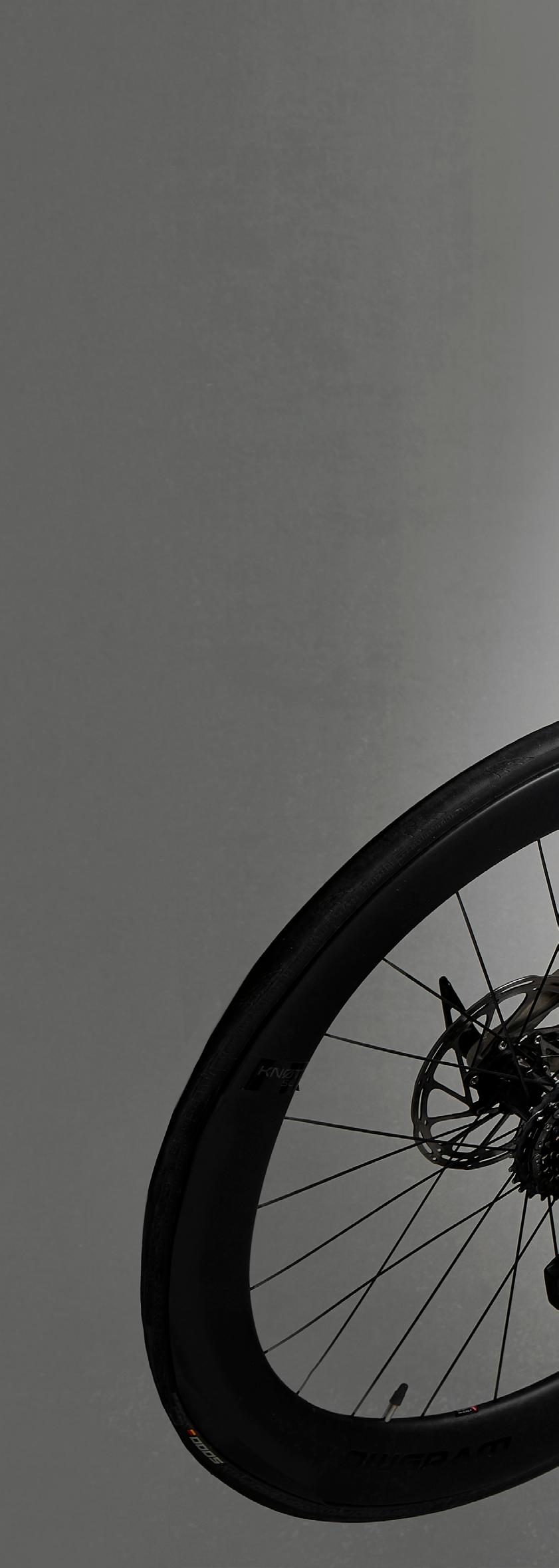
In three to five years, Matt Devine was told he would likely have a major medical event like a heart attack or stroke—a nd it would likely end his life. A horrible statistic for anyone, but Devine was only in his 30s.
The Edmonton native found himself on a dark path. Overweight and addicted to drinking, he was unrecognizable to his former self.
In his youth, Devine played baseball, soccer and hockey. He became involved in martial arts and even considered pursuing the sport professionally after high school. However, upon entering high school, he found himself drawn toward the party scene. Although he had a relatively normal upbringing in many senses, Devine’s father was an alcoholic, and he says that the exposure at such a young age drove his own addiction.
Sports became a smaller and smaller part of his life, to the point he eventually chose to abandon his athletic endeavours completely and follow his partying side to university, where he would be kicked out not once but twice because of his drinking.
“What once was fun was becoming a bit of an embarrassment,” says Devine, who watched as all his friends graduated, leaving him behind to become the older student. He put effort into his schooling, determined to graduate. And he did, this time balancing school work while continuing heavy drinking.
Shortly after graduating, Devine was offered a job in Grand Prairie. For the first time, he was making good money.
He was making new friends.
However, Grand Prairie was a party town.
“The job itself promoted the drinking and the partying,” he says. “It’s there that I ballooned 40, 50, 60 pounds, eventually hitting that 100-pound marker.”
After contracting chickenpox, a visit to the doctor put things into perspective. Devine’s blood pressure was too high. He was on the verge of having a stroke and immediate medical attention was needed.
A few visits later came the ultimate sobering truth—Devine’s first rock bottom. He was almost certainly going to have a heart attack or stroke within the next three to five years. He was at a high risk of developing cancer and diabetes.
“That’s when I said, ‘Okay, time to change,’” says Devine, who connected with a friend in the sporting industry and began working out.
The weight came off, but it wasn’t the end of his inner battle.
“I had two rock bottoms. One was the doctor saying, ‘You’re going to die,’ and the other was this slow implosion of my career.”
Now in his 40s, with a successful career, a wife and great friends, Devine was mentally crashing. He began to gain a reputation in his industry for walking out on jobs. To finish things off, he let his unfavourable feelings and opinions be known during a business meeting—a moment he equates to career suicide.
Lost and unfulfilled, Devine told his wife that he thought he was suffering from depression. “The grey was so heavy; it was like some days I couldn’t even breathe.”
He made the decision to talk to a psychologist who helped him see that happiness is a combination of accomplishments, purpose and relationships. He had great accomplishments in his life; he had many positive relationships. But there was one thing he was missing.
“I didn’t have a purpose anymore. I just felt empty,” says Devine.
That is when he decided he was going
I had two rock bottoms. One was the doctor saying, ‘You’re going to die,’ and the other was this slow implosion of my career.
to run 300 kilometres from Jasper, Alta. to Canmore, Alta. The journey, equivalent to running seven marathons in seven days, raised $60,000 for a local children’s charity.
The experience had an incredibly positive impact on Devine’s life, and in training, promoting and executing his run, he found purpose. He found healing. It was a feeling he knew he could take further.
Now at 56, Devine has embarked on his most extreme adventure yet. On
May 20, he clipped his feet into his Trek bike in Halifax, N.S., beginning a 13,000-kilometre journey across Canada, up into the territories, finishing in Edmonton—a journey that will take him three months to complete.
This time, Devine is riding for the charity You Can Ride 2, which offers children with disabilities the opportunity to experience the freedom of movement by reducing barriers to riding bikes. The

program allows children whose diagnoses would otherwise make it difficult to ride a bike to borrow an adaptive bicycle fitted to their needs.
And although the journey has been difficult and has tested Devine many steps of the way, with his purpose held in the back of his mind, he isn’t deterred. In fact, he’s already talking about what is next.
To follow Devine’s journey or to donate, visit https://rideforchange.ca

I was stuck and did not believe life with a disability was worth fighting for.
The world’s 14 tallest peaks range between 8,012 and 8,848 metres but are somehow no comparison to the mountains Jill Wheatley has already conquered. What started out as a normal Wednesday for a sports science and physical education teacher, turned into a profound shift in Wheatley’s life course. September 3, 2014 would be the final day she would experience full sight and yet, be the beginning of her pursuit for better vision.
It was a miserable, grey day in Bavaria, Germany when Wheatley brought her grade 10 students onto the baseball diamond to put the skills they had found in their introductory lessons to the test—this time using the bat.
The events that followed happened seemingly in slow motion—a stark contrast from the reality of the baseball travelling approximately 90 kilometres an hour that made direct contact with the side of Wheatley’s head. With her eye closing, swelling to the size of a baseball, Wheatley knew her students needed to act quickly. She was rushed to the local hospital.
“I knew from the instant I got hit that something was seriously wrong,” says Wheatley. “Yet, the ER medical team told me otherwise so I told myself to toughen up.”
Having passed the coherence test, Wheatley was sent home with a black eye. Although her head was pounding and the nausea had completely averted her appetite, Wheatley was sure she could push through with her plans of competing in the World Long Distance Duathlon Championships in Switzerland that weekend.
Her hope was quickly dashed and Switzerland was replaced with a second trip to the hospital. Wheatley was transferred to a neurotrauma hospital where it was determined that her black eye was in fact a fractured skull paired with brain bleeding and swelling. Months in the hospital soon became inevitable.
For the Thunder Bay native, a life without movement, especially one in a fluorescent hospital room, felt completely foreign. Skiing, cycling, trail running, snowshoeing and spending hours outdoors became a part of Wheatley’s identity early on in life—but now had been stripped and replaced with one-on-one care, innumerable tests, therapy and rehabilitation.
“Losing 70 per cent of my eyesight, I felt like life was not worth living as so much of this lifestyle was lost,” says Wheatley. “Or so I thought.”
“I was stuck and did not believe life with a disability was worth fighting for.”
After spending 26 dark months in seven hospitals spanning three
countries, Wheatley started to heal from the subsequent health complications of her trauma and was ready to meet her new self.
The mountains just beyond her window at the recovery centre in Denver, Colorado, seemed to have all the answers. And Wheatley was eager to pursue them.
“I was drawn to being alone, away from society,” says Wheatley. “I spent more than two years [in and out of hospitals], much of which was one-on-one care where I was never alone. I thought that time alone with Mother Nature had the potential to lead to inspiring light.”
For a year, Wheatley travelled throughout a variety of massifs starting in Europe and landing in the Himalayas, hoping to avoid the stares and stigma of society and instead, confront herself.
With the limitations of a wheelchair not far behind her, Wheatley soon found herself running the Annapurna Circuit, Manaslu Mountain Trail Race and throughout the shadows of Everest. With new confidence in her ability and renewed optimism, altitude seemed like a natural progression. After climbing several 6,000 metre peaks, she took on Manaslu sitting at 8,163 metres.
Embracing the life she nearly lost is a continuous journey for Wheatley. “Accepting the physical change has been a mountain. I appear different from what society tells us is normal,” she says. “It has been extremely difficult to accept.”
Alongside Imagine Nepal, a local Nepali expedition team lead by Mingma Gyalje Sherpa, Wheatley fearlessly conquers heights she, at one point, thought were impossible.
“I climb as any full-sighted climber,” says Wheatley, who can only see out of the bottom of her left eye. “Depth perception is created by both eyes working together. Because I do not have that, I have had to learn to adapt and use a variety of cues to help measure depth and distance.”
Now with a base in Kathmandu, Nepal, Wheatley is in the midst of climbing her remaining eight summits, including Everest, with hopes of conquering the world’s 14 highest mountains by the end of 2023—an achievement that can be claimed by less than 50 mountaineers.
“If anyone is experiencing darkness and learns of how I was in the darkest of crevasses to the highest peaks in the world, I hope they may find light and hope for better days,” says Wheatley. “We cannot always choose how life plays out, but we can choose our response.”
Follow along with Jill Wheatley’s journey on her personal blog, mountainsofmymind.com

 BY OKSANA ST JOHN OKSANA & MAX ST JOHN
Travel writer, content creator, sustainable travel advocate and the founder of award-winning sustainable travel blog, Drink Tea & Travel, in the GTA, ON. DRINKTEATRAVEL DRINKTEATRAVEL
BY OKSANA ST JOHN OKSANA & MAX ST JOHN
Travel writer, content creator, sustainable travel advocate and the founder of award-winning sustainable travel blog, Drink Tea & Travel, in the GTA, ON. DRINKTEATRAVEL DRINKTEATRAVEL
It was spring 2020, a time that none of us could have predicted. As the world entered a state of lockdown in March, halting our international travel plans, we found ourselves contemplating what lay ahead. As perpetual nomads, the notion of “ staying home” felt like an unbearable task.
One night over too many glasses of wine, an idea was born. As Canadians, we had often dreamed about exploring our own backyard in a campervan. Perhaps this was our chance to do it. ➝
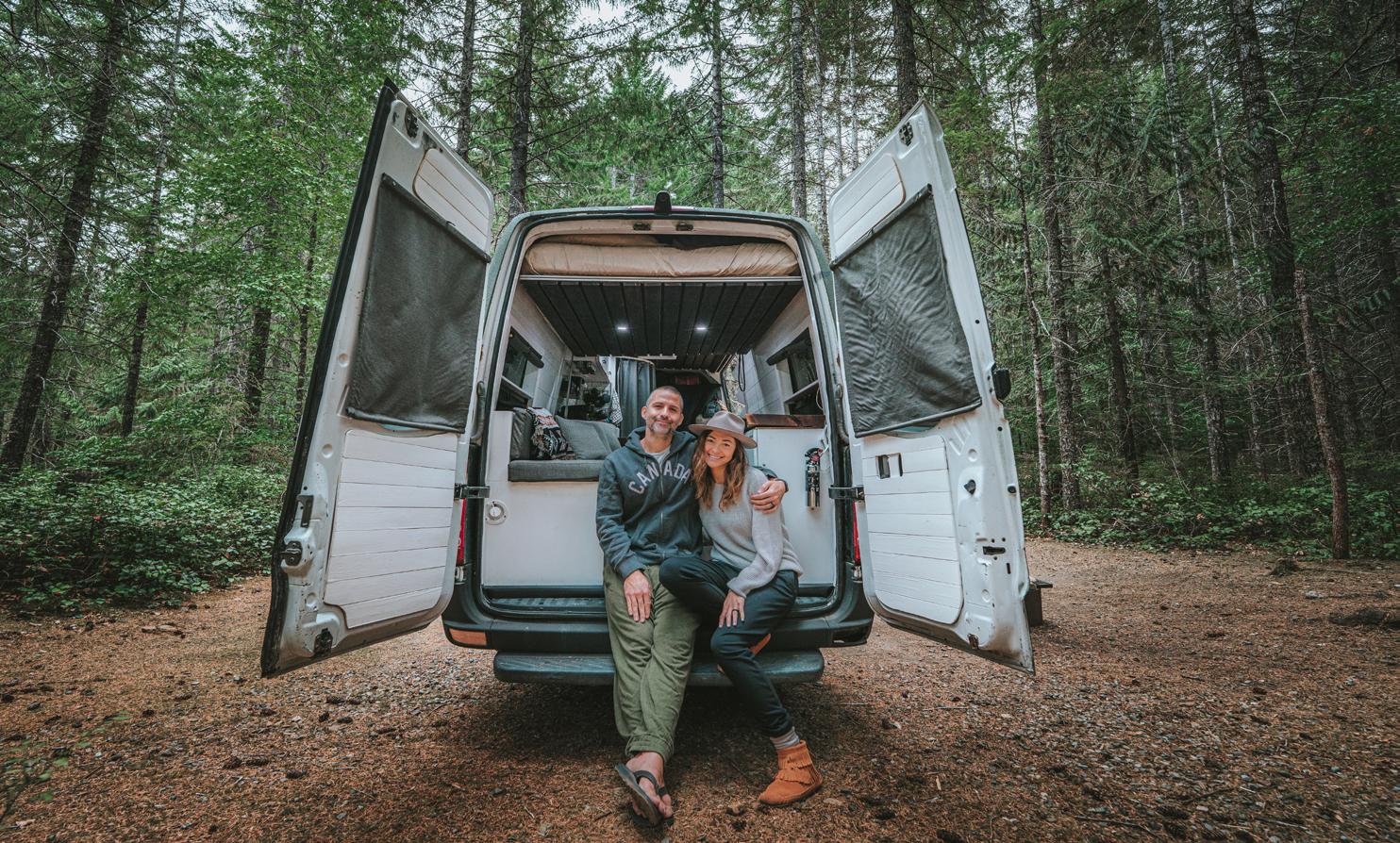
Buying a campervan or renting one might have been a better idea, but I blame YouTube and Instagram; #vanconversion had us hooked on the idea of building one. It took us three months, a whole lot of sweat and a fair amount of tears but we did it.
When we finally rolled out of my parents’ garage, Benji, our 75-square foot home on wheels was more luxurious than many hotel rooms we used to frequent on our travels.
The first few weeks in the van were a bit of a shock to the system. Instagram did a great job at highlighting the beauty of waking up in scenic places but a terrible job of sharing the realities of van life. It was Van Life 101, a crash course in tiny-home living with too many rookie mistakes and plenty of challenges.
But it didn’t take us long to hit our stride. We figured out a way to trade Walmart parking lots for free lakefront campsites, got creative with cooking delicious meals in our tiny kitchen, and learned how to stay connected without churning through $1,000 worth of data on our phones.
The good days outweighed the challenging ones, and the excitement of being on the road again had us rejuvenated.
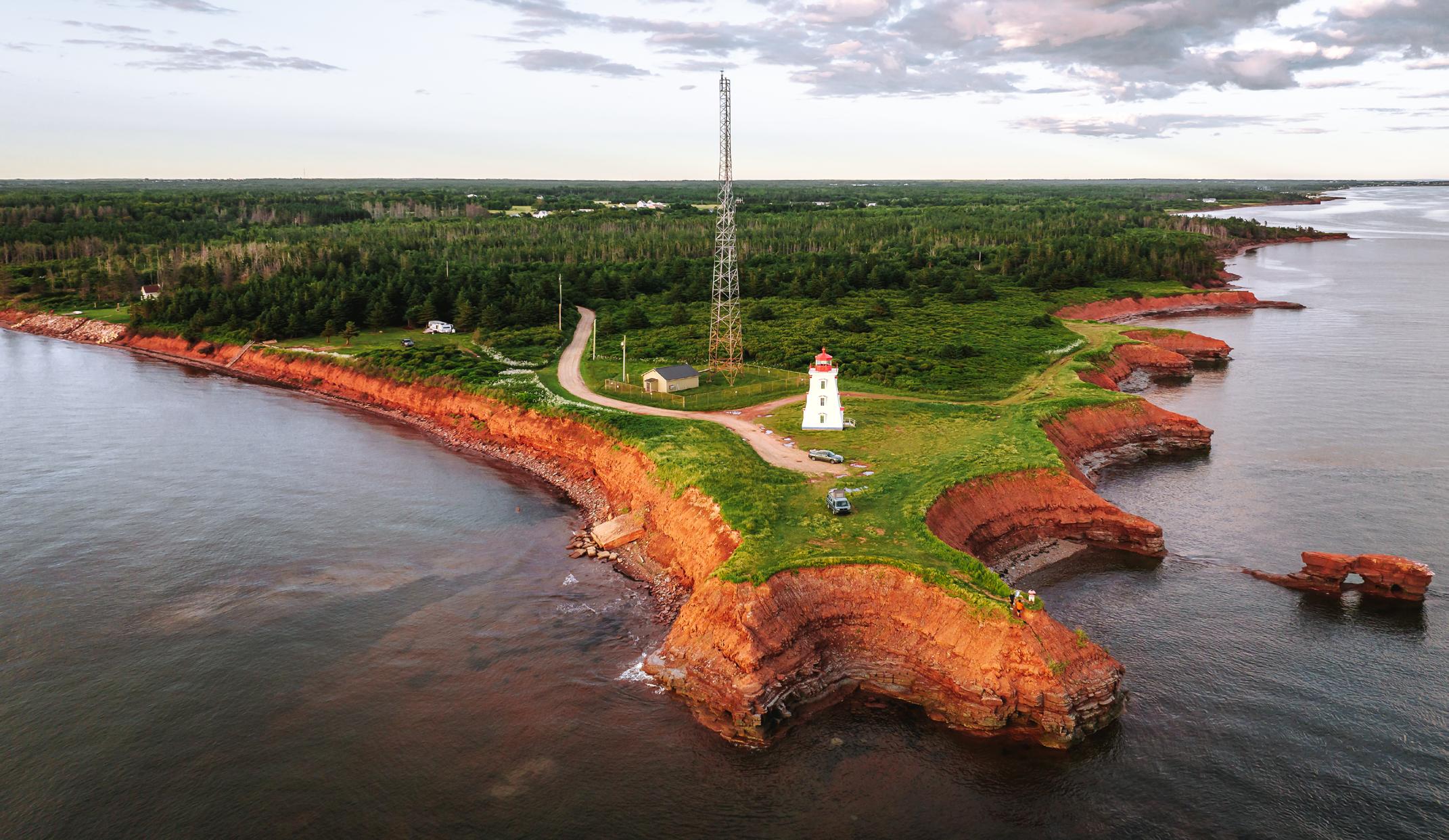
Over the course of more than two years, we traversed almost 30,000 kilometres in our van, visiting all 10 Canadian provinces (the Territories remain on our bucket list). Some destinations and experiences etched themselves into our hearts, forever becoming the most cherished memories from our cross-Canada adventure
I remember the day we set off on a drive along the Icefields Parkway, from Banff to Jasper in the Rockies. It was a typical #vanlife morning, riddled with everyday challenges. We almost turned around and gave up on the day’s plans but instead pulled into a parking lot at Bow Lake for a little breather. We made a cup of tea and opened the back doors of our van to admire the view.
It was there and then that we fell in love with this region. The magical moment brought on by a set of unfortunate events set off the most beautiful day, filled with incredible stops along the Icefields Parkway.
We admired stunning views of mountain peaks, valleys, and roaring waterfalls, hiked through the forest to impressive views of canyons beneath, and listened to the rush of the rivers echoing off of the rocky walls. That evening we watched elk bathe in the cotton candy hues of sunset and spent the night sleeping in the shadow of the Athabasca Glacier.
If there was one dream we had for our Canadian road trip, it was to wake up with wildlife at our doorstep. While building the van, we joked that we manifested the encounter by painting a mural on our van with a family of grizzly bears in the forest. The manifestation worked!
While in B.C., we made our way to a beautiful region of Bella Coola, home to the Great Bear Rainforest that covers 21 million acres on the northern coast of British Columbia.
We timed our visit to coincide with the salmon-spawning season when the bears emerge from the forest and make their way toward the Bella Coola River to feast on the salmon.
They were easier to spot than we had imagined, but the sense of awe during our first sighting, a mom and cubs on the river banks, was indescribable. The bears moved with graceful power, their fur glistening in the afternoon sunlight. It was as if time stood still. We watched in silence as the mother bear skillfully navigated the rushing waters, her cubs playfully trailing behind. They made their way across the river, right past our van and disappeared into the forest.
Setting off on the scenic drive along the Cabot Trail, we found ourselves immersed in a world where rugged cliffs kissed the Atlantic Ocean and vibrant green hues painted the landscape.
We meandered up and down the winding roads, making plenty of stops along the way. We went whale watching and kayaking, tried traditional Acadian food, followed hiking trails that led to hidden waterfalls, and watched a fiery sunset on the Skyline Trail. We could have spent an entire summer cocooned in the hospitality on Cape Breton Island, but our short five-day visit was enough to make us crave more.
Our time in Newfoundland coincided with iceberg season, and our fascination with these majestic ice giants grew stronger with every passing day. One day, while in Central Newfoundland, we joined a local whale-watching tour only to find no whales but to come face to face with a majestic iceberg.
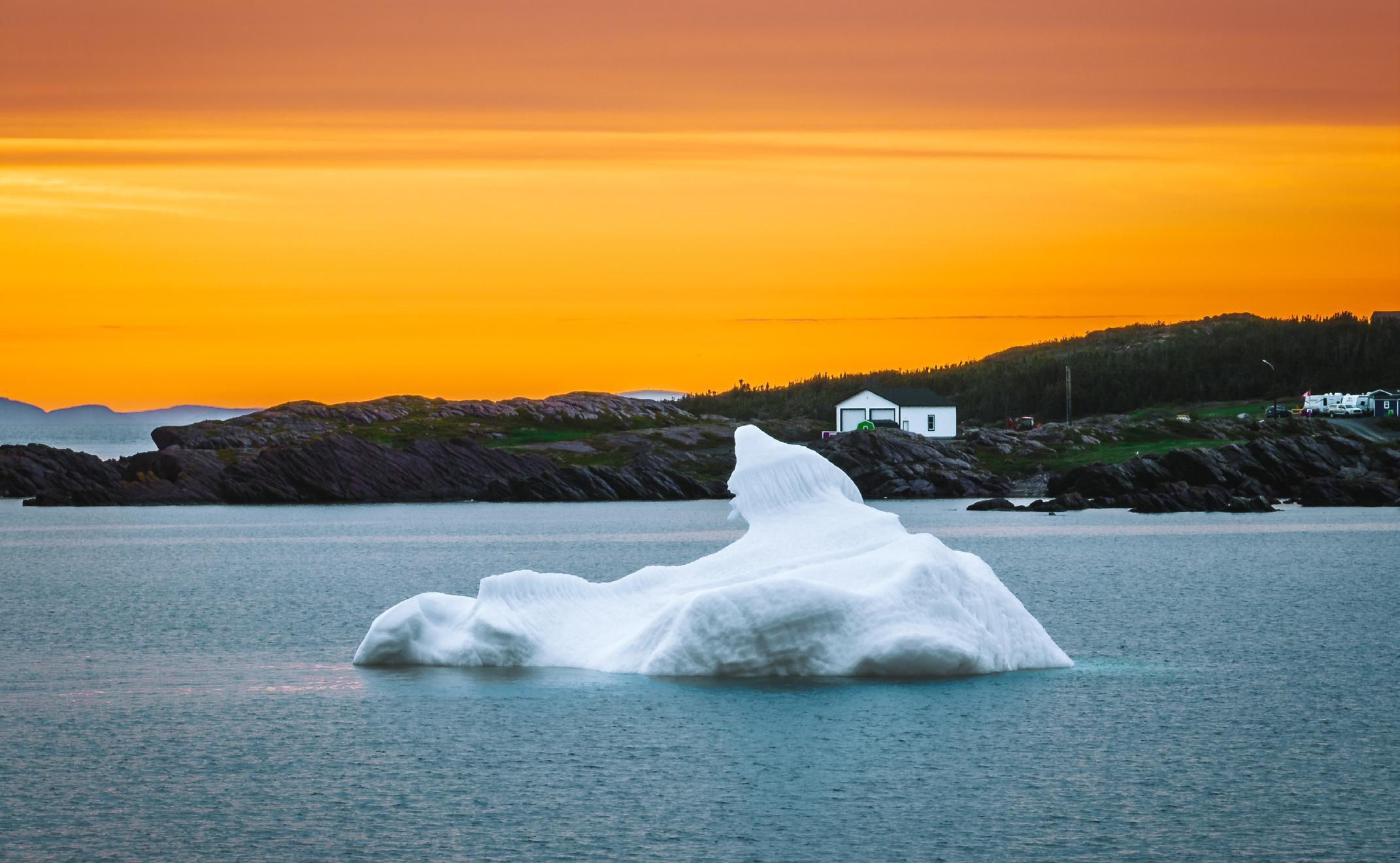
It was a beautiful clear day, and the sun cast a shimmering veil on the iceberg, illuminating the surrounding waters with a turquoise hue. As our boat circled the formation, we admired it in silence, humbled by its presence, a testament to the extraordinary power of nature.
The charming island of P.E.I., with its picturesque landscapes and vibrant coastal communities, was probably the biggest surprise from our time on the East Coast. And it wasn’t just the romanticized Anne of Green Gables charm, although I really did feel like braiding my hair to frolic through the fields, basket in hand.
From the charming streets of Charlottetown to the iconic lighthouses, beautiful beaches, and rugged coastline, P.E.I. offered much more than we expected. It was here that we fell in love with clam digging (yes, it’s a real, local activity in P.E.I.), dug our toes into the softest sand at the Basin Head Provincial Park, and slept inside a wine barrel.
We loved the compact nature of P.E.I. and the fact that we saw it all in just one week, with short driving distances and lots to see along the way. The red dirt roads and rolling green fields dotted with quaint farmhouses and grazing cattle felt like a storybook brought to life.
The more destinations we visited, the more spots were added to our ever-growing bucket list. Spots to come back to, experiences we missed, or ones we wanted to live through again and again. Every photograph we have taken now serves as a reminder of what an incredible destination we call home–one we will continue to explore for decades to come.
A Toronto, ON-based health and wellness writer who is obsessed with telling stories that spark new perspectives on old ideas.
CHELSEA__CLARKE CHELSEA CLARKEAhh, hiking in the great outdoors: connecting with nature on the trail, soaking up the sun through the trees, freezing in uncertainty when you stumble upon a humongous moose… wait, what?
A day spent hiking the trails is sure to net you some breathtaking views, challenging feats of strength, and a rewarding experience in nature instead of slogging it out in the gym. But unlike the gym where you have control over almost every aspect of your workout, hiking demands being ready for the unexpected. From encountering wildlife to respecting the environment, and having the tools to handle unthinkable situations such as getting lost in the wilderness, when it comes to a successful trek, preparedness makes the difference between a memorable day out or a dangerous one. Here’s what to know before you go.
Bird and squirrel watching might be part of your desired itinerary during your hike, but an encounter with wildlife that’s potentially dangerous can quickly turn into a frightening scenario and needs to be handled with caution. “Your first step is to take all necessary precautions to avoid the situation,” says Soren Kruse Ledet, mountaineer and expert guide with World Expeditions. “Keeping a safe distance from wildlife is a safer and more responsible way not to disturb their natural habitat.”
While your response will differ depending on the wildlife you encounter, a good rule of thumb is to give them plenty of space. “Wildlife almost always wants to avoid close contact with humans, so crowding wildlife can lead to dangerous situations,” says Alex Ross, CEO at Fresh Adventures. “Most wildlife feels threatened during an encounter with a human for any of a few reasons: they could be near a food source or with their young, for example. The simplest way to mitigate the danger in these situations is to calmly back away and increase the distance between yourself and them.”
When it comes to snacking on the trail, sustain yourself sustainably with a zero-waste hike. Many of the eco-friendly habits you rely on at home can translate to the trail, such as purchasing locally, dehydrating produce yourself to nix packaging altogether, and choosing lightweight, reusable containers for food storage when needed. Silicone bags are a sound investment that’ll stand the test of time, seal efficiently, and hold up well in hot temperatures. Remember that if you do end up creating waste, what gets packed in must get packed out.
Depending on the type of hike you choose, you may consider bringing
a reusable water bottle that includes its own purification system. This way, you can refill at any fresh water source. Either way, water intake is integral—becoming dehydrated on the trail may lead to confusion and dizziness. To avoid this potentially dangerous situation, plan ahead by pre-hydrating with at least four cups of water prior to your hike, drinking water before you feel thirsty on the hike, and continuing to drink post-hike to replenish your body.
There are some best practices to bear in mind when you’re out in nature and nature calls. Just as the golden rule of handling garbage on the trail is to “pack it out,” the same rule applies when it comes to bathroom-related waste. “There’s nothing worse than travelling somewhere beautiful and then seeing toilet paper strewn about the place,” says Ross, noting that a common misconception is that toilet paper decomposes quickly—when, in fact, the process can take years.
If you’re bringing toilet paper with you, stash it in paper bags that can be put inside resealable plastic bags. The paper can then be burned over a fire or disposed of in a trash can. Additionally, Ross advises finding a spot to do your business that’s at least 60 metres from a water source and digging a hole that’s six inches deep for solid waste if needed.
If you find yourself lost, Ross recommends you stop immediately and assess the situation. Start by combing over questions such as when did you last know where you were, what direction were you headed, and have you lost track of your designated trail. Then, take stock of your surroundings to get oriented: notice the landmarks and use that information to understand your location (is the trail north of a road or west of a mountain peak, for instance), and use accessible sights to interpret further, such as the sun, north star, water bodies, towers, etc.
If the struggle persists, start to consider what your next step would be, such as utilizing methods of communication or planning to set up your available gear to spend the night and regroup the next morning. “It's generally recommended to stay put when you are lost. Wandering off in any wild direction can lead to becoming much more lost and could reduce the chances of being found by someone,” says Ross.
If there's one seasonal rule that unites Canadians, it's that the brevity of summer is not to be wasted. As you aim to soak up every moment of outdoor life and keep those memories close before it comes to a toosoon end, remember that the go-with-the-flow lifestyle doesn't pair well with hiking adventures. So before you hit the trails, channel your inner boy scout: always be prepared.

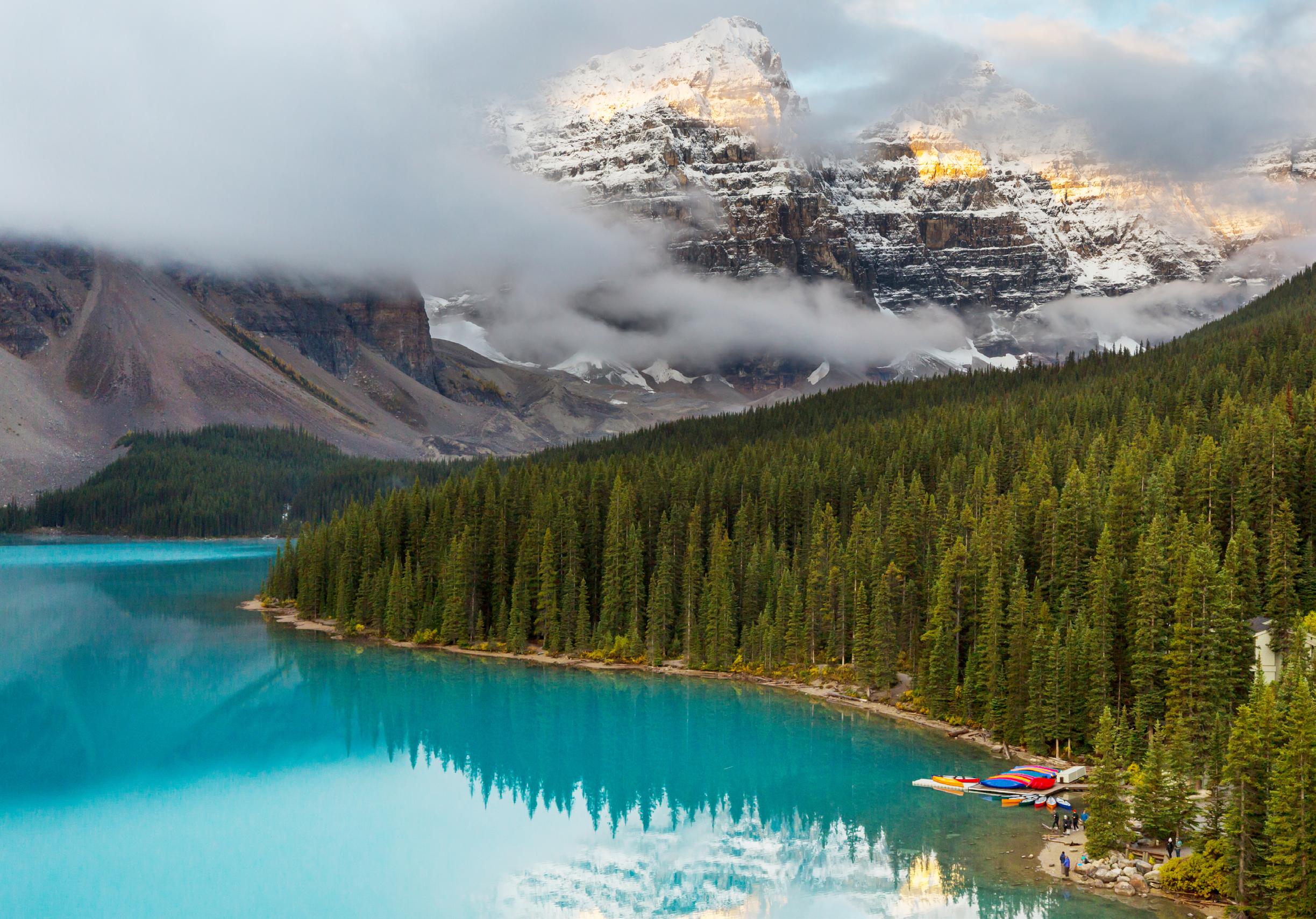 BY IRIS CLAMOR
A journalist and creative writer moonlighting as a web content editor, based in Calgary, AB. IRISCLAMOR IRIS CLAMOR
BY IRIS CLAMOR
A journalist and creative writer moonlighting as a web content editor, based in Calgary, AB. IRISCLAMOR IRIS CLAMOR
Our planet is the gift that keeps on giving. From stunning vistas to deep canyons, windswept coasts to ancient ruins, some of the most spectacular views this earth has to offer can only be accessed by foot.
Download
Indeed, it’s called ‘hiking’ for a reason—because it guarantees the most natural highs and will have you feeling like the king of the world each time. So we’ve put together a list of the world’s best hikes to inspire you, whether you’re a novice hiker, advanced explorer, or somewhere in between.
The Dolomites, Italy
120 km | Intermediate
The Alta Via 1 is a remarkable hiking route that weaves through the famed Dolomites mountain range in Northern Italy for 120 kilometres and takes approximately 10 days to complete. However, it is a fairly approachable hike for those looking to get acquainted with multi-day trekking, with marked hiking paths and quaint mountain huts set in the route’s more idyllic spots, so hikers can enjoy a cozy retreat and a taste of the local cuisine.
The Alta Via 1 showcases the Dolomites’ iconic jagged peaks, vertical rock faces, and picturesque valleys, providing hikers with breathtaking panoramic views at every turn. The physical challenge is rewarding, and the hike also allows hikers to connect with nature and soak in the raw beauty of the Dolomites.

Banff National Park, Alberta, Canada
103 km | Advanced
A UNESCO World Heritage site and Canada’s oldest national park, Banff lays claim to the Canadian Rockies in Alberta. Adventurers come from all around the world to experience the Banff Highline Trail, which is made up of a series of trails that will have hikers traversing a large portion of the national park.

Trekkers can expect to hike through dense forests, walk through vibrant wildflower meadows, conquer jagged mountain peaks, take in glacial plains and high alpine lakes, while never running out of great views.
This advanced trail will take about a week to complete, starting at Vista Lake and terminating at Shark Mountain. All the while, Mount Assiniboine, the Matterhorn of the Rockies, looms watchful of your progress. ➝

Hong Kong
8.5 km | Beginner
Hong Kong’s concrete jungle may seem like the last place on earth where a great hike can be had, but the Dragon’s Back begs to differ. This popular day hike offers a unique escape from the bustling city and provides stunning panoramic views of the surrounding landscape and city. The trail starts at Shek-O Road and follows the undulating ridgeline of the Dragon’s Back mountain, with breathtaking views of the South China Sea. The hike ends at Tai Long Wan Beach, where hikers can cool off with a well-deserved swim.
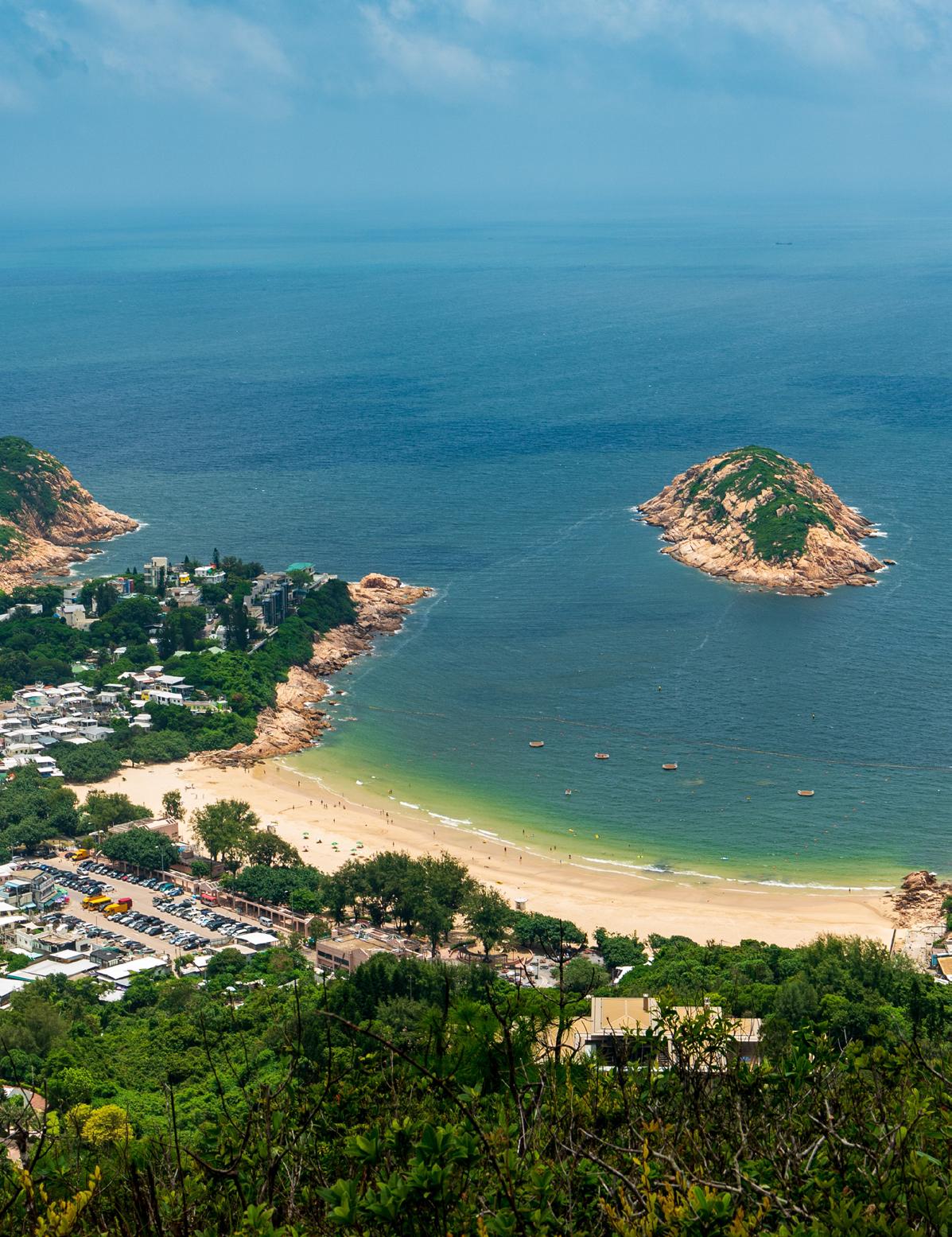
The trail offers a perfect balance of challenging sections and leisurely paths, making it suitable for hikers of various fitness levels. Along the way, walkers can pause at picturesque lookout points.
Cape Broyle, Newfoundland and Labrador, Canada
336 km | Beginner
The East Coast Trail stretches 336 kilometres along North America’s easternmost coastline. If you’ve never been to the spectacular province of Newfoundland, this is the perfect way to experience it. The trail offers a unique opportunity for hikers to revel in Newfoundland’s rugged and picturesque coast while traversing deep fjords, dramatic cliffs, pristine beaches, and towering sea stacks while taking in the panoramic views of the Atlantic Ocean.
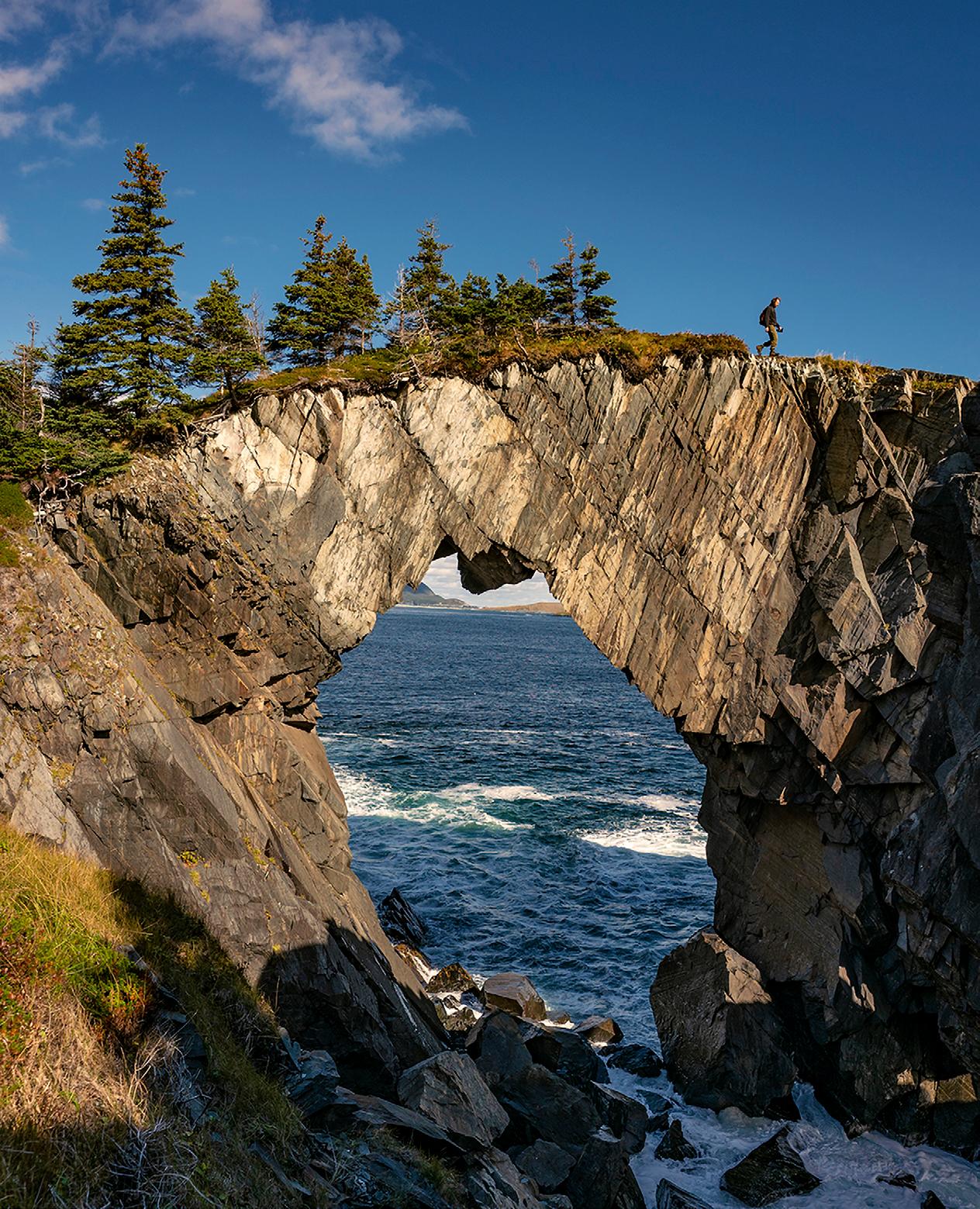
Along the way, hikers can discover charming coastal communities, historical sites and diverse wildlife. Keep your eyes on the ocean for whales and icebergs!
Whether exploring a short section of the trail or embarking on a multi-day trek, the East Coast Trail promises unforgettable encounters with nature’s beauty and the chance to connect to the wild wonders of the Atlantic coastline.
Nepal
130 km | Advanced
Few hikes are as famous and as challenging as the Everest Base Camp hike, with thousands of people from around the world flocking to Nepal to have their own Himalayan adventure. The trek to Everest Base Camp is both challenging and rewarding, taking hikers through remote Sherpa villages, lush valleys and towering glaciers.
Along the route, trekkers pass through vibrant prayer-flag adorned monasteries, encounter friendly locals, and gain insights into the rich Sherpa culture.
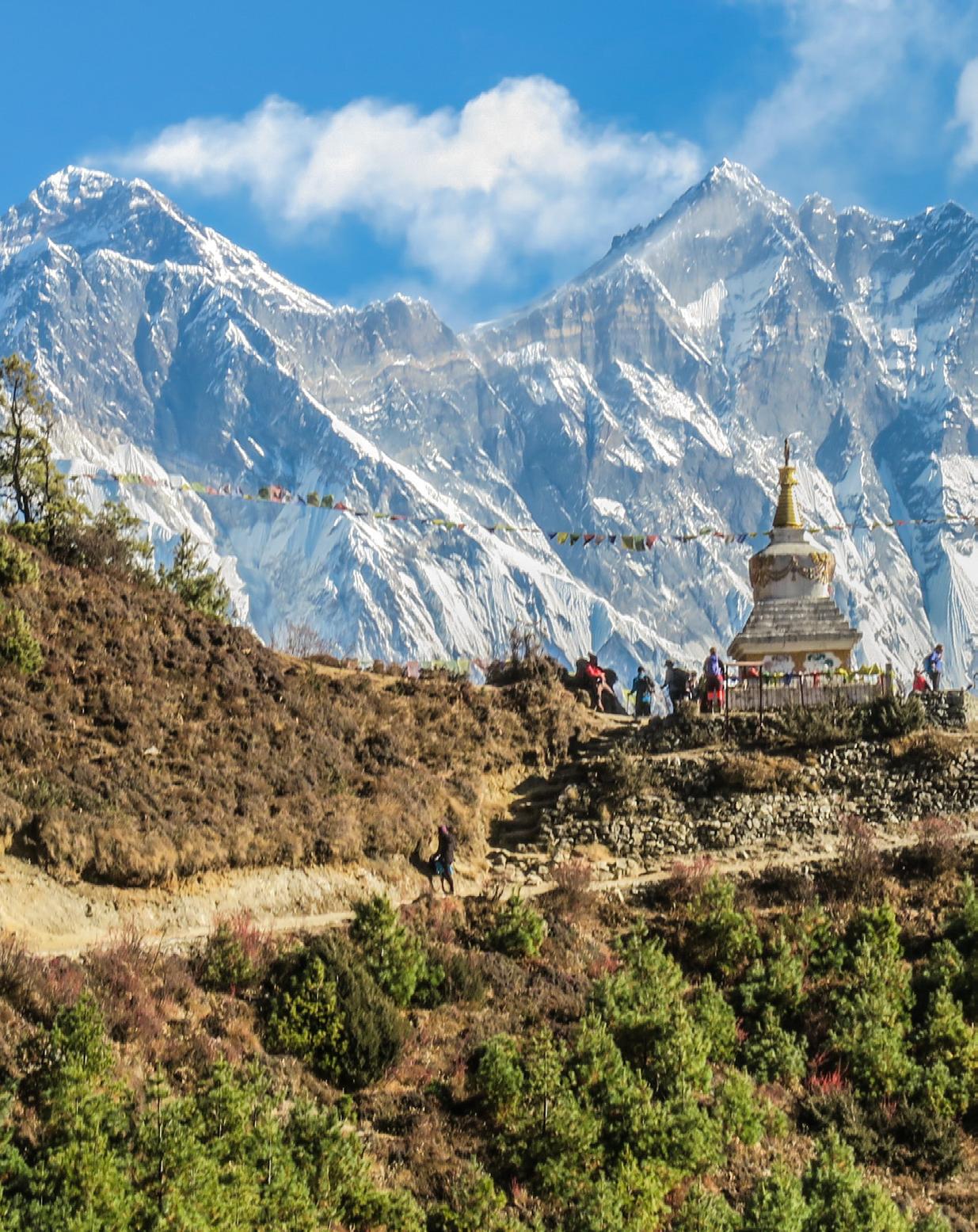
Hikers can expect to spend up to two weeks on this physicallydemanding trail. As most of the trek is at high altitudes with a maximum elevation of almost 5,500 metres, hikers should be properly acclimatized before beginning their trek.
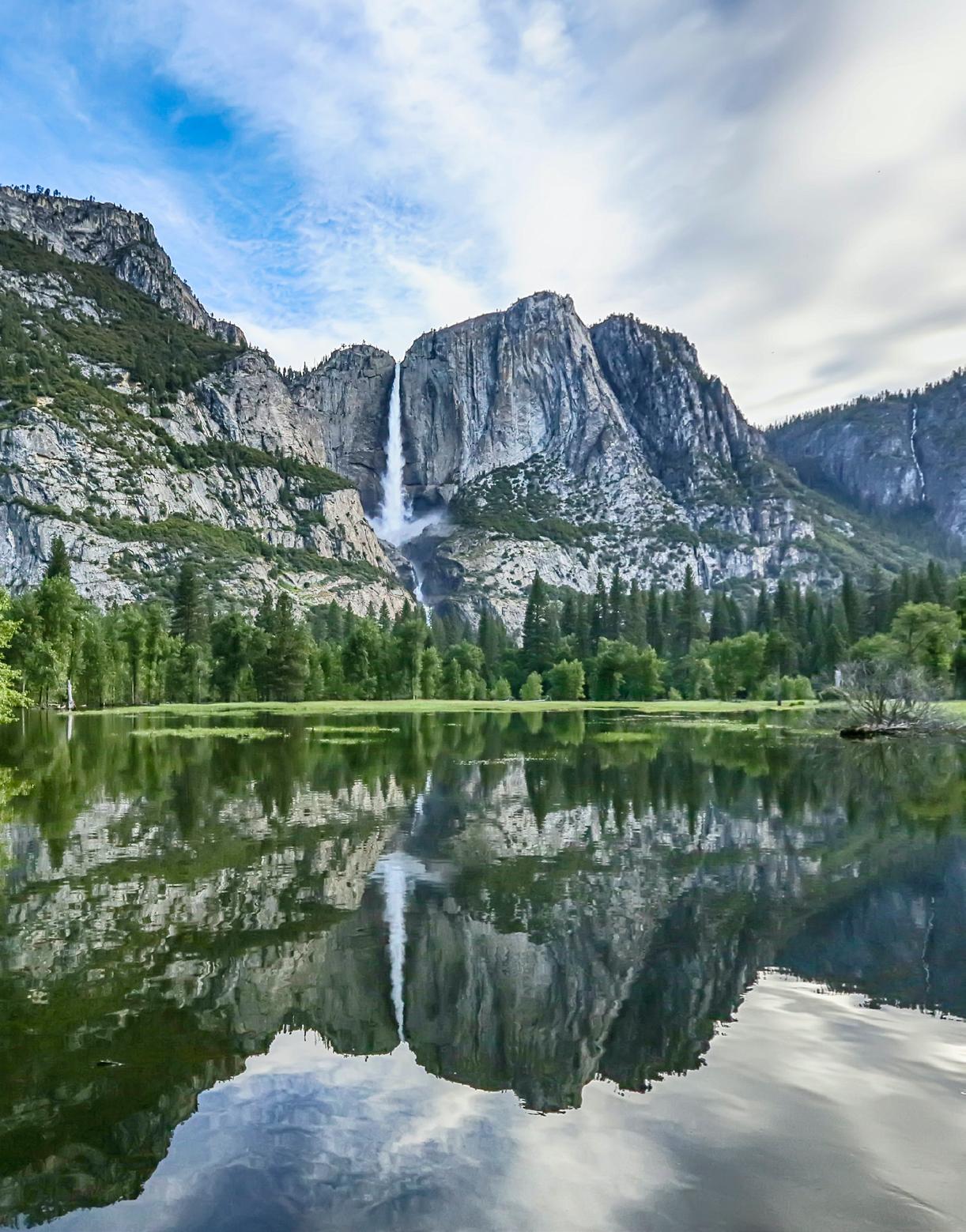
California, U.S.A.
327 km | Advanced
John Muir spent his life advocating for the preservation of America’s wilderness, making him the Father of National Parks. It’s only fitting that one of the country’s most challenging and popular trails is named after him.
The John Muir Trail covers what is arguably the most beautiful mountain landscape of the continental United States. It cuts through the historic Yosemite Valley, then heads up through the High Sierras and ultimately summits Mount Whitney’s 4.5-kilometre peak. It also traverses the famed Sequoia National Park where the largest trees on the planet can be found.
It takes approximately three weeks to cover all these. But with multiple exit points along the way, hikers have the option to take in as much as they are able. ➝
5Thórsmörk,
55 km | Intermediate
The Laugavegur Trail is one of the most popular and challenging trails in Iceland due to its mesmerizing route that takes hikers through the country’s most extraordinary and diverse landscapes. Starting at Landmannalaugar, you will pass through Iceland’s volcanic wilderness, seeing rhyolite mountains, steaming hot springs, lava fields and glaciers along the way.
The trail’s challenging terrain, ranging from steep ascents to river crossings, requires physical stamina and careful navigation. However, the effort is richly rewarded with natural beauty and untamed terrain.
This route is a well-loved area for backpacking and camping, so expect to meet other adventurers along the way. If you’re feeling even more adventurous, continue onto the Fimmvörðuháls Trail, which offers dramatic scenery and panoramic views of the surrounding glaciers.
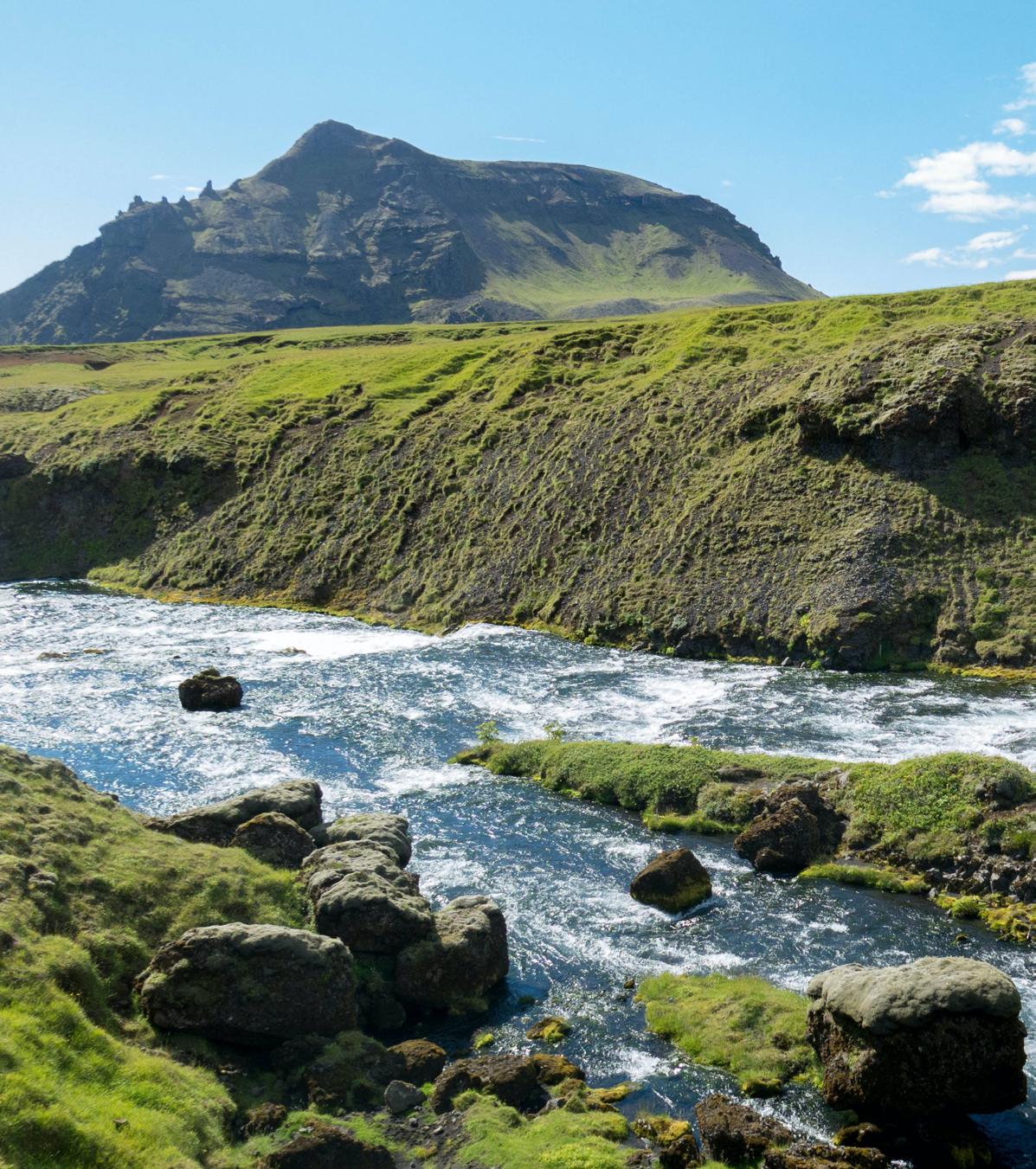
8
Sierra Nevada de Santa Marta, Colombia
44 km | Intermediate
A hike in La Ciudad Perdida—the Lost City—is a journey back in time. The 44-kilometre trail takes hikers into the heart of the lost city of Teyuna, said to be founded a good 650 years before Machu Picchu.
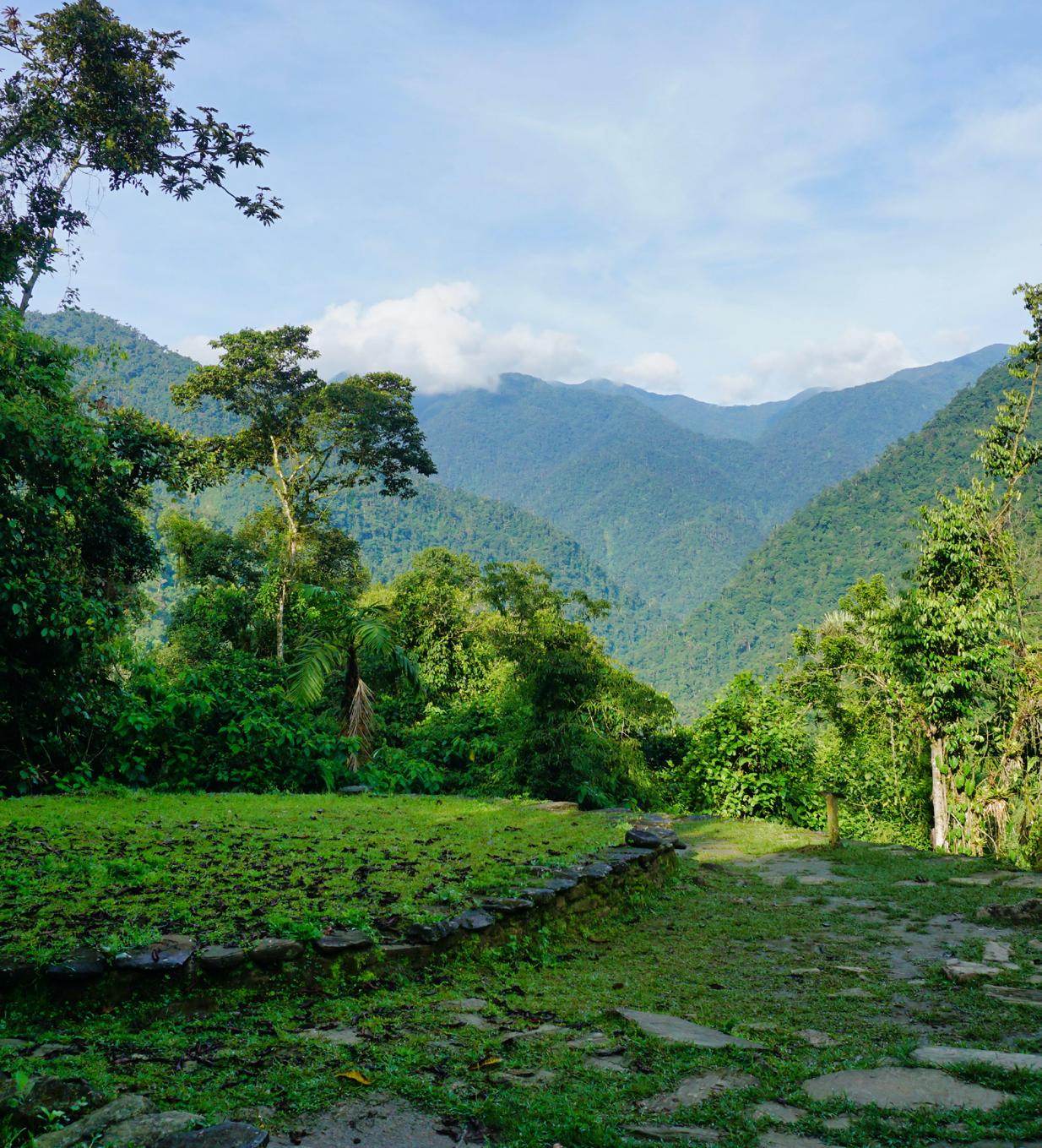
It’s a hot and humid trek through muddy jungle trails, so it’s best done between December and March when the region is dry and cooler. This challenging trek follows an ancient stone path known as the Camino de la Cienaga, leading to the enigmatic Ciudad Perdida, or “Lost City.”
The active archaeological site features 169 terraces carved into the mountainside and ancient tiled roads and plazas. Hikers also trek through indigenous villages. Visitors are guests in sacred tribal land, making it a culturally sensitive tour. ➝

North Island, New Zealand
19.4 km | Intermediate
One of the world’s most renowned hiking trails, the Tongariro Alpine Crossing is located on New Zealand’s North Island. And if you find yourself nearby, it can’t be missed. Book a shuttle to the trail head from Whakapapa, National Park Village, Turangi, Taupo or Ohakune to begin this wondrous hike.

The trail takes hikers through an otherworldly terrain of active volcanoes and ancient lava flows. Pass through the vibrant Red Crater, an otherworldly expanse offering panoramic views of the surrounding mountains. Then climb to the highest point of the trek before being rewarded with the view of the emerald lakes below.
This one-day hike isn’t for the faint of heart. Weather conditions can be unpredictable in the area, so adequate preparation is a must.

Patagonia, Chile
80 km | Intermediate
This is one of the most iconic hikes in the world, and you might be happy to hear that it is not overly strenuous or challenging. If not for the sheer length and the commitment of it—approximately 80 kilometres, which is about a three- or four-day hike—it can even be considered beginner-friendly. Improvements to the trail have made it more accessible—you won’t even have to carry your own gear as there are now services for that.
The main draw is having the jagged towers of the Torres in view throughout the trek. Hikers will also encounter glacial lakes, rivers of ice, and meadows. Of course, being deep in one of the world’s most remote places is also a great sell.


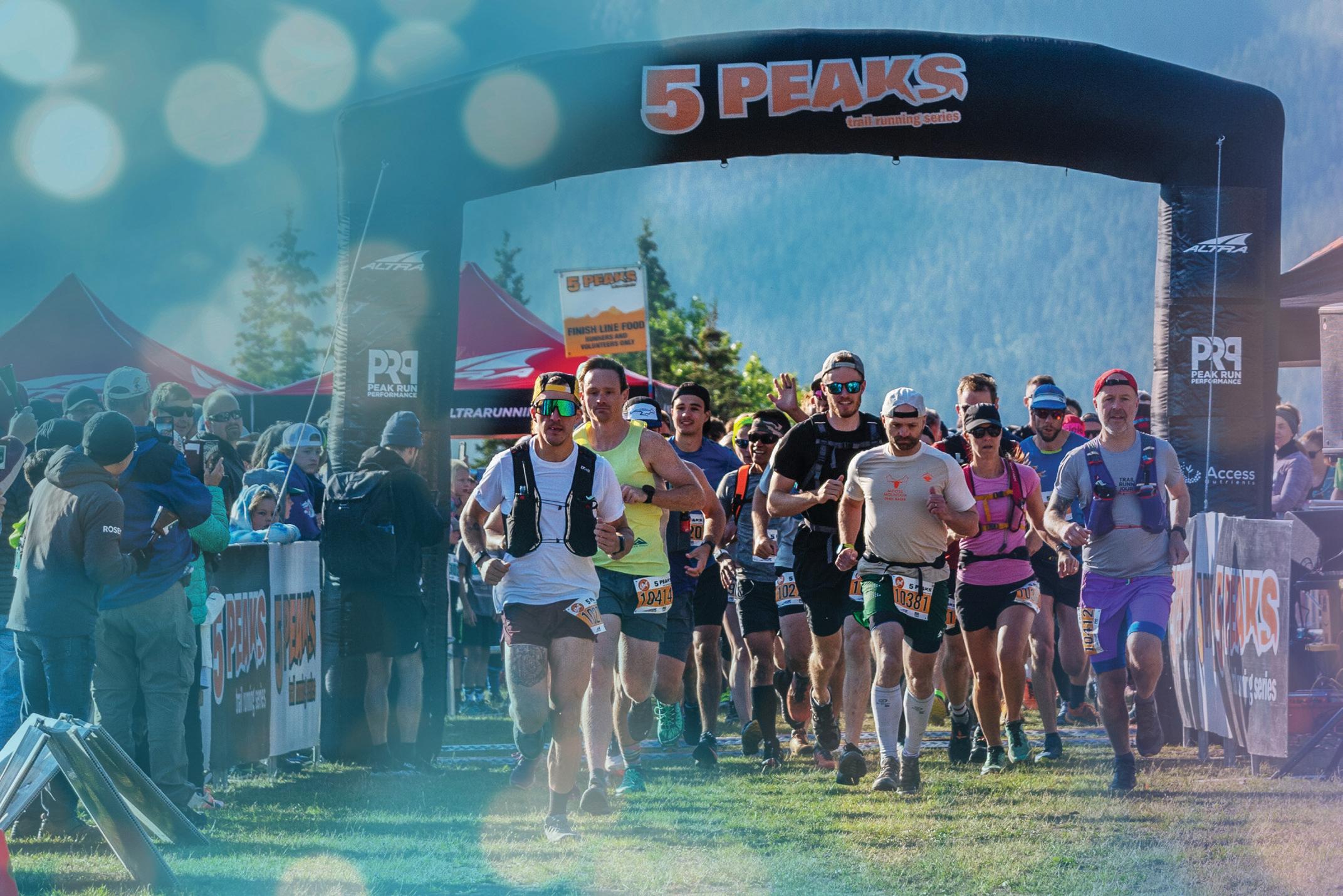
A long-time elite adventure athlete who calls Vancouver Island, B.C. home. She is a certified ACMG guide and is continuously on a mission to explore and experience more.

JENSEGGER
The warm summer temperatures have arrived, and I’m certain we are all deep into enjoying these precious few months that see us stepping out into nature, breaking free from normal activities and exploring more of the outdoors.
Dry trails and snow-free mountain tops seem to have quick expiration dates. So, what if you could move faster and see more on each trail adventure? Well, fastpacking might be your ticket to longer days with more mileage and a lighter load.
The combination of moving “fast and light” is where traditional backpacking meets trail running. While not necessarily a new way of movement, fastpacking has risen to the forefront of trail enthusiasts over recent years. Realizing that enjoyable overnight and multi-day trail adventures can take place by only carrying the necessary gear to keep safe and warm and adequate amounts of food to fuel the effort has redefined what is possible.
Ultrarunners have gravitated to fastpacking as a way to spend many hours moving along a trail. Backpackers have started to rethink what goes into their packs, ditching some of the “luxury” items to hone in on only the essentials. The result? The ability to travel much faster across terrain, either by hiking faster and further or for the runner, using a hike/run approach.
There is no right or wrong way to fastpack, and this is the beauty of it. Sometimes these adventures are self-supported using a lightweight tent and sleep system. Other times, huts or backcountry accommodations might be available, and you can leave your shelter system at home and carry only clothes, food and safety essentials. Some great routes also exist where purchasing food and supplies along the way is an option, significantly reducing the weight of some of the heavier items in our pack. The bottom line is, travel light, travel fast, travel far!
The first step in planning a fastpacking adventure is to begin with a trail or route that intrigues and inspires. Then consider the following as a starting point to help determine what and how much gear is necessary:
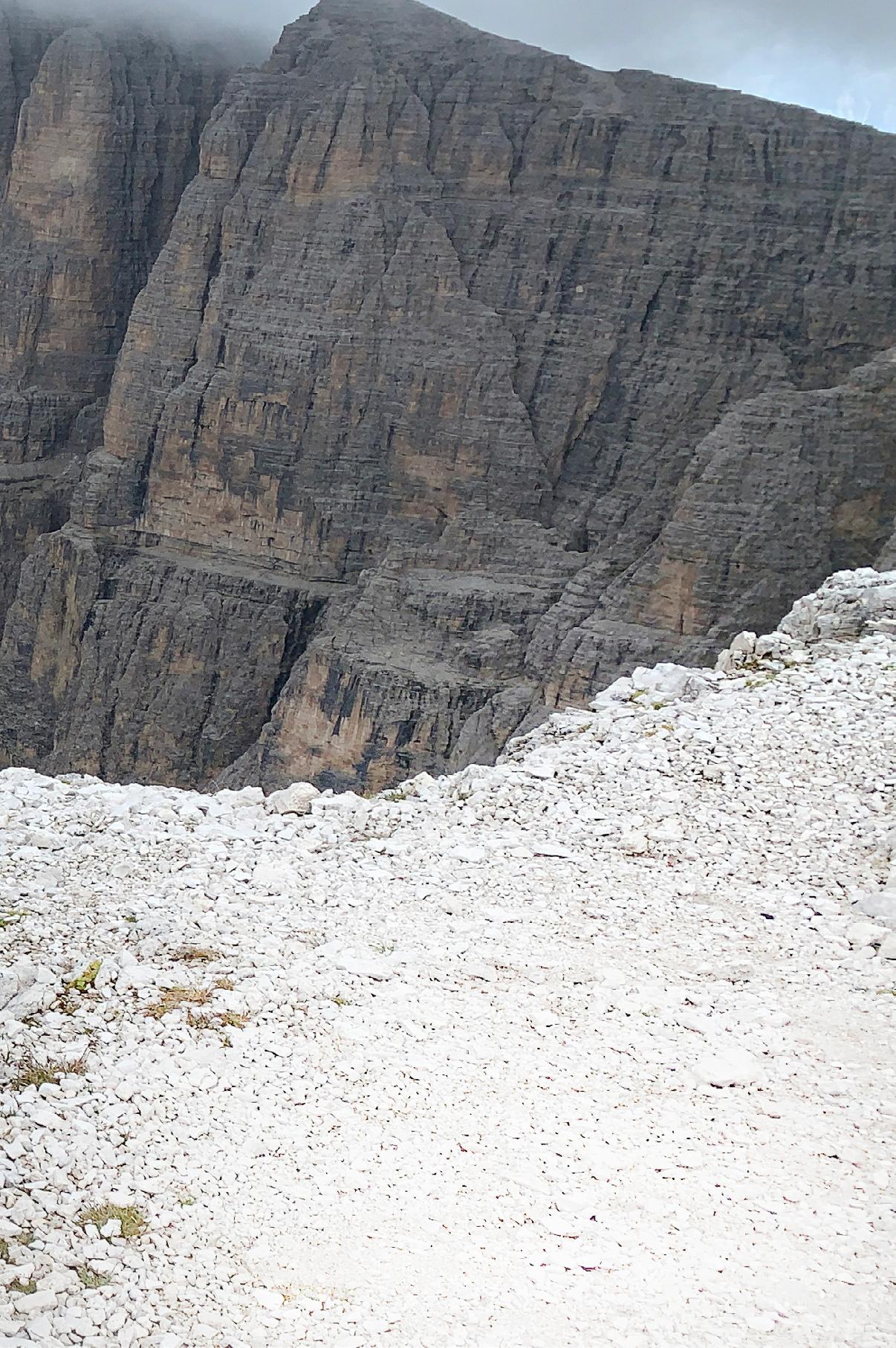
• Total distance (factoring in elevation gain and loss)
• Trail quality (established, non-existent, and technicality)
• Navigation and route finding
• Weather forecast and day/night temperatures
• Your fitness level and ability to move quickly in a given terrain
• Accommodation/shelter type (tent, mountain hut or lodge etc.)
• Plan meals, snacks and if a cooking system (stove, fuel etc.) is needed
• Access to water
• Safety plan and communications
Gear choice will be of utmost importance. What is necessary and what is a luxury? Thanks to huge advancements in equipment, gear is not what it used to be. New fabrics and materials make our equipment and clothing lighter and more packable. Can you bring one small, collapsible bowl and use it as your coffee cup as well? Are dry conditions expected and could one pair of socks work for three days on the trail? How about going without hot liquids for a day or two and leaving the stove behind?
Having the right backpack will also make a big difference in terms of comfort, quick access to essentials throughout the day and allowing you to run, move swiftly and minimize stopping. The bag should fit well without hurting the shoulders or squeezing the chest and be just large enough to carry what you need.
Safety, as always, should be your number one concern in the outdoors. How will you communicate should an emergency occur? What is the size of your first aid kit? Would it be wise to carry bear spray? Quite often, these items become shared and dispersed amongst the group members if the fastpack is not solo. Finding the balance between items to keep you safe (InReach device, space blanket, extra warm layers) should be carefully considered and first in your pack.
I’ve been fortunate over the decades to embark on many fastpacking trips, embracing a simple yet enjoyable way of being on the trail. Although an ultrarunner at heart, I am drawn to extending trips into multi-day adventures and making long and rugged trails shorter timewise. British Columbia favourites over the years include the famous 75-kilometre West Coast Trail as a two-day/one-night trip, fastpacking hut to hut in the Esplanade Range and travelling camp to camp in the South Chilcotins.
So, as you start to dust off your gear and get ready for summer, consider necessity over luxury. Maybe begin your entry into the fastpacking world by taking on a trail that you are familiar with already. And remember, the lighter the load you carry, the more energized you will feel as the kilometres tick by. It might mean not having marshmallows to roast around the evening campfire but in exchange, you might be able to bag an extra peak or do some added miles. The choice is yours!
Happy fastpacking!
Based in Calgary, AB, practices sport and exercise medicine at the University of Calgary Sport Medicine Centre. Canadian team physician at 2008, 2010 and 2022 Olympic Games and 2003 Pan Am Games.
Travelling overseas for a race or a sports tournament can be exciting and daunting for an athlete. Giving yourself adequate time to prepare is key to ensure a safe and successful time abroad.
Just as we can never predict what may happen in our own country, it’s important to be informed when travelling abroad. Be informed about natural emergencies, political instability or health-related situations in the cities you are travelling. Websites such as the Government of Canada (travel.gc.ca), CDC (nc.cdc.gov/travel/) and WHO (who.int/travel-advice) as well as your local travel clinic are excellent resources for up-to-date travel advisories.
Getting injured is stressful enough but having an incident overseas can upend a trip. Canadian provincial healthcare plans do not cover medical services that are provided outside of the country while travelling. Since it can be very expensive to receive medical care outside of Canada, it is strongly recommended that travellers purchase adequate travel medical insurance.
Check with your doctor or local travel clinic to ensure you have the necessary vaccines to keep you safe abroad. For adults, the vaccinations that are recommended for general health are tetanus boosters every 10 years and the yearly flu vaccine. For travel, hepatitis A and B are recommended and you may want to ensure you have the latest COVID booster, depending on which country you are visiting. Other vaccinations are destination-specific: traveller’s diarrhea, cholera, rabies, typhoid fever, and yellow fever. Keep in mind that these vaccinations may require multiple doses given weeks to months ahead of travel, and the cost is not usually covered by provincial health plans. Some countries require proof of vaccination prior to entry (e.g., yellow fever in Congo). There are many smartphone apps that allow tracking your immunizations (e.g., CANimmunize).
It takes about one day of resynchronization for each time zone that one travels, especially when covering more than four time zones travelling westward or more than three time zones travelling eastward. The following tips will help you reduce the intensity and duration of jet lag.
• Adjust your sleep schedule to match the time zone of your destination at least a few days prior to departure. If travelling eastward, go to sleep and wake up earlier. If travelling westward, go to sleep and wake up later.
• Don’t assume you will “rest” while you are travelling. Lighten your schedule several days prior to your trip and get a good night’s sleep especially if you have a long flight.
• Adjust your watch to the time of the destination and match your sleep/wake activity according to the destination time.
• Aim the overhead air vent towards you to maintain air circulation around your face.
• Stay active during the flight by moving around the cabin and stretching.
• Taking a prescribed short-acting sedative (e.g., zopiclone) can help you stay asleep during the flight if needed.
• Stay well-hydrated and avoid excessive alcohol and caffeine as they can disrupt your sleep patterns and dehydrate your body.
• Adjust your activities and meals to match the local time.
• Get exposed to outdoor light and avoid taking naps during the day.
• For insomnia, take melatonin or a prescribed short-acting sedative (e.g., zopiclone).
• Using a light therapy device can help with resynchronization. These devices usually have web-based jet lag “calculators” that teach you how to schedule light exposure to help with resynchronization.
Deep Vein Thrombosis (DVT) can be a consequence of flying long distances. The risk factors for developing a clot in the deep veins of the legs include travelling more than four hours, age over 40, taking oral contraceptive pills, pregnancy, varicose veins, obesity, and having a clotting disorder. Ways to minimize the risk of DVT include:
• Taking regular walks, isometric contractions of the thigh and calf muscles, and calf raises
• Staying hydrated
• Knee-high compression stockings
• If at high risk, a blood thinner medication could be considered
You have arrived at your destination and it is hot. How do you acclimatize? It takes four to seven sessions of exercise for one to four hours per session for the body to acclimatize to exercise in the heat. Determining the volume of fluid replacement to prevent dehydration and heat injury can be challenging as sweat rates are influenced by factors such as duration and intensity of exercise, weather conditions, clothing worn, individual sweat rate and level of acclimatization. An individual’s sweat rate can be estimated from changes in body weight (BW) before and after exercise: [(pre-exercise BW – post-exercise BW (grams)) + drink volume (mL)] / time (hours) = fluid loss (ml) per hour.

It is recommended to maintain hydration levels to prevent more than two per cent loss of body weight. Although one should aim to replace 100 per cent of their fluid loss, a loss of up to three per cent of body weight does not affect athletic performance. Avoid excessive hydration to the point of gaining weight with just water or low-electrolyte drinks as these are risk factors for hyponatremia.
Although travel is exciting and enriching, not all aspects of it are glamorous. To ensure your trip is as seamless as possible, it’s all about preparation and education. Be informed before you go and prepare for discomforts while abroad for a more positive experience.
Focus on improving circulation, fortifying your immune function, and resetting sleep wake cycles. Start at least a month to 2 weeks before travel.
Understand risks: know what diseases are present in the region and know the climate you are traveling to. Health Canada offers travel advisories and outlines potential risks to travellers, be sure to look at these before you go. Know what immunizations will be needed, especially if traveling to high-risk areas. The Health Canada site offers guidance and a travel immunization clinic can assist you.
Traveling can mean jet lag for some. Especially travelling across time zones east to west. There are things you can do to lessen the impact.
Upon arrival get as much natural light as possible if arriving in the daytime. If you arrive in the evening, then avoid stimulants and keep light exposure low. Consider taking AOR Ortho Sleep about 1 hour before you plan to sleep.
Get some compression socks for long haul flights and make sure you are doing simple leg exercises every 45 min to avoid varicose veins. Foods that promote good circulation include: fish, garlic and onions, blueberries, grapes and herbal remedies such as gotu kola, gingko and horse chestnut.
Airborne illness is very common in confined travel of airplanes, boats and trains. Add in the antioxidant NAC for respiratory support. Practice good disease prevention practices: cough and sneeze into sleeves, wash hands, clean surfaces, avoid sharing food, drinks and saliva.
Ensure you are getting adequate protein of 1.2g/0.8g per kg of body weight for males and females, respectively. Consider taking AOR Zinc-Copper Balance and AOR Vitamin C along with increased consumption of leafy green foods.
Proper sleep and staying well hydrated with fresh filtered water before you go will help fortify your immune system.
Eye mask
Airplane foot sling
Noise canceling headphones
Probiotics
Digestive enzymes
Nausea relief
Compression Socks
Water bottle
Water purifier for travel
Sunscreens
Antimicrobials
Electrolytes
B vitamins
Mosquito spray
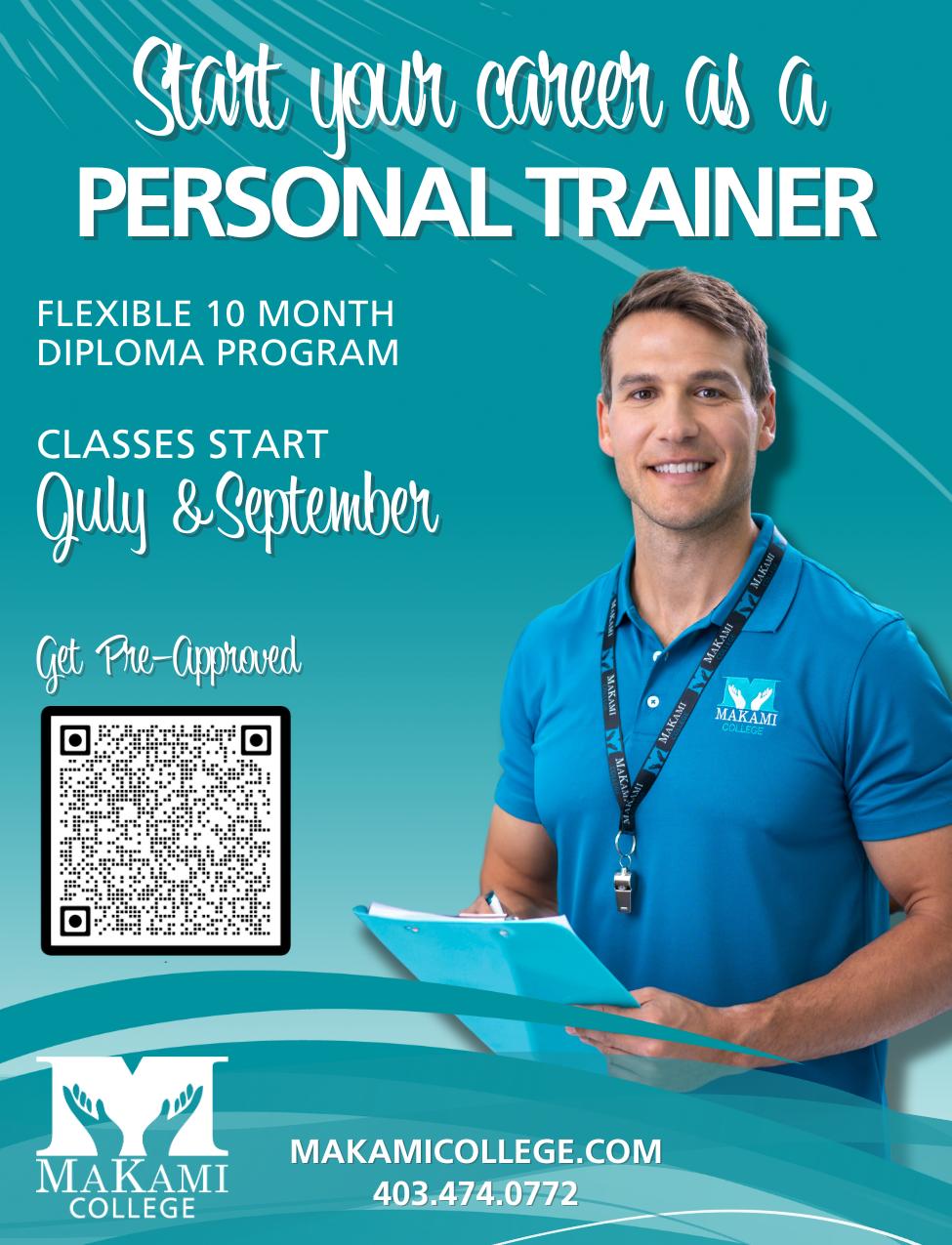





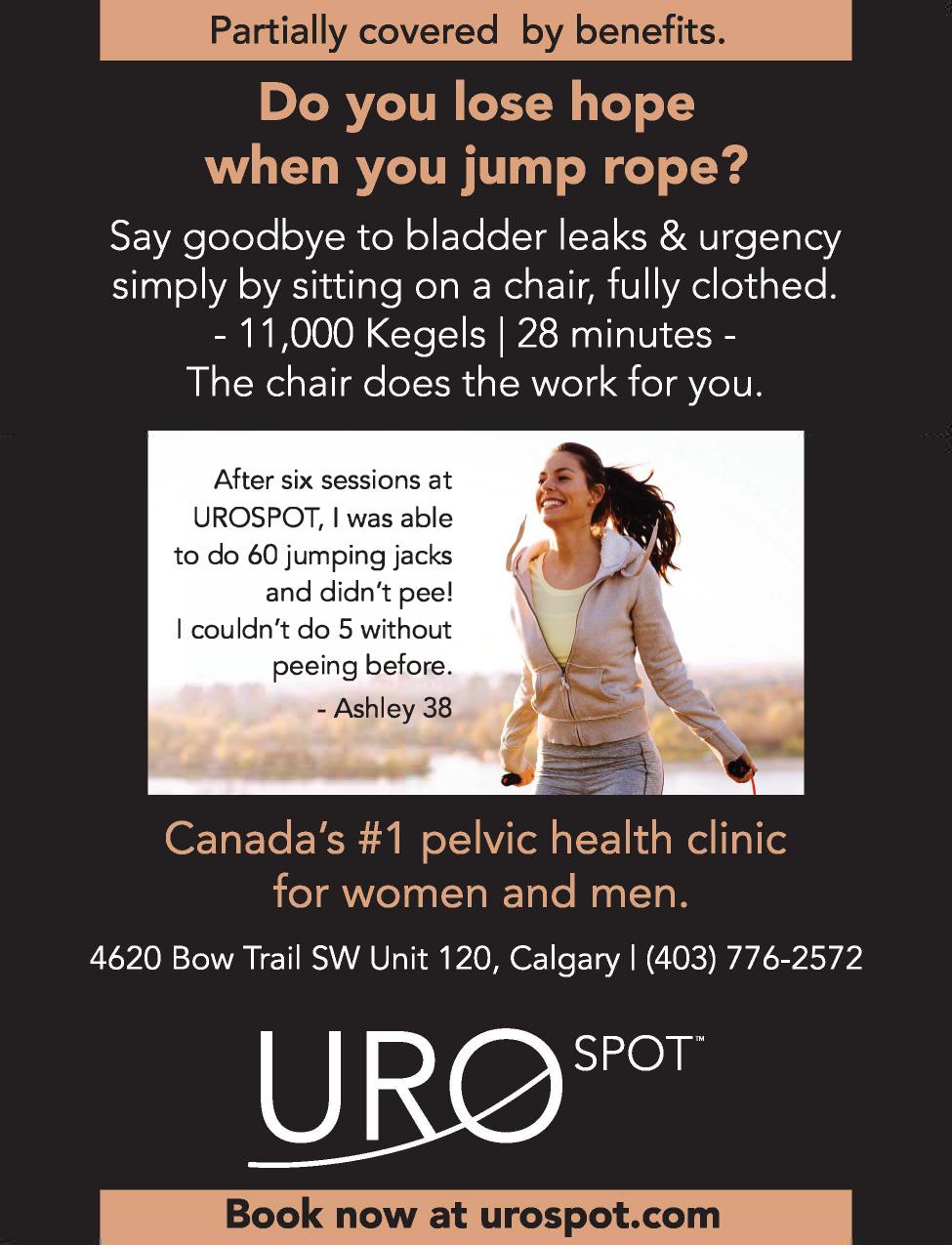
An assistant professor in the School of Kinesiology at the University of the Fraser Valley, B.C.
When the WeatherCan air quality alert flashes the number seven, a heavy feeling in my stomach takes hold. It clearly doesn’t understand me or my circumstances when it tells me to consider rescheduling strenuous activities outdoors. It doesn’t know that for some of us, being outdoors is integral to our well-being. It doesn’t know that moving outdoors may be our only option to get to work or that I’ve been training for months for a race, and I really need to get this session in. So, what should I do?
Typically, in Canada, we’re lucky enough to have good air quality. In fact, most Canadians live in areas where air pollutants are lower than air quality standards. In other parts of the world, where air quality is poorer, these standards are often exceeded.
We know that air pollution is bad for our health because when we inhale the mixture of gases and particles, it can affect our lungs, our heart, our brain, and many other systems in our body. In fact, air pollution is one of the leading causes of death. But given that most of us don’t have the luxury of moving our home just because of air quality, thinking about what we can do to manage our risk is important. Exercise is an important tool in any health management strategy and by exercising, we are reducing our baseline risk of disease, which in turn could reduce pollutionrelated health impacts.
So, what happens to our bodies when we exercise outdoors when there is an air quality advisory?
During exercise, breathing more heavily increases our dose of air pollution and impairs our nasal defences. The increased demand on the body could make
exercisers more susceptible to the effects of air pollution.
Despite the potential risks for exercising in air pollution, the beneficial effects of exercising generally outweigh the negative effects of air pollution. That means, even if you live somewhere polluted, which most Canadians don’t, exercising is good for you. Even in areas that have high background concentrations of air pollution, cycling moderately for 75 minutes or walking for several hours a day would still reduce your risk of death.
In Canada, the personal dilemmas we face more often surround times when wildfire smoke blankets where we live and we feel trapped indoors. In those instances, what should we do?
A good place to start is the Air Quality Health Index (AQHI) or setting up the WeatherCan app to send you those anxietyinducing alerts about what to do when the air quality is poor. Exercising indoors is always a good first option. Can you move your run to the treadmill in a gym or at home? If this is an option for you, just make sure the gym has their windows closed and they have something to clean the air such as a HEPA filter. If the windows are open, or there isn’t a HEPA filter, then it would be the same as going for that run outside.
For some of us, being outside is integral to our well-being. For others, the thought of 10 kilometres on a treadmill seems about as enticing as a popsicle in Edmonton in February. So, if you need to get outside to move, should you go for a walk instead of that run?
Unfortunately, we don’t have a simple answer. Research in healthy people doesn’t suggest that exercising harder in air pollution is any worse for you than
exercising moderately or resting. So, if your run means that you are out for a shorter period, even if it’s more intense, you might be better off than going for a longer walk as your overall air pollution exposure could be lower. Bear in mind that there isn’t a lot of data on people who exercise for more than about 90 minutes, so we don’t always have comprehensive data to answer these questions fully.
In instances where you decide that it’s more beneficial for you to move outside, let your symptoms guide you and if you have any symptoms related to air pollution, such as chest tightness, wheezing or shortness of breath, these are not to be ignored.
Like the person who meditates for five minutes in the morning, but is distracted and stressed throughout the day, there are many other hours in the day that we can do something about our exposure to air pollution. Having a portable HEPA filter at home is a great way to reduce your exposure to harmful particles from wildfire smoke.
You can also consider wearing an N95 mask during exercise. If you are someone with any kind of lung disease, including asthma, chat to your doctor first. Although it may decrease your overall exercise capabilities, it is one way to reduce your exposure to particles from wildfire smoke.
So back to that WeatherCan alert on my phone; would I go for that run? Like all good decisions, it depends. The smell of smoke makes me nauseous, so if it smells too smoky out, I’ll probably skip the run. But what should you do? My advice: weigh the AQHI messages with any mitigation strategies you can employ, along with the circumstances of your life and well-being.
For some of us, being outside is integral to our well-being. For others, the thought of 10 kilometres on a treadmill seems about as enticing as a popsicle in Edmonton in February.

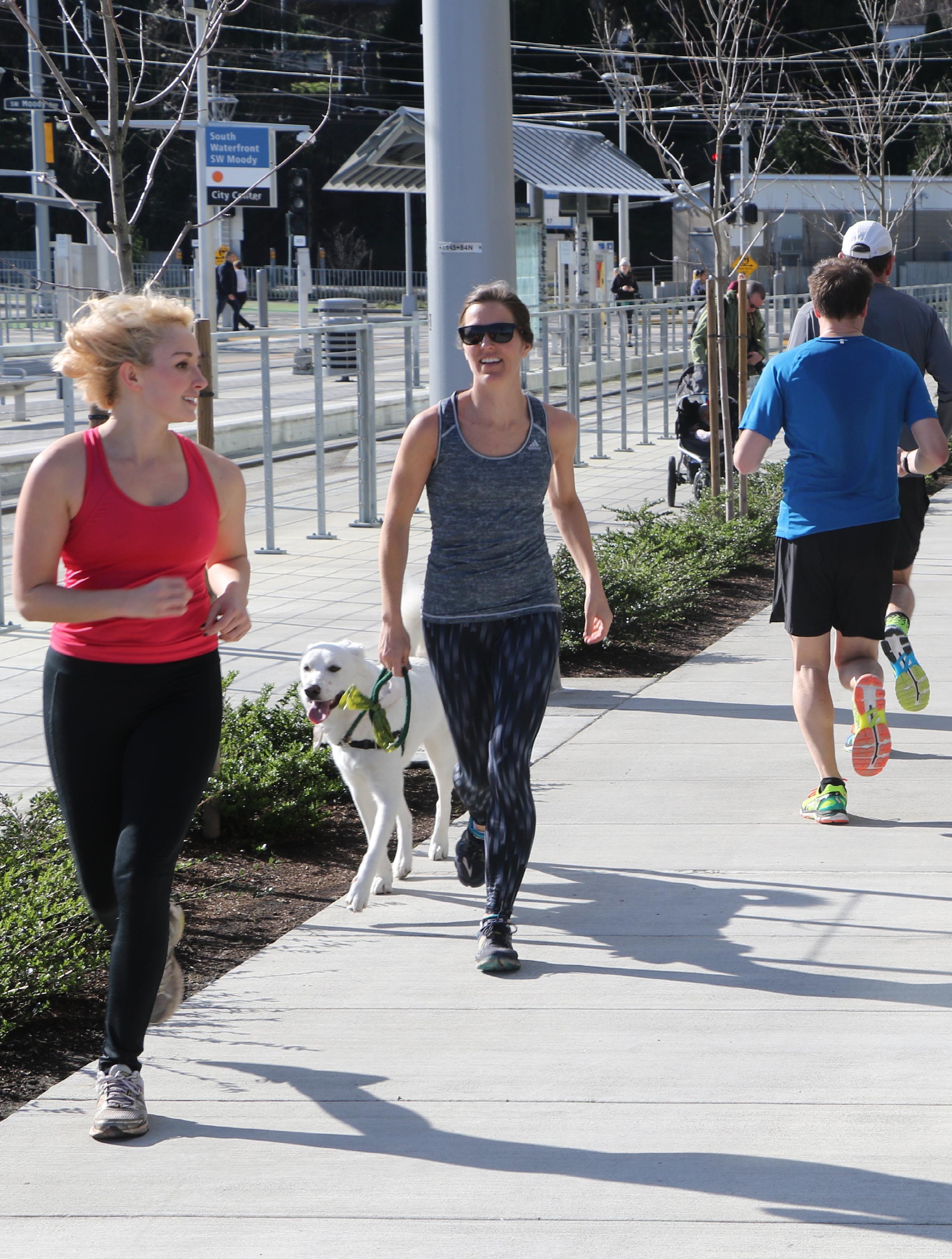
Think back to when you were eight years old. What was your walking range unaccompanied by an adult? In the 1920s, it was often nine kilometres. For the next generation, it was less than two kilometres, the next, less than a kilometre, and now, only to the end of our block.
How did North Americans bleed out their ability to take a walk at early ages, and now at all ages? We not only gave up the range of our walking, but our links to nature, our ability to socialize, our choice of ways to go places, and even the number of friends that we have. We have whittled down our health and happiness.
We lost our ability to be physically, emotionally, socially, and mentally healthy. We gave up walking, not because we were lazy, but because we over-designed our neighbourhoods and cities for cars and for speed.
We can reclaim much of this loss by returning to historic patterns and focusing on people. Many communities are taking the right steps, amping up their walkability, and hence their economic life, resiliency and even their sustainability.
Only 20 to 30 per cent of how long and healthy we live is based on our genes. The other 70 to 80 per cent is based on our lifestyles. We have a choice. We can move to a walking oasis by knowing walkability qualities that fit us and make us fitter, or we can help improve the neighbourhoods where we choose to live.
After 40 years of defining and helping 3,800 neighbourhoods build for walkability (many in Canada), I moved to one that is already walkable, Port Townsend in Washington, and now I work to make it more walkable.
I am not alone in choosing walkability for health and personal economics. The U.S.-based National Realtors Association tells us that 79 per cent of home buyers want walkability. The percentage seeking this elixir for health is rising, and fast. In 1970, the term walkability did not exist back when we still had this quality. Since then, we’ve lost many such walkable places, and now we want them back.
Walkable communities are healthier and more economical, but they also offer so much more. They are more diverse, resilient, sustainable, friendlier, and greener. These in-demand neighbourhoods draw people
from all income brackets, and research shows that people who live in walkable neighbourhoods and communities are healthier and happier by clear margins.
The average resident of walkable neighbourhoods weighs less than someone who lives in sprawling neighbourhoods. Walkability is associated with higher levels of arts organizations, creativity, and civic engagement. Communities with good public transit and walkable access to amenities promote significant added friendship and happiness.
Higher walkability scores are also linked to stronger neighbourhood economic well-being. If you move from a suburban, car-dependent neighbourhood to one that is truly walkable, you can live car-lite, or with no car at all, allowing you to afford a nicer home, a greater social life and naturally walk more. For example, people living in Blue Zone-researched communities live 12 years longer and with greater health.
I like to define walkability with the guiding words security, comfort, convenience, efficiency, and welcomeness. When in a place where we do not feel comfortable walking, our Spidey sense alerts us. In such places, traffic speeds and volumes are high, motorists are tuned out and rude, we don’t see a diversity of other people walking, houses and buildings fail to watch over the street. They lack windows, and all homes look the same.
In areas void of people walking, we experience starkness, which can lead to reduced walking. So yes, our walking environment determines not only how much we walk, but the actual uplift and joy we get from our walking experience. If we walk in joyful places we feel better about ourselves.
When we finally get walkability elements back in place, all of them in combination, the word walkability will evaporate from our vocabulary. I look forward to the day when a word I helped popularize in the 1980s disappears from our vocabulary. By working together with purpose and drive, we will reclaim every street and every brook, one step at a time. Take the next step now.
of innovation and inspiration with Blue Zones. Was recently named as a Blue Zones, LLC Fellow. Based in Port Townsend, WA.Add some of these organic remedies to your first aid kit for a healthier hike
BY DANIELLE ARSENAULTOne of IMPACT Magazine’s Top Vegan Influencers and a raw food chef from Vancouver Island, B.C. & Ometepe, Nicaragua. PACHAVEGA
The truth is, a lot of the products on the market that are designed to keep bugs away or heal cuts are not the most health-friendly. In fact, many of these products contain nasty chemicals. From the petroleum (i.e., plastic) in your Neosporin (and yes, you do absorb the plastic straight into your skin) to the DEET designed to kill insects, these aren’t ideal if you wish to avoid the lurking chemicals within.
If we take care of our health by eating healthy, we should also take care of the little (or large) nicks and cuts we get along the road of life.
Over the years of adventure and escapade, I’ve fine-tuned my firstaid kit to include a variety of powders, oils and salves that promote healing and ward off infection. Together with the essential fire starter and knife, my kit includes the following wilderness saviours.
If I can take only one thing with me in the woods, it would be turmeric. Turmeric has long been used as a powerful antiinflammatory in both Chinese and Indian medicinal practices. Applied topically, it can prevent infection in cuts and scrapes, soothe toothaches and heal bruises.
What can I say—this is the oil of ultimate uses. I use it in my kit as a sun protection, moisturizer on my face and all over my body. It is anti-viral, anti-fungal and anti-bacterial. Use it as a base and mix it with essential oils to prevent the sting of a sunburn (with lavender) or ward off the bugs (with cedar, lemongrass and citronella).
Hailing originally from Australia, this one is always with me. Tea tree oil is anti-viral, anti-fungal and anti-bacterial. Use it on cuts and small wounds to keep the bad bacteria at bay. There are hundreds of uses for this miracle oil. From soothing mosquito bites to infections—this oil is an absolute must. Mix it with coconut oil in order to spread it out. On its own, tea tree oil is very potent—a little goes a long way!
This salve, made from fresh arnica flowers, is used as a topical cream to reduce the healing time and limit bruising and sore muscles when applied right after injury or as soon as possible. These little flowers have anti-inflammatory and circulation-stimulating properties but should not be used on open wounds.
For acute use in food poisoning, intestinal illness, vomiting, diarrhea, or the ingestion of toxins, mix activated charcoal (powder form from burnt coconut husks) with water and drink it. It will bind to unwanted toxins and expel them with bodily wastes.
A spicy addition to any dish, when placed straight on the skin this super spice will stop bleeding rapidly (be prepared—it’ll also sting like a son-of-a...). In capsule form, ingested cayenne will also warm you from the inside out by elevating your core body temperature for a short time. In this case, it may stave off hypothermia.
I make my own insect repellant, and it has worked wonders while bushwhacking through dense forests and even in my backyard at the height of pesky bug season.
INGREDIENTS:
• 1 cup witch hazel
• 2 Tbsp. neem oil, which contains
• natural insecticidal compounds
• 1/2 tsp. vodka as a natural preservative
• 30 drops citronella essential oil
• 30 drops cedarwood essential oil
• 30 drops lemongrass essential oil
• 20 drops lavender essential oil
• 15 drops lemon essential oil
• 15 drops eucalyptus essential oil
Add all ingredients to a spray bottle that fits nicely in your first-aid kit, shake and spray.
For any respiratory-type problems, a few drops of this oil in the palm of your hand will open up airways when inhaled. It can be diluted
with coconut oil and applied externally to the feet and chest as an impromptu VapoRub. It will repel the bugs too!
Ginger is great for nausea, reflux, stomach trouble and morning sickness. I also keep some in the car for motion sickness. It helps soothe the stomach after a digestive illness or food poisoning. Mix it with coconut oil and turmeric for a delicious tea.
Mixed with witch hazel or coconut oil, a lavender spray or salve provides instant relief from minor burns—from the sun or the campfire!
Fresh water may be hard to come across in the wilderness, especially in the desert where I spend a lot of time. Keeping a packet or two of dehydrated coconut powder on you will help combat and prevent dehydration. It is loaded with electrolytes and keeps your water retention in balance.
You can survive and thrive for a long time out there with these goodies. You never know what sneaky tricks Mother Nature has in store for you, so it’s best to be prepared.


Acouple of weeks ago our family hiked with another family from up high in the Olympic National Park to the town below—4,230 vertical feet over eight miles (or 9.5 if you want to take the GPS’s word for it).
We always do a couple of challenging family “thru-hikes” each summer—pointto-point hikes that add some other element of sticking with the challenging walk over time. A one-day kid version, if you will.
This was no easy trail (and in many spots, it wasn’t a trail at all); most steps required mindful foot placement because it was so rugged. But our two families made it. This was the first time I’ve never done so many steep downhill kilometres without any flat or uphill terrain to break it up.
Two days later, muscle soreness was pinging me in three areas on each leg— glute medius, lateral quad, and soleus.
Going uphill is hard. Leg muscles have to do a lot of work to lift up the weight of the body, which requires the heart and lungs to move more. Lowering the body doesn’t take as many heart and lung motions because you’re being pulled down the mountain, which is easier in one way but harder in another. Declines—especially steep ones—require the body to “put on the brakes” to keep itself from tumbling down.
The areas I felt after my downhill trek are where the body’s “downhill brakes” are located.
1. The SOLEUS muscle is the deepest calf muscle, and it connects the heel to the shin. When taking a controlled downhill
step, the soleus lengthens despite the fact that it’s simultaneously contracting (trying to get shorter), so you don’t drop down the step too fast. When muscles work in the opposite direction to their net movement, it’s called an eccentric contraction.
2. Similarly, the QUADS on the front of the thigh must get longer to lower the body, but they must also work opposite to that motion to act as brakes.
3. The GLUTE MEDIUS (one of the lateral hip muscles) has the same challenge—to get longer to lower the other side of the pelvis, while also trying to tighten in order to control that motion eccentrically.
There are ways to get downhill that don’t use the parts noted above. When ankles, knees, hips, and waist are stiff, gait patterns get creative. People with stiff parts can still log many kilometres a day or even multiple hikes a week; however, with time, these alternative creative patterns take their toll.
1. Your knees are doing more than their share of the work. The first thing I have folks check on their downhill gait is “are you using your knees and hips, or just your knees?”
One way to save the knee from having to do all the bending work to lower the foot to the ground below is to make sure you’re also lowering the hip when you’re going downhill. This involves lots of hip muscle use, which helps keep your mass from bombing down the hill.
If you list and shift the hip, you create a “slalom” for your centre of mass—moving it side to side as it goes down—slowing
you naturally. Using your lateral hips to lower and slow your body down with each step means you don’t have to ride the quad brakes so often or so hard. Your knees can do all of the work (and probably have been for some time), but they don’t have to.
Remember to do the slalom list-andshift of the hip while you hike. Even if you haven’t practiced it a lot, you can use it to change your gait on the trail and give your knees a rest.
2. Your kneecap (patella) isn’t tracking in the “patellar groove.” Going downhill works your quads and thus tenses them. The patella is embedded in the quadriceps’ tendon, and if your quads are tense and you’re walking downhill, they press the patella deeper into the knee joint than they would on uphill or flatter terrain. OUCH!
Our knees have space for the kneecap, but the kneecap can get pulled out of that space (usually it’s pulled sideways) as a result of your all-time movement habits and patterns. Going downhill when the kneecap is out of its groove increases the pressure in the knee.
P.S. This can also be why kneeling upon or deeply bending a knee hurts.
I hope this takes some of the mystery out of why downhill walking often makes for achy knees. The good news: it’s most often a situation you can do something about.
Excerpt from Rethink Your Position by Katy Bowman. Copyright © 2023 by Katy Bowman. Published by Propriometrics Press. Reproduced by

Retired physician, open water swim coach and author of two books on open water swimming, in Kelowna, B.C. MARK FROMBERG SWIMMING IN OPEN WATER
Nature’s touch is healing. Who hasn’t enjoyed walking on a forest trail in fresh air while hearing a gurgling brook or the musical conversations of birds hidden among the mossy branches overhead? Whether it is seen as an immersive restoration or a brief gift of tranquillity to our souls, green spaces have been recognized for their health effects by city planners for centuries.
Since the 1980s, the Japanese have added to this idea, practicing shinrin-yoku—forest bathing—by getting out regularly into a calming natural environment to neutralize their over-stressed urban lives. Similarly, in South Korea, a nature therapy program had been used to treat firefighters with PTSD since 2018. And science has recently shown profound effects on blood pressure, heart rate, anxiety, the stress hormone cortisol, and blood glucose levels after spending time in a natural environment. Time to rethink the prescription pad?
So, what about spending time in or near water, in what are now called “blue spaces?” Just like the forest, who hasn’t enjoyed a walk on a beach, with waves rolling in nearby, or marvelled at a flowing river or an expansive ocean? It should be obvious that being distracted from
your day-to-day stressors by the omnipotent power of water could be as similarly enthralling as green spaces. So, if being “bathed” by a forest is inherently therapeutic, what of being immersed in an open water environment?
Although a significant part of adult populations everywhere does not know how to swim (and would therefore be daunted by an immersive water experience), for those that do, swimming can provide remarkable health benefits, well beyond the value of aerobic exercise.
Recently, neurobiology professor Seena Mathew posited that swimming provides a unique boost to brain health, improving mood (by reducing anxiety and depression symptoms), memory, cognitive function, and immune responses. At the University of Texas, Dr. Hirofumi Tanaka found not only does swimming have profound effects on two of the biggest hallmarks of aging—high blood pressure and arthritis—but these responses even surpassed those of either walking or cycling. About that prescription pad…
Just as it is true that some may fear for their safety in a forest, swimming in open water can also generate anxiety for the inexperienced, but as Bonnie Tsui, author of Why We Swim,
points out, learning to swim in deep water means “learning how to relinquish control, to thrive in a space of uncertainty akin to being in heaven and talking to the devil at the same time.”
As one of her San Francisco Bay swimming buddies points out, “The daily swim in the Bay is where I confront my demons. Then I shake their hands.”
Although you may be conquering your demons just by learning how to swim in open water, once you do, you will find that a regular morning swim in a cool lake or ocean can be just the tonic you need to get through an anticipated stressful day at work. You will be calmer, sharper, more relaxed, and more confident in dealing with whatever your day throws at you. You will have “paid yourself first”—by preemptively reinforcing yourself—before your day has even started.
Here in Kelowna, we are blessed to have several great open water swimming locations where all summer, teachers, health care professionals, salespeople, public service workers, and others regularly immerse themselves to, ironically, “ground” themselves to start their day.
A local woman who had recently learned how to open-water swim credited her new abilities to stay calm and breathe as integral to her surviving a sudden massive blood loss after the surgical delivery of her first child.
Of course, compared to forest bathing, swimming in open water provides a different palette of sensory experiences. Although the only vista that you will see is beneath you and the only sound you will hear is the gurgling generated by your rhythmical strokes, your entire body will feel both the support and the coolness of the water.
Although you will pay attention to waves and weather, it is easy to slip into a meditative repose with the rhythmical movements you are creating, as if sliding into a parallel universe, far away from cellphones and the otherwise incessant background chatter of your life. Once there, it becomes hard to leave, and you can see why members of the Dolphin Club in San Francisco Bay have a Henry David Thoreau quote posted on their wall: “Renew thyself completely each day; do it again and again, and forever again.” From my perspective, swimming in open water is the best place to do that.
Ready to take the plunge? The quality of your life may depend on it.
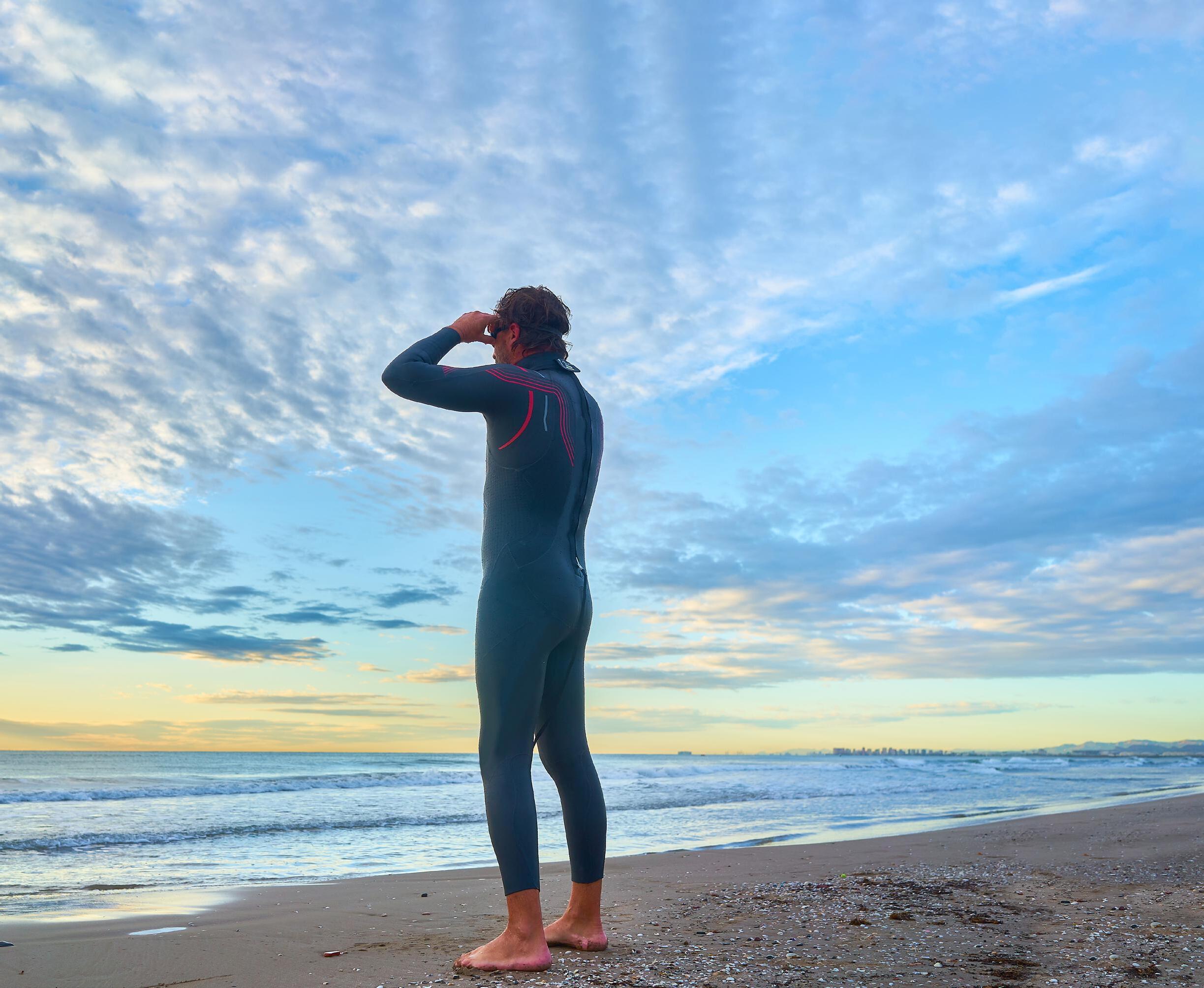
A look at top local doctors and medical industry professionals who are passionate and dedicated to improving the health and lives of others by giving extraordinary care. Your passport to better health begins here.


 Written by Erin Phelan and Chris Welner Scott Harrald, Ronald Lee and Graham McKerrell
Written by Erin Phelan and Chris Welner Scott Harrald, Ronald Lee and Graham McKerrell
At the Accolade Dental Center, they believe taking a patient-partnered approach is key to providing exceptional care. “I believe in taking the time to discuss treatment options, and building rapport with patients,” says Dr Homam Albaghdadi, who leads this modern practice in the heart of Yorkville in Toronto. “The patient is active in the decision-making process, but I don’t shy away from recommending what is needed.”
After finishing his doctor of dental surgery training at the University of Toronto in 2014, Dr. Albaghdadi completed a residency at Mount Sinai Hospital where he obtained invaluable experience in emergency and surgical dental care, including trauma management. “You see a lot of broken teeth, a lot of bike accidents. It elevates your awareness.”
Born in Syria and raised in a system of
reactive dentistry, Dr. Albaghdadi believes that Canadian dentistry operationalizes prevention better than medicine. “Prevention isn’t limited to those cleaning appointments. Working in the hospital, you see many elderly patients with advanced dental problems who might have conceivably prevented them by, for example, aligning their teeth or more frequent hygiene visits etc. Teeth are a cohesive unit; the loss of one tooth results in cascading effects. I think that dentists are, in a way, trying to predict the future for our patients when we recommend treatments.”
At the Accolade, they use cutting-edge technology, ensuring patients receive the highest standard of care, with emphasis on excellence through the entire patient journey. They offer a wide range of dental services including general and pediatric dentistry,

hygiene, clear aligner and cosmetic treatment, as well as gum and implant surgery. They follow a holistic approach to engage patients, “I have conversations with my patients about sleep hygiene, and lifestyle habits conducive to grinding or clenching. Many patients work long hours sitting at their desks, and that strain and tension transfers to their upper body, neck and ultimately their mouths. We saw a lot of broken teeth during the pandemic.”
Education is at the forefront of Dr. Albaghdadi’s philosophy. He’s an academic at heart, has published several papers and has a keen interest in teaching patient communication to residents and students. Dr. Albaghdadi firmly believes that wellinformed patients make smarter decisions and become advocates for their own health.
“Accolade isn’t a factory-line style of dentistry. We take time with each patient.”
Drs. Homam Albaghdadi, DDS; Brendan Maloney, DMD; and Youngjin Alex Jung, DDS.As time passes, our bodies and faces undergo constant transformations. Yet, we possess the power to medically and cosmetically intervene to achieve our optimal appearance and inner well-being.
Anti-Aging Medical Clinic in downtown Vancouver has physicians who specialize in non-invasive procedures, including anti-aging and beauty treatments, acne treatment, sexual health, joint pain, and sports medicine procedures.

Dr. Sarina Govindasamy says that for patients, it can be overwhelming with multiple options available for skin care. “We help you navigate treatments and find your best solution.”
The Anti-Aging Medical Clinic offers AviClear, a laser treatment for acne-prone skin that specifically targets the sebaceous glands, reducing sebum production, producing long-term improvements. “Amazingly, the use of
AviClear can offer full recovery from acne,” says Dr. Govindasamy.
Dr. Teri Fisher, an aesthetic, sports medicine physician and university professor, recently joined the Anti-Aging Medical Clinic. In addition to cosmetic procedures, where he aims to improve the patient’s “health esteem,” Dr. Fisher’s expertise in alleviating joint pain through top-of-the-line procedures allows clients to move freely again.
“Vancouverites have very active lifestyles, and when you are more active, you are going to hurt yourself more. People realize they need to take care of themselves better. Our treatments are healing measures, which restore quality of life.”
One of those is Hyaluronic Acid, a natural molecule that exists in the body, and when injected into the joint and around the tendons, it helps to not only lubricate the joint but has
2200 W. 4th Ave Vancouver, B.C. V6K 1N8 604-261-9121
antiagingvan antiagingvan antiagingvan antiagingvancouver.com
regenerative properties. The clinic also offers other sports medicine injections, and Dr. Fisher takes time assessing each patient’s symptoms and history, examining their joints and doing thorough imagining to determine the best treatment plan.
“Sometimes it might be osteoarthritis, and they simply need to take Tylenol,” says Dr. Fisher, who has worked with professional and amateur athletes. “What I find interesting is meeting patients who have tried a number of avenues and aren’t happy with their results, and what we can do is improve their lives.”
Our bodies and faces are constantly in flux, undergoing changes as time progresses. However, with the right approach, we can ensure that we maintain a healthy appearance and a vibrant sense of wellbeing. By taking care of ourselves medically and including some cosmetic treatments, we can continue to look and feel our absolute best, regardless of the passing years.

Art of SKIN Dermatology Centre, nestled in the mountains in beautiful Canmore, Alberta, is a unique clinic, offering advanced technologies and state-of-the-art treatments for patients of all ages, from pediatrics to geriatrics. The Art of SKIN staff, from the front of house to physicians, develop strong relationships with the patients, helping them make empowered choices under the superior guidance of Dr. Paul Lubitz.
The clinic is unique in that it offers four disciplines—cosmetic, medical, surgical and phlebology treatments. Dr. Lubitz, whose wealth of experience over 25 years in dermatology, brings not only knowledge but deep compassion to his clients, and his exceptional team and boutique service make Art of SKIN Dermatology stand out from the crowd.
“Dermatology is academically challenging, with over 3,000 diagnoses of the skin,” says Dr. Lubitz, noting that Art of SKIN is a rare clinic where you can move through all stages of skin-care treatment, from diagnosis to repair, within one beautiful, peaceful setting.
Dr. Lubitz thrives in the face of challenges. “Surgery is challenging, while cosmetic dermatology allows me to look at the body and face as an artist, to help the individual achieve their maximum potential. The field of dermatology also allows me to work with all ages, all cultural groups and make a positive impact in the lives of so many.”
As a board-certified dermatologist, Dr. Lubitz has completed more than 17 years of education and training and estimates he has worked with approximately 250,000 patients with varying skin conditions during his career—from skin cancer to cosmetic
Art of SKIN
1240 Railway Ave. #204, Canmore, AB T1W 1P4 403-675-0018
artofskin DoctorLubitz shop.artofskin.ca artofskin.ca
enhancements. He brings this breadth of knowledge and expertise to Art of SKIN daily and inspires his team to provide exceptional treatment, ensuring every patient has their unique needs met.
Art of SKIN Dermatology Centre is rare in that it can take a patient from the beginning to the end of their treatment—from medical diagnosis through surgical treatment and aesthetic reconstruction, as needed. This improves the quality and continuity of care and is a special approach found in few clinics. With cosmetic work, including the FIFTH ELEMENT skincare line, Art of SKIN stands out as a clinic where the patient has the knowledge and confidence to know that they are taken care of on every step of their skincare journey.
Angeli Marie St Maria Escano, MD, LMCC; Tina Desrochers, LPN, HCA; Mallory Tetley, Medical Assistant; Marianne Nylander, BA, Clinic Manager; Dr. Paul Lubitz, DFLS, MD, FRCPC, FAAD; Nicole Kille, Medical Office Administrator.Did you sleep well last night? Did you wake up well-rested, energetic, ready to give the day your best? If poor sleep is a problem in your life, Dr. Charles Samuels and his team at Calgary’s Centre for Sleep and Human Performance want you to know there’s a place you can go for help.
“Most people who end up here aren’t getting enough sleep and the sleep they get is not of good quality,” says Dr. Samuels, medical director at the Centre which opened in 2002. “Sleep is the foundation of human recovery in all aspects of life, and an athlete can optimize training by improving recovery, more than by changing volume and intensity of training.”
With four full-time behavioural sleep medicine specialists and a sleep research lab, the Centre for Sleep and Human Performance is unique in Canada. “Nobody has the depth of knowledge and experience we have here,”

says Dr. Samuels, who directs the sleep health program for the Canadian National and Olympic teams for Sport Canada. “The pillars of health according to the World Health Organization are nutrition, activity and mental health, and the core of all that is sleep—which is really recovery.”
Poor sleep can have an adverse effect on many conditions including diabetes, obesity, high blood pressure and mental health disorders. Sleep fuels cognitive functions, our memory, attention and the ability to concentrate. Adults need the right amount of uninterrupted quality sleep (seven to nine hours at the right time of night) to allow our bodies and brains to recover and prepare for the day ahead.
“Shift workers and night owls don’t sleep at the right time and it affects the restorative quality of sleep,” says Dr. Samuels, who faced his own challenges with sleep deprivation as a
family doctor in rural Alberta. “People in highperformance careers such as police officers, healthcare workers and athletes won’t perform optimally without the right quantity, quality and timing of sleep.”
Stick to a routine to train your brain that it’s time to sleep. Park your technology. Don’t drink or smoke as both have extremely negative effects on your brain’s ability to sleep.
If you need help with your sleep, contact www.centreforsleep.com. Athletes can click on the Athlete Sleep Screening Questionnaire for specific advice and guidance. Patients do not require a referral from their family doctor. Appointments are covered by provincial health care.
Lori Bean, owner of the Maliya Wellness Centre in Cochrane, Alberta, opened a healing space for women, teens, and children when the world needed it the most—at the tail end of the pandemic. “Our clients can be five years old, 25 or 75. They often come in feeling defeated and like they’ve been suffering for a long time. This is the beginning of their journey at Maliya.”
Bean should know. More than eighteen years ago, she was in a horrific car accident that triggered a state of perpetual illness—physically, emotionally, and spiritually. This experience highlighted for her the gaps in our healthcare system and inspired her to create a wellness centre for those in need of integrative, clientcentered care.
At Maliya, you begin your journey from
the moment you step through the doors.
You are welcomed into a loving sanctuary and embraced with warmth, beauty, and relaxation. You are greeted by Maliya’s wellness specialist and co-owner, Alyssa Rabin, who listens to your concerns and desires and helps select a team of skilled practitioners to support you in your healing. There is constant communication between practitioners and a personalized approach to care: “We attend to mental, spiritual and physical well-being and hold your hand the entire way,” says Bean.
Maliya’s vast range of services include naturopathic medicine, psychology and counselling, functional medicine, Chinese medicine, acupuncture, massage, reflexology, osteopathy, and chiropractic. Maliya’s practitioners work together to offer
an unparalleled level of care that honours your needs and puts you first. As Bean shares, “We are a team of women who get it. We’ve been there, and we’re here to help you thrive.”

The demand for Maliya’s services has exceeded Bean’s expectations, particularly among children and teens who have lost their sense of being in this world. “They want to be seen and heard,” says Bean, whose team of empathetic practitioners help the whole family heal. The centre has become a hub for teens and children to get the support they need, as Bean believes that “when we help the children, we are helping their mothers too.”
Maliya Wellness Centre for Women, Teens, and Children is already expanding, and Bean plans to open a larger centre in Calgary to meet the growing needs of families seeking support that goes above and beyond the traditional medical system.
Lori Bean, Founder/Owner and Alyssa Rabin, Co-Owner/Wellness Specialist.Dr. Jason Granzotto, ND, was planning to attend medical school at York University when he found his calling.
“Fortuitously, I was in a nutrition class and saw a notice for a class in Naturopathic Medicine. It made sense to me. I also met my future wife on the first day of school!”
Although they never worked together until several years later, Doctors Jason and Maria Granzotto are at the epicentre of Tri-Health Wellness Centre, a Toronto-based clinic that focuses on healing the whole person, not simply the symptoms.

The healthcare team extends beyond the Naturopathic Doctors with customized diagnoses and treatments that tailor-fit the specific needs of each patient, involving a team of practitioners who work in tandem, creating overall wellness and lasting health.
The Naturopathic Care at Tri-Health
Wellness Centre starts with a comprehensive assessment.
“Healthcare is evolving, and the science behind Natural Medicine has grown exponentially,” says Dr. Granzotto. ”TriHealth has tools to identify root causes of the symptoms to improve our patients’ health.”
The consultation can include food sensitivity testing, hormones testing, body composition, live blood analysis, medical thermography and more.
“There must be a balance to everything,” says Dr. Granzotto. “Many patients have gone the medical route, and their tests come back normal. We are able to identify the obstacles in their health that are often ignored. We evolve the philosophy and paradigm for our patients.”
The gratification comes in seeing patients’ lives improve almost immediately, remapping the patient’s digestive system through diet, and understanding which foods are good for
them. “Lots of people think a sluggish system is normal,” says Dr. Granzotto. “But when we introduce the changes and they start to feel good, they realize what normal should feel like.”
Tri-Health team includes acupuncturists, personal trainers, chiropractors, masseuses, kinesiologists and physiotherapists, providing a comprehensive approach to holistic care.
“It is mind, body and spirit. If someone has chronic pain, we get a chiropractor, an exercise protocol, and we tap into the emotions of the patients through psychotherapy. We determine what the patient needs and work to understand how to help them the best we can.”
The evolution of Naturopathic Medicine is moving towards an evidence-based approach to patient care and Tri-Health is at the forefront in Toronto.
Drs. Jason and Maria Granzotto, ND.Whether you need prescription eyewear or want to get rid of your glasses, Western Laser Eye Associates helps make your choice clear.
The ophthalmology practice is led by Dr. Ellen Anderson Penno, an experienced laser surgeon, while the optometry side of the business is captained by Dr. Regan Nowlan and Dr. Nana Boadi.
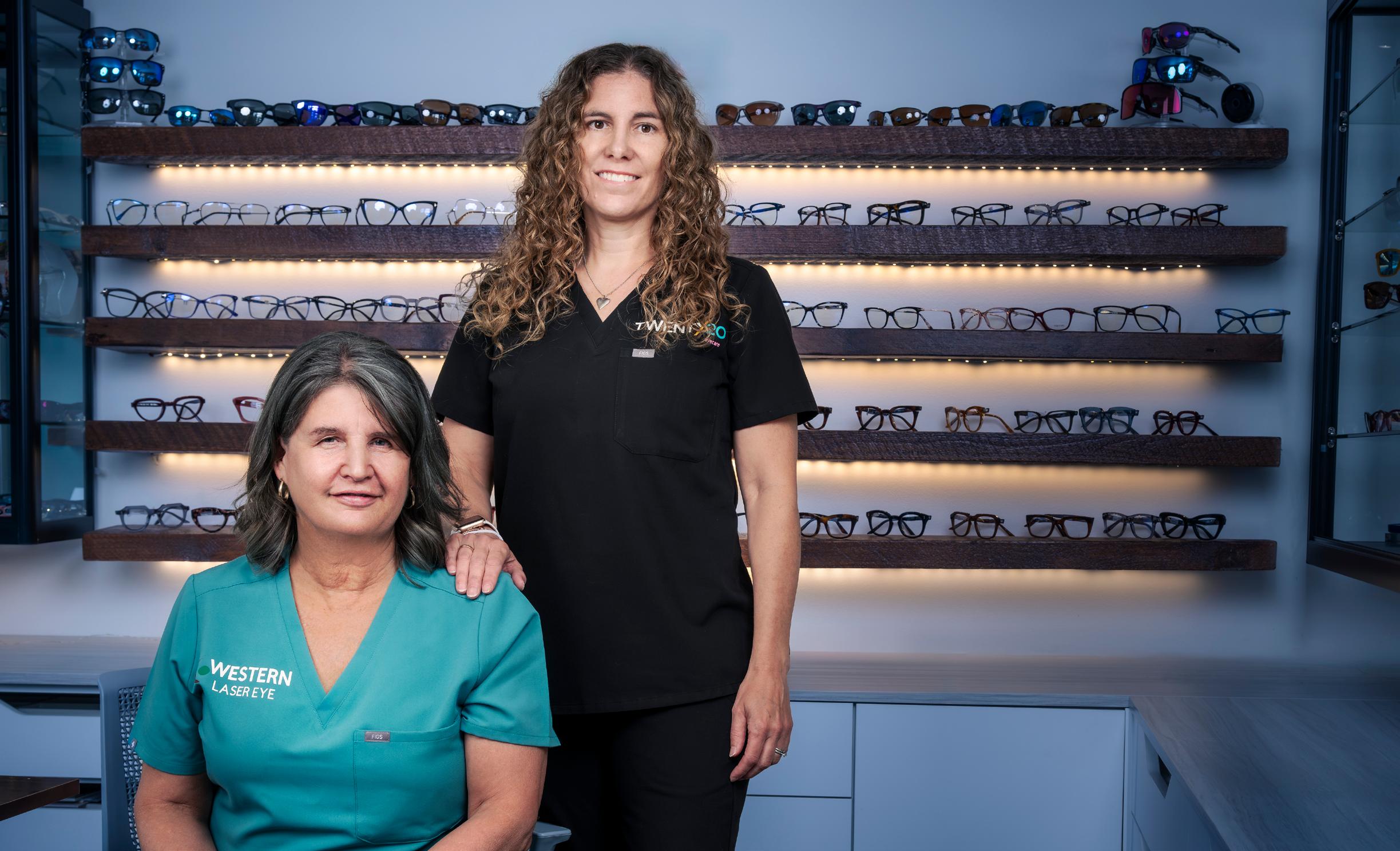
“The very foundation of care for each client is to maintain eye health,” says Dr. Anderson Penno, who trained at the Mayo Clinic in her native Minnesota. “We always remember that there are people attached to those eyes.”
Western Laser Eye is the only clinic in southern Alberta to offer the minimally invasive SMILE procedure, which is the latest technology available for laser vision correction to reduce the need for glasses or contact lenses—some are referring to it as “LASIK 2.0.” SMILE stands
for Small Incision Lenticule Extraction, a fancy term for the latest laser technology that improves your vision with minimal surgical impact. Focussed laser energy creates a contact lens shape called a lenticule within the cornea that helps reset a patient’s vision. The laser contact lens is removed within minutes and when the cornea settles down, vision is restored. With only a minor incision, healing is rapid and discomfort minimized.
Surgery cost is about $2,500 per eye, competitive with the price of designer glasses if updated every couple of years. Dr. Nowlan and the on-site Twenty/20 Eyewear optical offers glasses and contacts for those who don’t qualify for or don’t wish to have laser vision correction, and also offers sunglasses and prescription reading glasses.
As a medical doctor, Dr. Anderson Penno ensures complete care for each of her patients,
treating diseases such as glaucoma, cataracts and macular degeneration. Sometimes, vision problems have root causes far from the eyes that require specialist referrals.
“Our goal is to provide complete continuity of eyecare, from quality eyewear to eye healthcare to laser vision correction—optometry and ophthalmology under one roof,” says Dr. Anderson Penno. “We’ve got a nice collaboration of women entrepreneurs who have joined forces to cover all aspects of eye care.”
On a personal note, Dr. Anderson Penno is looking forward to the release of her new memoir in 2024, called Counting Bones, Anatomy of Love Lost and Found being published by NeWest Press.

Active rehab is an evidence-based rehabilitation program used by trained kinesiologists to help individuals recover from an injury or illness. It is an individualized program where the clients play an active role in their treatment to help restore their physical function.
What does a typical active rehab session look like?
Your kinesiologist will first do a thorough assessment upon intake. The initial assessment will examine your past medical and exercise history, overall fitness, and functional limitations. This includes functional testing, postural assessment, and strength/range of motion testing. Once the baseline is established, individualized goals will be set to meet your needs.
In an active rehab session, you will actively participate in mobility, strength, flexibility, functional and cardiovascular exercises. Preventative education is a big part of each session. Clients will be educated on pain management strategies, pacing strategies, ergonomics-biomechanics etc.
What are the benefits of active rehab?

1. Strengthens muscle and improves flexibility and stability
2. Restore functionality
3. Improves blood flow, which speeds up the healing process
4. Improves quality of life by improving overall health and fitness levels
5. Prevents future injuries
How is it different from physiotherapy?
Although they share similarities, a physiotherapist is responsible for assessing, diagnosing, and treating patients with manual techniques that are more passive and hands-on. Whereas a kinesiologist has an in-depth knowledge of body movement, posture, body mechanics, and strength-conditioning, which are more active interventions. Both disciplines work well with each other to help with injury recovery.
In final words, active rehabilitation is for those who are looking to get back to doing activities of daily living, sports, or work. Also, it is for those experiencing pain who want to improve their overall strength and function to get back to doing the things they love in life. It is a great form of therapy to help improve your overall health and quality of life. Lastly, if you are in a motor vehicle accident in B.C., you are pre-approved for 12 active rehabilitation sessions with a registered kinesiologist without any referrals


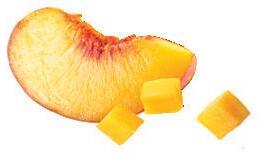
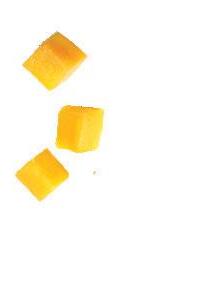
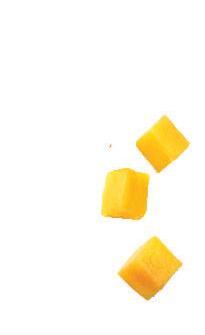







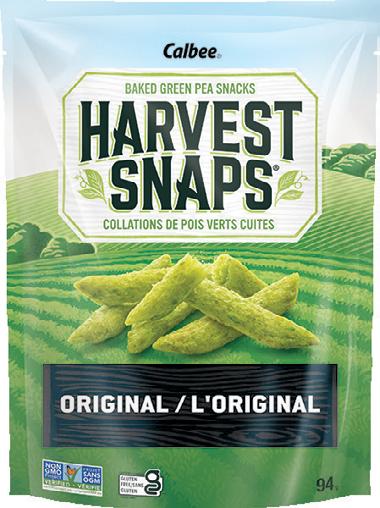
 BY OCEAN ROBBINS
BY OCEAN ROBBINS
Author, speaker, facilitator and father who co-founded https://foodrevolution.org based in Santa Cruz, CA.
FOODREVOLUTIONNETWORK FOOD REVOLUTION NETWORK
Traditionally, hiking food suggestions included plenty of animal products, such as hard-boiled eggs and beef jerky. Back in the day this made some sense; they didn’t spoil easily, their high-fat content meant they provided lots of energy in a small and light package, and they could be eaten while walking without requiring cooking or utensils.
But given the negative environmental and health impacts of conventional animal products, taking them on a hike undermines some of the most important goals of hiking.
So, in the interest of a healthy society that honours nature, I want to talk about how to eat and drink in a way that makes hiking even more enjoyable, healthy, and respectful of the environment. Whether you’re going for a short hike before work or on the weekend, an all-day or a multi-day hike, you’ll discover how to fuel your body with the nutrition and hydration it needs.
Don’t start your hike hungry, especially if you’re going on a strenuous and long hike, as you need to get ahead of your energy requirements. Halfway up a mountain is probably not the place to practise intermittent fasting.
Begin the day with a breakfast that’s low in fat, high in complex carbohydrates (meaning they contain starch and fibre) and contains some protein. In general, whole foods are best, thanks to their full complement of micronutrients, but you may want to dial back the fibre if you’re going on a long hike and won’t have ready access to a restroom.
The goal of your pre-hike meal is to provide fuel while giving your body enough time to digest most of the food before hiking. A good rule of thumb is to consume around 300 to 500 calories at least one hour before a serious hike.
Some breakfasts to eat before a hike include the following:
• Oatmeal with nuts or seeds and fruit
• Breakfast burrito
• Quinoa breakfast bowl
• Plant-based yogurt with homemade granola and berries
• Whole-grain pancakes or waffles with nut butter and fruit
For longer hikes, eat a little bit every one to two hours instead of waiting for a large meal in the middle of the day. That way you’ll keep your energy levels high, and your body can remain in motion and limber all day. Your trail food should ideally aim for roughly the following macronutrient distribution: 45-55 per cent carbs; 35-40 per cent fat; and 10-15 per cent protein. The shorter the hike, the less fat you need.
A big camp dinner is fine if you’re ready to pitch the tent and relax for the night. But you don’t want to make your body play the “let’s try to trek and digest at the exact same time” game, which at best will slow you down, and at worst will give you digestive distress that will challenge the digging capacity of an excavator, let alone a potty trowel.
If you’re sweating even a little, make sure to include some salty snacks to replace the sodium that’s released through your pores. And don’t neglect the other electrolytes that you’ll need to replenish, like magnesium, potassium, and calcium.
For hikes longer than three hours or those in hot environments, go for non-perishable items. No one wants to deal with the black banana that got squished between the granola bar and the water bottle.
Here are some ideas for food you can eat during the hike:

• Trail mix (with nuts, seeds, and dried fruit)
• Nut butters
• Whole-grain crackers and pretzels
• Wraps and sandwiches
• Energy balls
• Granola bars
• Trail meals
Several companies make freeze-dried or dehydrated meals you can bring with you. The nice thing about many of these offerings is that they are light, since you add the water back before cooking. They do involve extra packaging that you’ll have to port out, and not all brands are healthy or environmentally friendly.
While you don’t want to gorge yourself after visiting the gorge, there is a 30- to 45-minute post-exercise window when your body is especially receptive to replenishing and repairing muscle tissue.
After a hike, a 4:1 ratio of carbohydrates to protein is ideal. The carbohydrates replace lost muscle sugar and the protein provides amino acids to rebuild muscles.
Look for foods that contain both protein and complex carbs. Some examples include:
• Freeze-dried or dehydrated meals
• Protein-rich shakes
• Smoothies
• Power bowls
• Sandwiches or wraps
For multi-day hikes, aim for around 1.5 to 2.5 pounds of food per person per day. Unless your food is watermelon (which I don’t recommend), that will translate to 2,500 to 4,500 calories, depending on the caloric density of the food. Your caloric needs will vary based on the intensity and length of your hike, your size and weight, and your basal metabolic rate (how many calories you burn just by being alive).
The spring rains have left your lawn a vibrant green, and you’re working hard to maintain its lush look. However, it seems that no matter how often you’re out there, the second you turn your back, those yellow-headed, pesky weeds pop up on your lawn, turning your immaculate plot of perfection into an eyesore.
Well, it might just be time to stop viewing dandelions as pests, and start to view them for what they really are—nutrient-rich plants.
D id you know that dandelion greens serve up almost a full multivitamin and mineral supplement and that dandelions have
twice the amount of iron as spinach?
D andelion leaves are packed with vitamins A, B, C and E and are a rich source of calcium, magnesium, potassium, manganese, iron and zinc. Dandelion greens are a perfect slimming food, and similar to arugula in flavour, dandelion’s slight bitterness can be offset by sautéing them with onions.
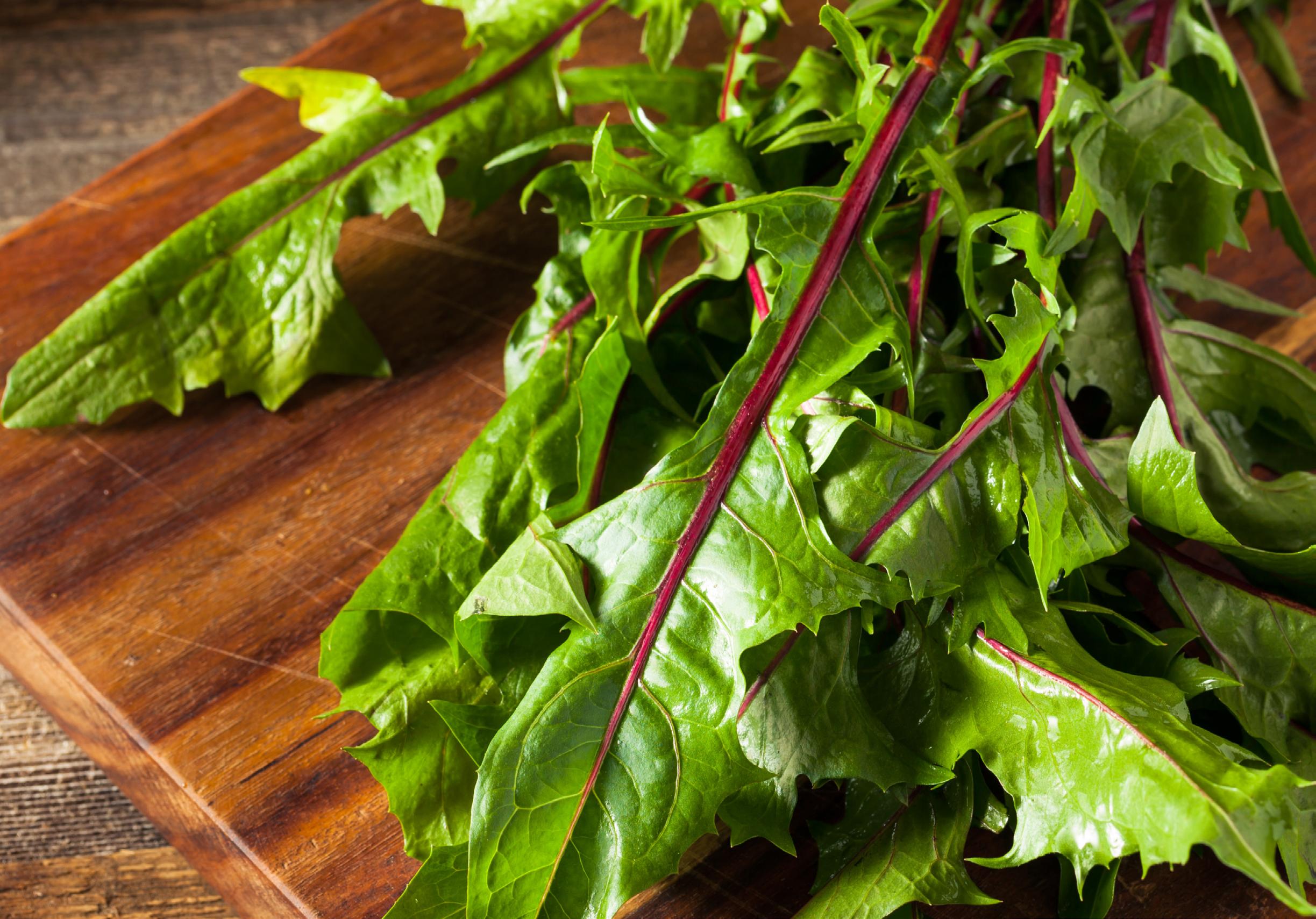
Still Skeptical?
L et’s explore six reasons to consume these weedy wonders. (And don’t worry, if you’ve already rid your garden of these super weeds, they are also available at grocery stores!)
1. Dandelion helps clear urinary tract infections
Dandelion leaf is a diuretic, meaning it promotes urination thereby helping weight loss without side effects. It also removes toxic substances from the kidneys and the entire urinary system. Plus, its disinfectant properties inhibit bacterial growth, preventing future UTIs.
2. Dandelion helps clear acne
A cne is often caused by hormonal changes. During hormonal fluctuations, your sebaceous glands secrete extra oil. When mixed with dead skin, your pores can get blocked, preventing toxic substances from escaping. This blockage causes infection and results in acne. The diuretic and detoxing nature of dandelion helps to regulate hormones, facilitating the removal of toxins through sweat, bile and urine.
3. Dandelion nourishes your blood
O ne cup of dandelion greens has 1.7 mg of iron, twice as much as spinach! It has almost 10 per cent of your daily Vitamin B, 32 per cent of your daily vitamin C, plus omega-3 fatty acids and protein. While iron is an integral part of hemoglobin in your blood, vitamins B and C are essential for the formation of red blood cells, helping to reduce anemia (an iron deficiency).
4. Dandelion can reduce blood pressure
Dandelion leaf, being diuretic in nature, increases urination (both in quantity and frequency) thus helping lower high blood pressure. The fibre in dandelion is also helpful in reducing cholesterol, and dandelion juice is high in potassium, which is effective in lowering blood pressure by replacing sodium.
5. Dandelion improves gut health
Research has found that consuming dandelions makes it easier for your body to receive the nutrients it needs by soothing the stomach lining and helping the gut absorb more minerals. The plant boosts lactobacillus, which helps absorb nutrients and break down food, increasing the natural probiotic properties of the body.
6. Dandelion reduces inflammation
Chronic inflammation plays a part in numerous ailments and health concerns, including cancer and heart disease. Lab studies have shown that by consuming dandelions, you can reduce inflammation in your body. This is because they contain a compound called taraxasterol, which is known for having significant antioxidant properties that combat inflammation.
D andelions are a no-waste plant, meaning every part of the plant is edible from the roots all the way to the flower.
The greens: As mentioned before, dandelions have a similar taste to arugula, so they make a great addition to salads. If you’re looking to take away the bitterness, soak the leaves in cold water for about 10 minutes before boiling them until tender and finishing them off with a sauté.

The flowers: Use the flowers either fresh or dried to make tea. Feeling adventurous? Try making dandelion wine with the flowers. These vibrant petals can also be used in salads or other dishes as a garnish. Simply pluck the little petals and sprinkle them onto your meal.
The roots: Substitute your morning cup of coffee by roasting the roots of the plant. What you get is similar in look and taste to your favourite morning beverage. Chop off the leafy part of the plant and roast the roots in the oven until dried. Then boil the dandelion roots with any spices you may choose and what you’ll have is your new favourite beverage great for digestion.
Hopefully now when the “pesky” plant pops up on your lawn, rather than frustration, you will feel excitement knowing the delicious and abundant benefits of this secret nutritious plant.
It may be time to reimagine your cooking space with a few beautiful small appliance updates for your dream kitchen. We found the newest, the most stylish, and very functional musthaves for your plant-based kitchen to help you enjoy your culinary adventure. Bon appétit!
Experience culinary excellence with the Cuisipro Deluxe Food Mill. This essential kitchen tool effortlessly transforms fruits and vegetables into silky purees and sauces. With its three interchangeable discs, you can achieve various textures to suit your recipes. Crafted with durable stainless steel, this mill ensures longlasting performance.
$149.00 I WWW.CUISIPRO.COM
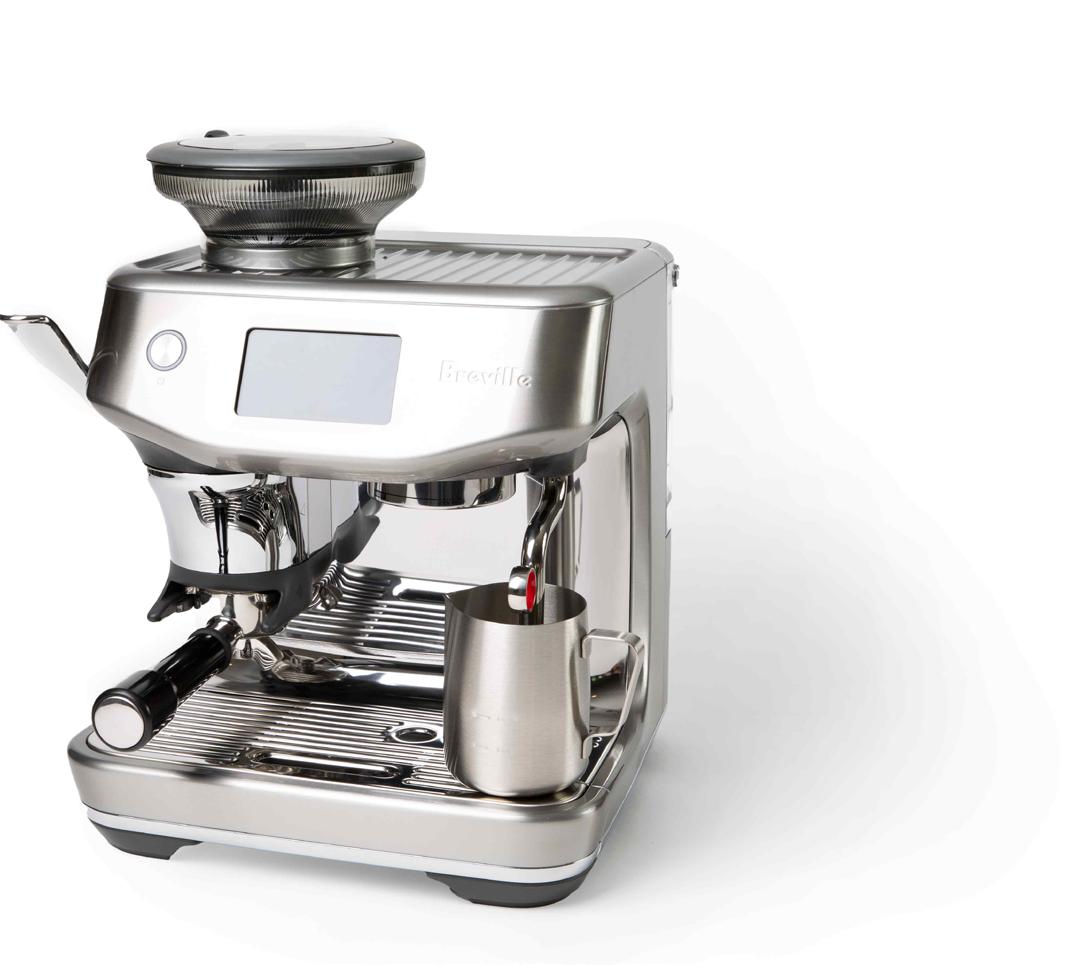
The Barista Touch™ Impress is the first espresso machine of its kind with plant-based milk functionality. Reflecting the growing change in how consumers enjoy their coffee, the new hands-free AutoMilQ™ function calibrates milk texturing settings specifically for oat, almond, soy and dairy, delivering silky smooth microfoam essential for latte art.
$2,199.99 I WWW.BREVILLE.CA

The Cuisinart Deluxe Microwave Oven, a generously sized 1.1 cubic foot model, boasts new features and robust power. With a Sensor Cook feature that auto-adjusts time and power, innovative Inverter Technology for quiet, even, and speedy cooking, and 11 power levels, it adds unparalleled versatility to any kitchen countertop.
$499.99 I WWW.CUISINART.CA
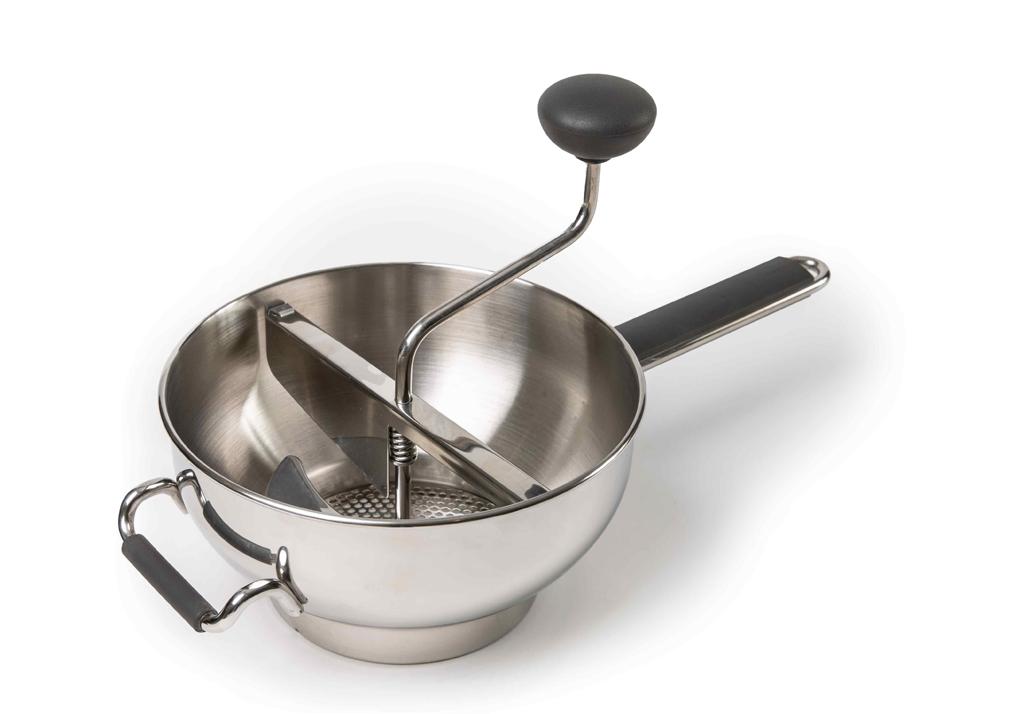
Cuisinart

This five-ply cookware with a hammered exterior and pure aluminum core ensures high-quality, durable cooking results. Its Heat Surround Technology evenly distributes heat, while the riveted handles enhance grip. Suitable for stovetop, oven, and broiler use, it's oven-safe up to 500°F (260°C).
$1,299.99 I WWW.CUISINART.CA
Vitamix VITAMIX ASCENT® SERIES A3500 GOURMET SMARTPREP
Vitamix’s top-of-the-line blender and Food Processor Attachment are now available in one convenient package. Use the Food Processor Attachment to speed through tedious food prep tasks, while the standard blending container makes everything from smoothies to soup to nut butter.
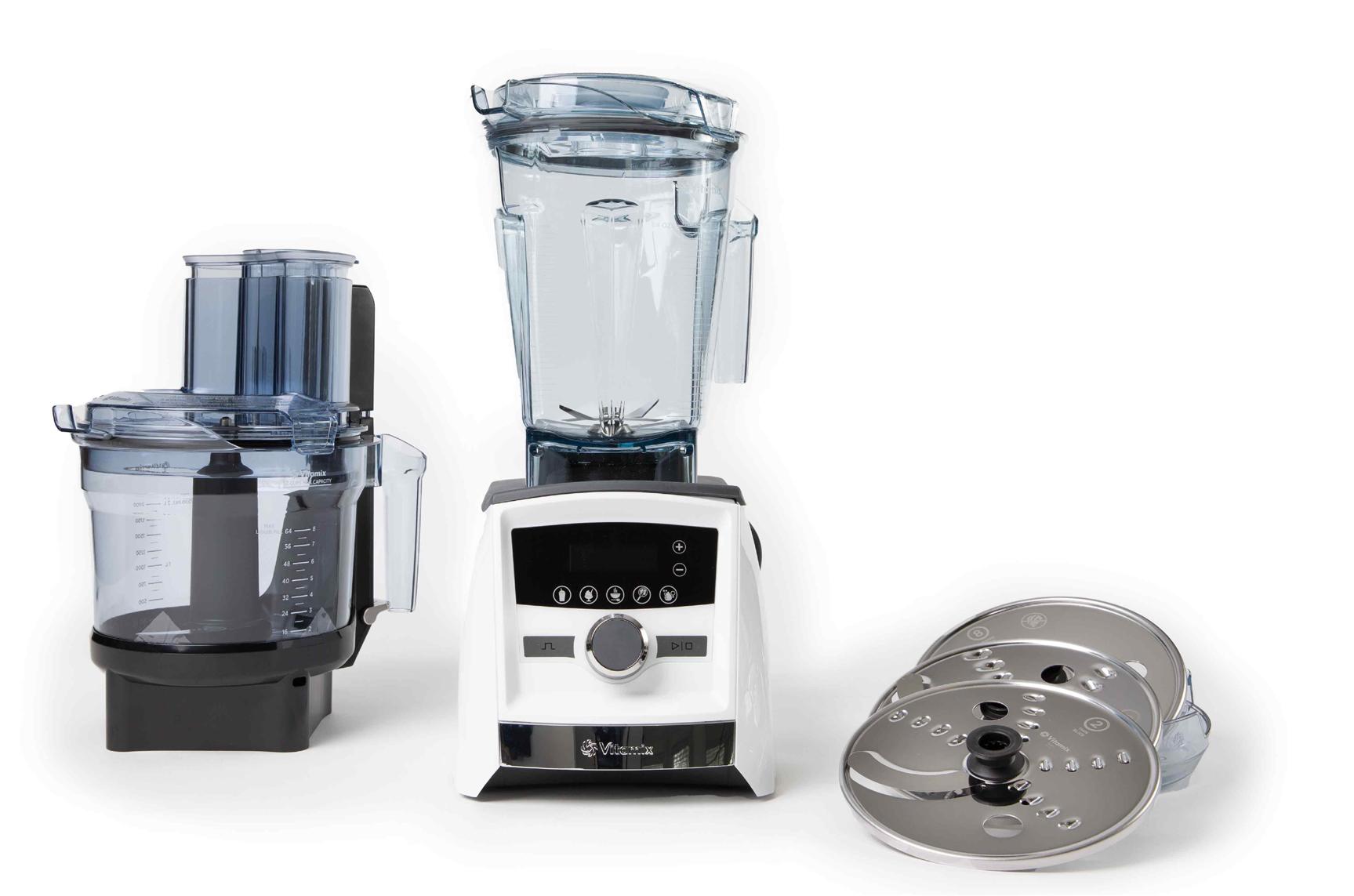
$1,229.95 I WWW.VITAMIX.COM
The Griddler Deluxe is a versatile 1800-watt grill with six cooking options. Its dual-zone temperature control and reversible grill/griddle plates offer ultimate control. Perfect for breakfast, lunch, and dinner, it features a SearBlast function and dishwasher-safe accessories for easy cleaning. "DELUXE" is an understatement!
$269.99 I WWW.CUISINART.CA
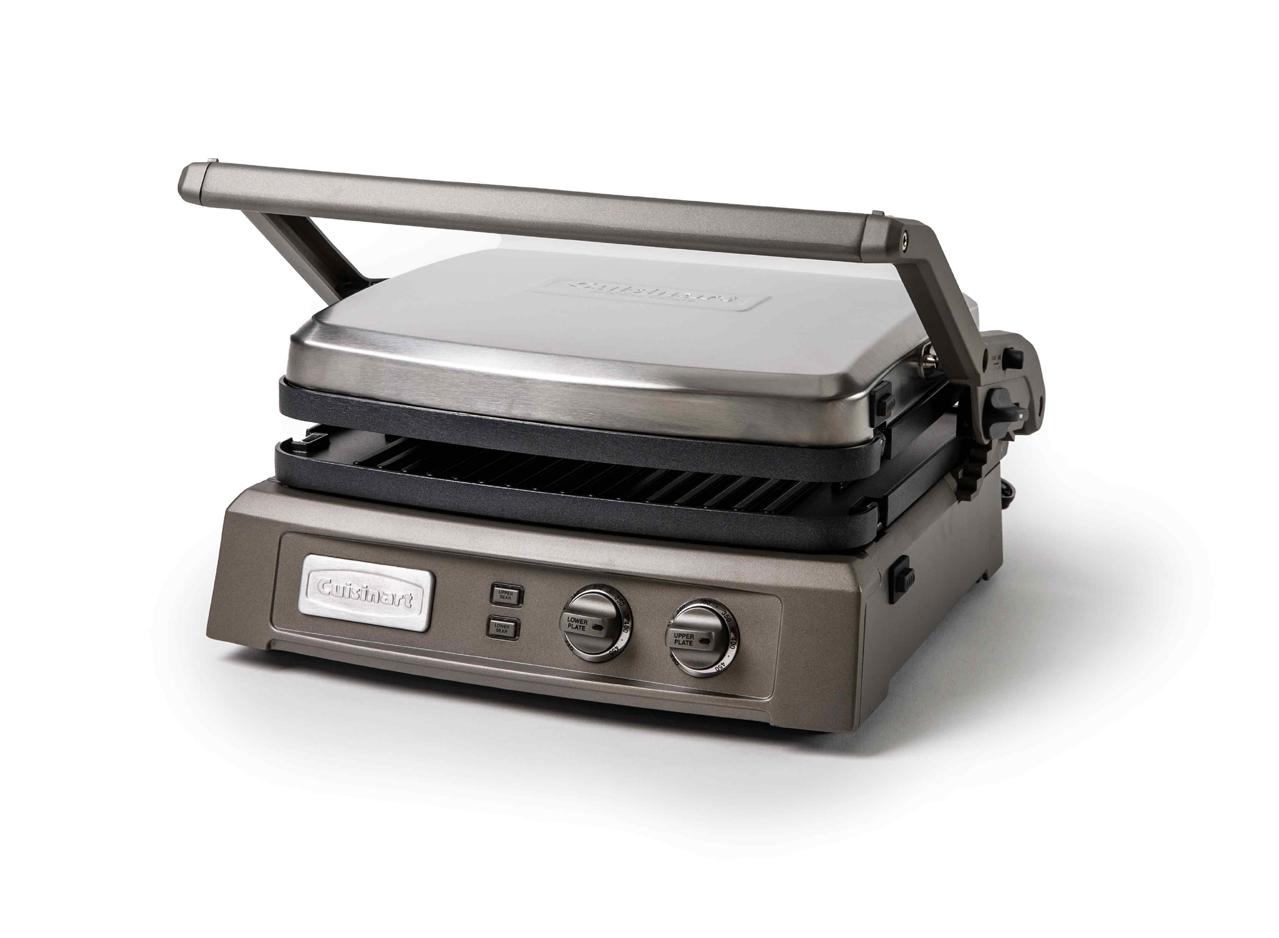
It’s fresh and bright, perfect for summer
This vegan grilled pineapple salsa is super easy to put together and can be made in advance. It actually gets better the longer it sits, so don’t hesitate to make it early. It’s perfect for summer plant-based BBQs, so grab a bag of chips, or make some of your own crackers to dip into this fresh summer grilled pineapple salsa.
Prep Time – 10 minutes
Servings 1
INGREDIENTS
• ½ cups grilled pineapple
• ¾ cup fresh tomatoes, finely chopped
• 1/3 cup red onion, finely chopped
• ¼ cup fresh cilantro, finely chopped

• Juice from half a lime
• 3 Tbsp. fresh jalapeños seeded, finely chopped
• 1 Tbsp. hot sauce
• 1 Tbsp. olive oil
• Season to taste
• Dash of chilli flakes
1. Add all your ingredients into a medium bowl.
2. Stir until well-combined and place into your fridge to marry for around 1-2 hours.
3. Serve with chips or crackers.
NOTE:
Will last in the fridge for up to one week in a sealed container.
Nutrition facts per serving
Calories 314; protein 3 g; fat 14 g; carbs 48 g.
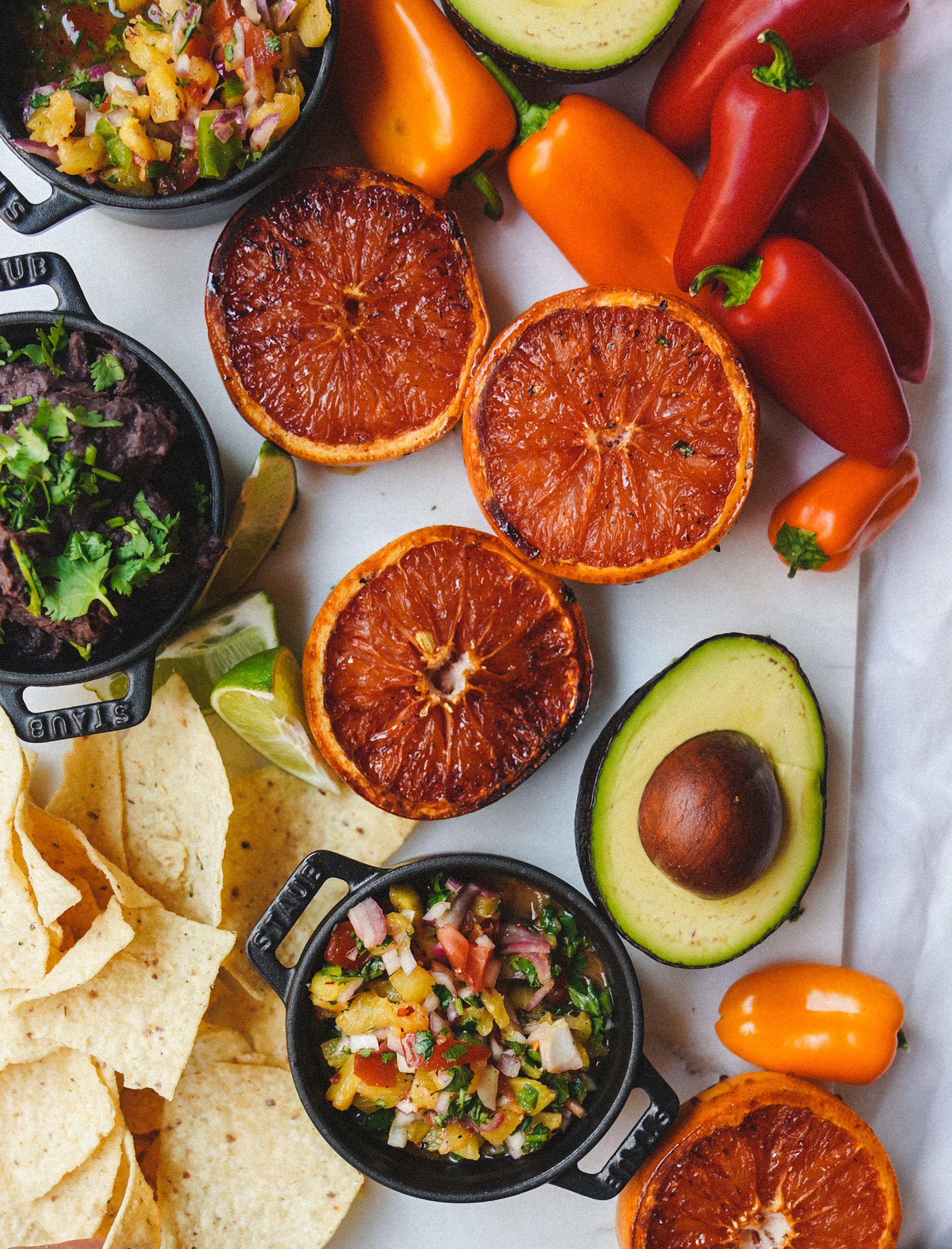
This grilled romaine salad is the perfect twist on a traditional salad
RECIPE AND PHOTOGRAPHY BY MARIA KOUTSOGIANNIS Recipe developer & food blogger at FoodByMaria in Calgary, AB. FOODBYMARIAThis easy-to-make grilled romaine salad recipe is topped with protein-rich lentils and a flavourful olive salsa that you are going to be obsessed with. It makes for a great, quick lunch or weeknight meal.
Prep Time – 20 minutes
Cook Time – 5 minutes
Serves 4-6
• 2 large heads of romaine lettuce, cut into halves (4 pieces)
• 1 Tbsp. olive oil
LENTIL SALAD
• 1 400 mL can of lentils
• 1 medium-sized cucumber, chopped
• 1 cup cherry tomatoes, halved
• 1 Tbsp. olive oil
• 1 Tbsp. white vinegar
• 1/2 tsp. sea salt
• 1/2 tsp. black pepper
OLIVE SALSA
• 1 cup olives finely chopped, black or green will work great, pitted
• 1/4 cup red onion, finely chopped
• 1/4 cup cherry tomatoes, finely chopped
• 1/4 cup fresh mint, finely chopped
• 2 Tbsp. capers optional
• 2 Tbsp. olive oil
• 2 Tbsp. white vinegar
• 1/2 tsp. sea salt
• 1/2 tsp. black pepper
• 1/4 cup vegan feta
1. For the Lentil Salad: Add all the ingredients into one medium-sized bowl and stir to combine.
2. For the Olive Salsa: Add all the ingredients into one medium-sized bowl and stir to combine.
3. Brush your romaine halves with a little bit of olive oil and dust with some salt and pepper.
4. Cook the lettuce cut side down on a hot skillet for around 2 minutes or until charred.
5. To plate, begin by adding the lettuce cut side up, topping with the lentil salad, then olive salsa, and crumble on a generous amount of vegan feta!
Nutrition facts per serving
Calories 268; protein 8 g; fat 16 g; carbs 27 g.
NOTE:
Lentils: If you do not have lentils on hand or don’t like lentils, then use chickpeas, white beans, or any other legumes you enjoy. Please note this will change the dietary information below.
Vinegar: You can use apple cider vinegar, red wine vinegar, or lemon if you do not have white vinegar.
Vegetables: Have fun with the vegetables in the salad. Make it your own, and inspire yourself!
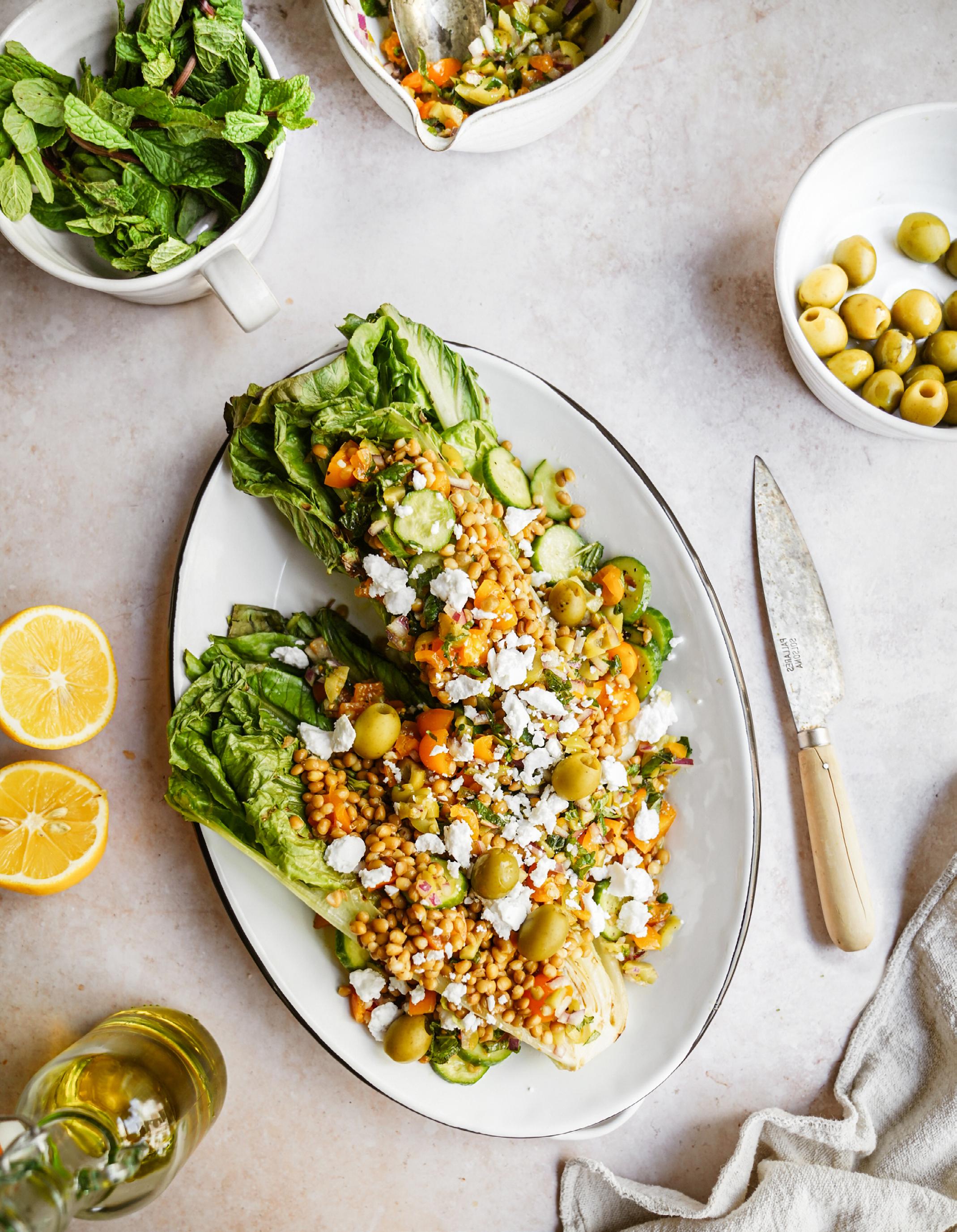
RECIPE AND PHOTOGRAPHY BY ELIZABETH EMERY
Recipe developer and creator of Vancouver with Love, a fully plant-based food blog, based in Vancouver, B.C.
Spring rolls are a great way to enjoy a bunch of delicious, fresh ingredients that don’t require any frying for a healthy and light meal or snack.
Prep time – 20 minutes
Cook times – 10 minutes
Makes 8
Spring Rolls:
• 1 240g pack tempeh (can use raw tofu if preferred), sliced into thin strips
• 2 Tbsp. unflavoured cooking oil (avocado or sesame works best)
• 1 carrot (medium), shredded
• 3/4 cup shredded cabbage
• 1/2 red pepper, sliced into strips
• 1 cucumber, cut into strips
• 1 cup shredded collard greens or spinach
• 8 pieces of rice paper wrappers
• Salt to taste
Peanut Dipping Sauce:
• 2 Tbsp. peanut butter
• 1/2 Tbsp. Braggs or soy sauce
• 1 Tbsp. unflavoured cooking oil
• 1 Tbsp. water
1. Prepare all vegetables and tempeh as described above.
2. Add all dipping sauce ingredients to a small bowl and stir to combine. Set aside.
3. On medium heat, sauté tempeh in oil until golden on all sides (about 10 mins). Season to taste with salt and set aside.
4. Pour warm water onto a dinner plate and submerge your first rice wrapper. After five seconds, flip it over to dip the other side in water, then remove. Place wrapper on a chopping board, and fill one half with carrot, cabbage, pepper, cucumber, collards and tempeh.
5. Fold up the bottom of the rice wrapper, then fold each side over the ingredients tightly.
6. Serve all rolls on a large platter with the dipping sauce.
NOTE:
If using tofu instead of tempeh, there is no need to cook it. Raw tofu works fine in spring rolls.
Although these spring rolls don’t contain rice noodles (vermicelli), feel free to use them if you wish. To prepare, soak noodles in boiling water for several minutes until softened, then rinse.
Nutrition facts per serving
Calories 169; protein 8 g; fat 10 g; carbs 17 g.

If you can master this staple, you’ll have earned the t itle of king or queen of the kitchen. I became reigning champ of the barbecue when I came up with this winning tempeh burger. I discovered that when tempeh is finely chopped, it can take on the texture of ordinary ground beef, making it a great addition toward making the perfect veggie burger.
Prep ahead
Seitan Bacon and Creamy Mayo (Recipes available on impactmagazine.ca/recipes) Makes 8 burgers or 4 double-burgers
• 1 block (9 oz/240 g) tempeh (see Note)
• 4 cups + 2 ¼ cups water, divided
• ½ cup millet
• ¾ tsp. sea salt, divided
• 3 Tbsp. vegetable oil
• ½ cup thinly sliced white onion
• 2 cups diced button mushrooms
• 2 Tbsp. nutritional yeast
• ¼ cup tamari or soy sauce
• ¼ cup ketchup
• 2 tsp. Dijon mustard
• ½ cup raw sunflower seeds
• ½ cup ground golden flaxseed
• ²/₃ cup all-purpose flour
• 1 cup your choice of dairy-free cheddar cheese

• 8-16 slices Seitan Bacon (Recipe available on impactmagazine.ca/recipes)
• 4 burger buns, toasted
• Ketchup
• Mustard
• Lettuce
• Creamy Mayo (Recipe available on impactmagazine.ca/recipes)
1. Place the tempeh in a medium pot with 4 cups of the water. Cover with a tightfitting lid and bring to a boil. Reduce the heat to a simmer and cook for 10-15 minutes. Remove the tempeh from the pot and allow to cool completely before handling, about 15 minutes. Dice the tempeh into small pieces, about ⅛-inch (3 mm) cubes, and place in a large bowl.
2. In a medium pot, combine the millet, the remaining 2 ¼ cups water, and ½ tsp. of the salt. Bring to a boil, covered, then reduce the heat to a simmer and cook until the millet is soft and slightly mushy, about 25 minutes. Once cooked, remove from the heat and set aside for 15 minutes so that the millet can swell and absorb any remaining liquid. It is okay to overcook the millet in this step, as it helps bind together the burgers.
3. In another medium pot, heat the vegetable oil over medium-high heat. Add the onions, mushrooms, and the remaining ¼ tsp. salt. Cook, stirring frequently, until the onions are lightly brown, about 10 minutes. Reduce
the heat to medium-low and continue to cook until there is very little liquid left, 10-15 minutes. Add the nutritional yeast, tamari, ketchup, and mustard. Bring the mixture to a simmer and cook until the liquid has reduced by half, about 5 minutes.
4. In a food processor fitted with a metal blade, add the cooked millet, sunflower seeds, and half of the onion and mushroom mixture and process until smooth. Transfer to the bowl with the diced tempeh. Stir in the remaining onion and mushroom mixture, flaxseed, and flour. Using a spatula, mix all ingredients until well combined, cover, and set aside for 10-15 minutes so that the flaxseed can swell and absorb some of the liquid.
5. Preheat the oven to 400 F. Line a baking sheet with parchment paper.
6. Using a ½-cup measuring cup, divide the mixture into eight equal portions. Lightly dampen your palm and flatten each portion into a patty about ½ inch (1 cm) thick. Arrange the patties on the prepared baking sheet and bake for 20 minutes. Flip the patties and spread 2 Tbsp. dairy-free cheddar cheese over the top of each patty. Then place two strips of seitan bacon on half of the patties if making double burgers, or two strips on each patty if making single burgers. Return to the oven and cook for another 5 minutes. Remove from the oven and allow to cool completely before handling, 8-10 minutes.
7. Place two burgers on the bottom of each bun. Top with ketchup, mustard, lettuce, creamy mayo, any other favourite toppings, and the other half of the bun.
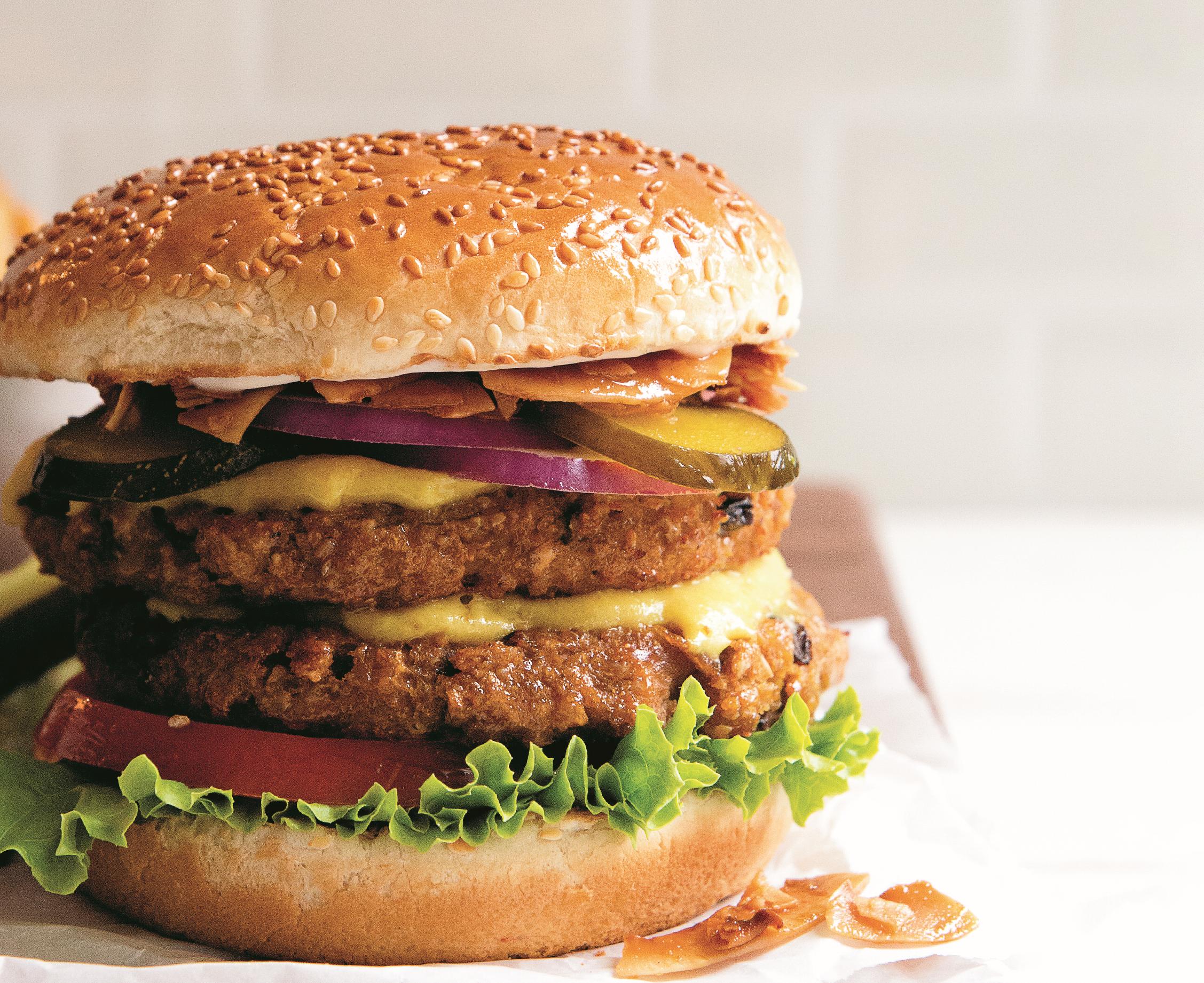
Nutrition facts per serving Calories 781; protein 43 g; fat 39 g; carbs 80 g.
Excerpt from The Classics Veganized: Over 120 Favourite Comfort Food Recipes for a Vegan Lifestyle by Doug McNish. Copyright © 2020 by Doug McNish. Published by Penguin Canada, a division of Penguin Random House Canada Limited. Reproduced by arrangement with the Publisher. All rights reserved.
NOTE:
I prefer using unpasteurized tempeh for its texture. I find it is firmer and denser, giving it a meatier texture. It’s usually available in the freezer section of your favourite grocery store. However, pasteurized tempeh will work anywhere that tempeh is called for.
To grind the flaxseed for this recipe, place about 6 Tbsp. whole golden flaxseeds in a blender or spice grinder. Blend until they have a flour-like consistency. You can also use ground flaxseed; just make sure it is finely ground.

RECIPE AND PHOTOGRAPHY BY EVI ORAVECZ Hungarian food photographer, recipe developer, and content creator working in the plant-based niche, currently based in Germany.
GREEN_EVI GREEN EVI KITCHENThis raw vegan lasagne is healthy, refreshing, and extremely delicious. It’s also super satiating, even without the baked pasta layer. It’s full of flavours and textures, thanks to the crunchy zucchini slices, the cheesy cashew and almond layer, the fragrant avocado pesto, and the sweet tomato sauce.
Prep Time – 20 minutes
Serves 2-4
Zucchini Layer
• 1 large zucchini
Cashew Almond Layer
• 1/2 cup of soaked cashews
• 1/2 cup of soaked, blanched almonds
• 1/2 lemon, juiced
• 2 Tbsp. nutritional yeast
• Salt, pepper
Pesto Layer
• 1 avocado
• 2 cups of tightly packed herbs or greens (such as basil, spinach, arugula, etc.)
• 1 clove of garlic
• 1 Tbsp. nutritional yeast
• 1/2 lemon, juiced
• Salt, pepper
Tomato Layer
• 1/2 cup of chopped sun-dried tomatoes
• 1 cup of halved cherry tomatoes
• A handful of fresh basil
• 1 clove of garlic
• Salt, pepper
To Serve
• 1 Tbsp. pine nuts
• 1 Tbsp. poppy seeds
1. Using a vegetable peeler or a mandoline, cut zucchini into long strips lengthwise.
2. Prepare fillings. For the cashew-almond layer, add ingredients to a food processor and pulse until well combined. Add a few tablespoons of water as needed. It’s best when it’s not super creamy and still has some texture.
3. For the pesto layer, add avocado, herbs or greens of your choice, garlic, nutritional yeast, lemon juice, salt and pepper to a food processor and blend until smooth.
4. For the tomato layer, add cherry tomatoes, sundried tomatoes, basil, garlic and seasoning to a food processor and blend until creamy.
5. To assemble, alternate a layer of zucchini slices, a layer of cashew-almond spread, a layer of zucchini, a layer of pesto, a layer of zucchini, and a layer of tomato sauce. Repeat, then finish with a layer of zucchini slices.
6. Alternatively, if you don’t serve the lasagne right away, lay zucchini slices along the bottom of a casserole dish, then add cashew-almond spread, zucchini slices, and so on, and repeat until you have used up all sauces and all zucchini slices.
7. Sprinkle with nuts and seeds of your choice. Enjoy!
Nutrition facts per serving
Calories 334; protein 13 g; fat 25 g; carbs 22 g.
You get a delicious, oh-so-pretty and filling meal without turning on the oven
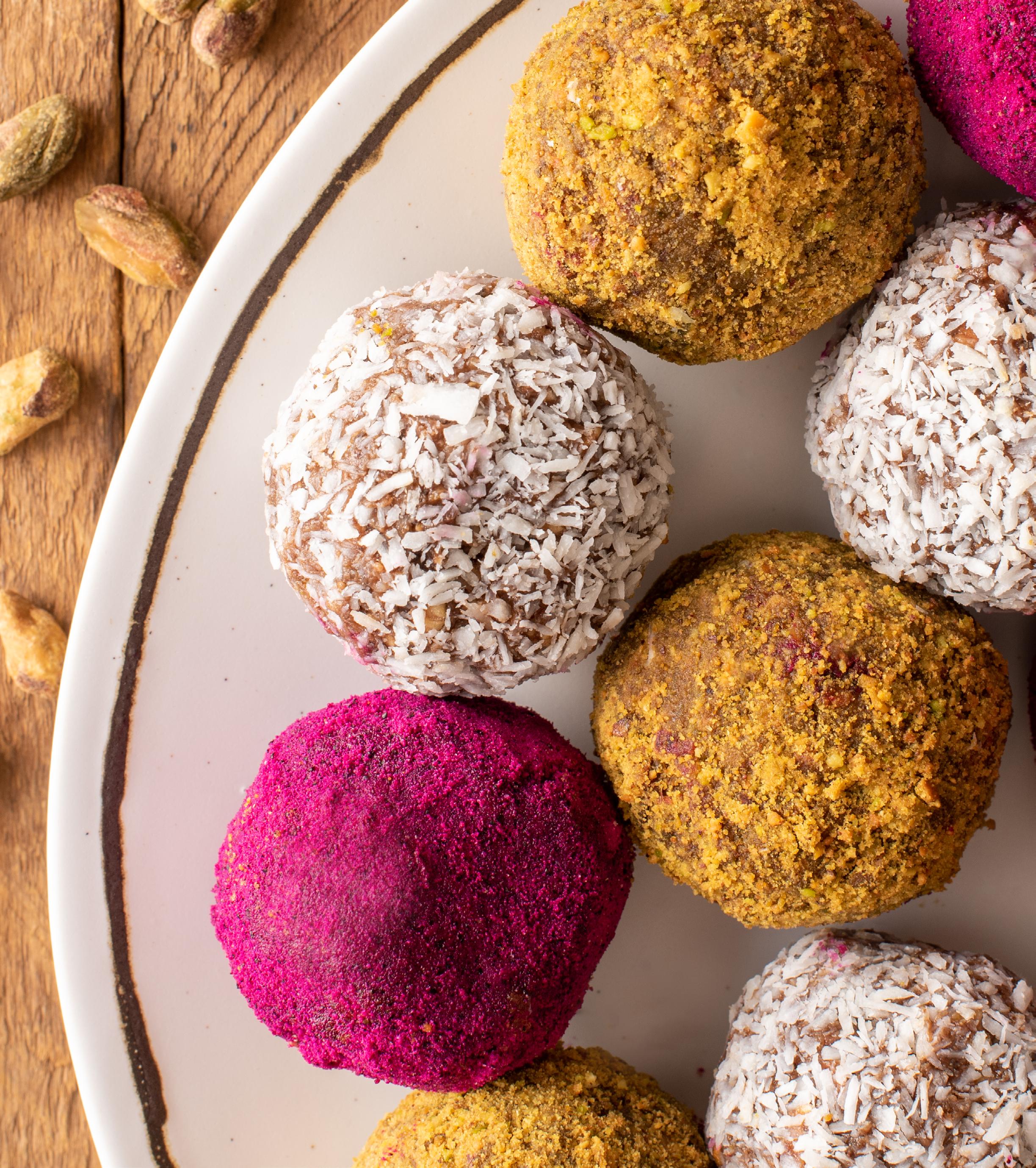
These are fun-sized bites of deliciousness
RECIPE AND PHOTOGRAPHY BY SCOTT FORTNER AND SANDRA SPENCER
Creators of plant-based food blog, Planted and Picked. Sandra is a certified holistic nutritionist with a certificate in vegan nutrition. Scott is the site’s photographer and an avid runner, completing nine marathons on plant power. They are based in Mahone Bay, N.S.
PLANTEDANDPICKED PLANTED AND PICKED
Chocolate Banana Cashew Bites are the perfect treat when you’re craving chocolate in the healthy form of raw cacao powder, banana and raw cashew butter.
Prep Time – 30 minutes
Makes 12
• ⅔ cup raw cashew butter
• ¾ cup oats
• 1 large banana, mashed
• 2 Tbsp. chia seeds, ground
• ¼ cup coconut, shredded
• 2 Tbsp. raw cacao powder
• ¼ cup maple syrup
• ⅛ tsp. sea salt
• ⅛ tsp. cayenne pepper
• Shredded coconut
• Dragon fruit powder

• Raw cacao powder
• Crushed/ground nuts such as pistachios
1. If you have whole chia seeds, grind them first (a coffee grinder works well).
2. Mash banana in a large bowl. Add the rest of the ingredients and mix well.
3. Taking about 2 Tbsp. of the mixture for smaller balls or a 1/4 cup of the mixture for large, roll into balls and place on a cookie tray.
4. Once all the balls are formed, you can roll them in optional toppings such as shredded coconut and crushed nuts or seeds.
5. Place in the freezer on the cookie tray. Once frozen, they can be transferred to an airtight container and stored in the freezer until ready to eat.
Nutritional facts per serving
Calories 148; protein 4 g; fat 8 g; carbs 16 g.
Kate Cloud and her 47-pound pygmy goat Little Leaf arrived at Carrizo Plain National Monument in California on a whim.
Three hours north of Los Angeles, the site’s 250,000 acres boast rolling hills, ridges, ravines, dried pond beds and the infamous San Andreas Fault.
The pair’s reward for their spontaneous hike is etched in Cloud’s memory: 360-degree views of breathtaking purple, yellow, orange and green superblooms. Little Leaf, pink bow between her ears, rolled, jumped, and bounced among the Great Valley phacelia, hillside daisies, fiddle necks, and baby blue eyes.
For the last three years, Cloud and Little Leaf have been travelling across the United States, hiking untold trails and exploring nature, a woman and her goat.
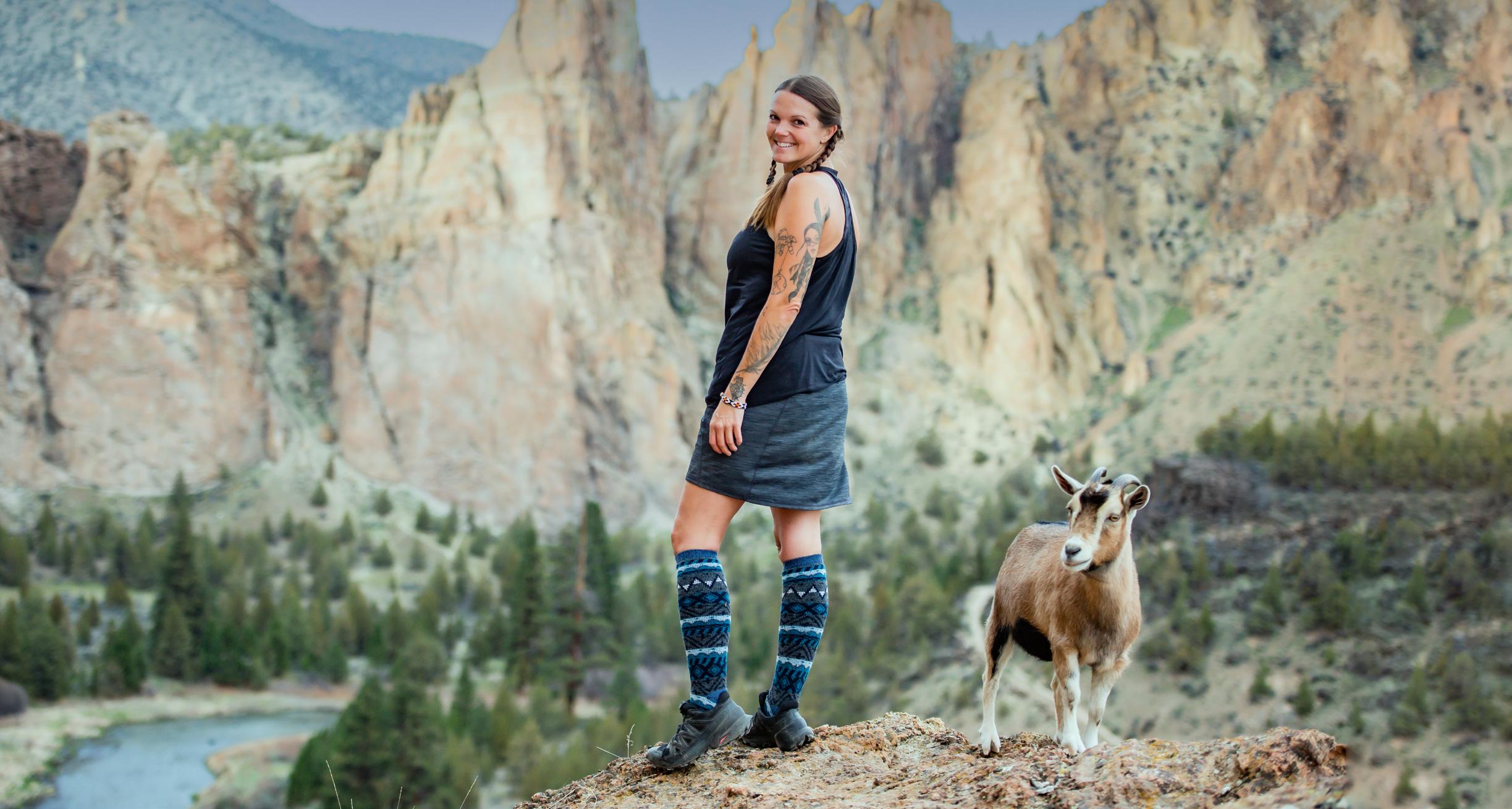
“Every night, our backyard is somewhere different,” Cloud explains.
Cloud’s adventure began when her daughter moved out of their home in Washington State for college. An empty nester, Cloud decided to explore the country on foot.
She hiked the 4,265-kilometre Pacific Crest Trail and the 3,540-kilometre Appalachian Trail and was planning on completing the 4,873-kilometre Continental Divide Trail to earn her Triple Crown of hiking, but returned to Washington to wait out the COVID-19 pandemic.
While there, she met the runt of the litter at a goat farm. The kid was clinging to life and not expected to survive.
Something about the goat with the leaflike patch of white hair moved Cloud, who nursed the aptly named Little Leaf to health.
“I made her a promise,” Cloud recalls. “If you fight for your life, so will I, and I will make your life full of adventure.”
Both fulfilled their side of the bargain.
Together, they’ve hiked tens of thousands of kilometres of trails in more than 40 states.
Their story inspires fitness in others too; more than 25,000 people follow their travels on YouTube and Instagram. Cloud has heard from followers who hiked a certain trail or attempted a new activity because Little Leaf had done it first.
“When they see a goat doing it, then they think ‘I can do it,’’ Cloud says.
This summer, Cloud plans to change things up and bike cross-country on the Great American Rail-Trail with Little Leaf riding in front in a bucket.
“Freedom, adventure, the things I’ve seen and experienced—they’re so much more satisfying than material things,” she reflects. “Why would you want anything else?”
To follow Cloud and Little Leaf’s adventures, follow them on Instagram @little_leaf_goat.






